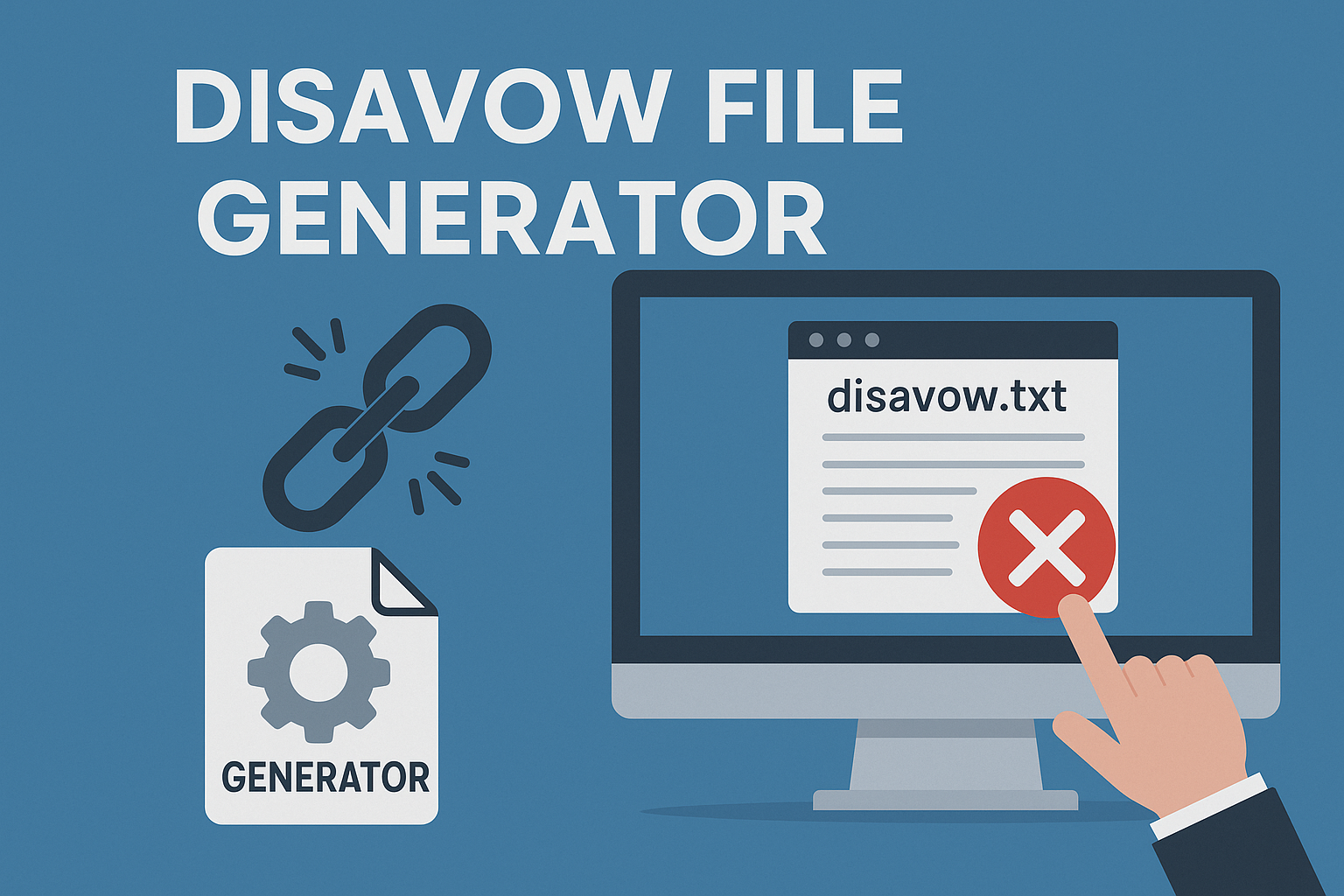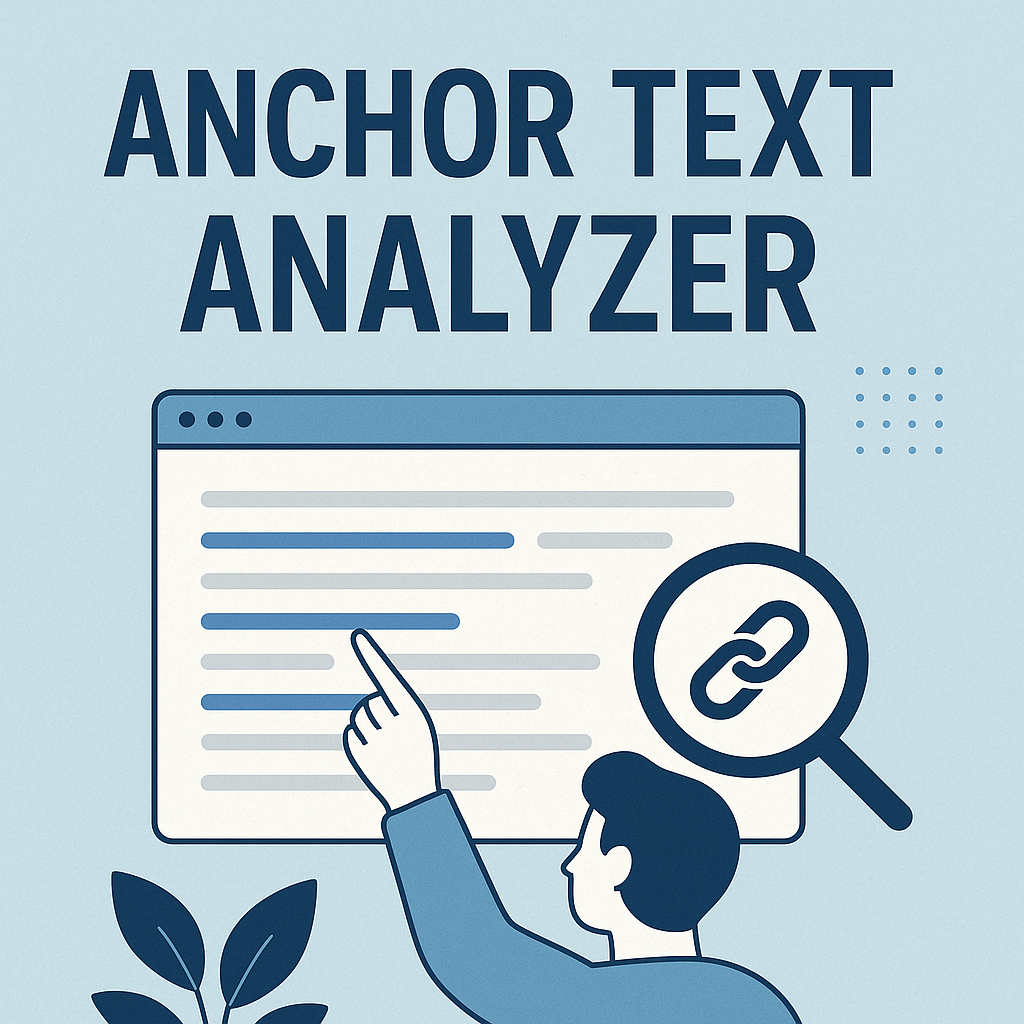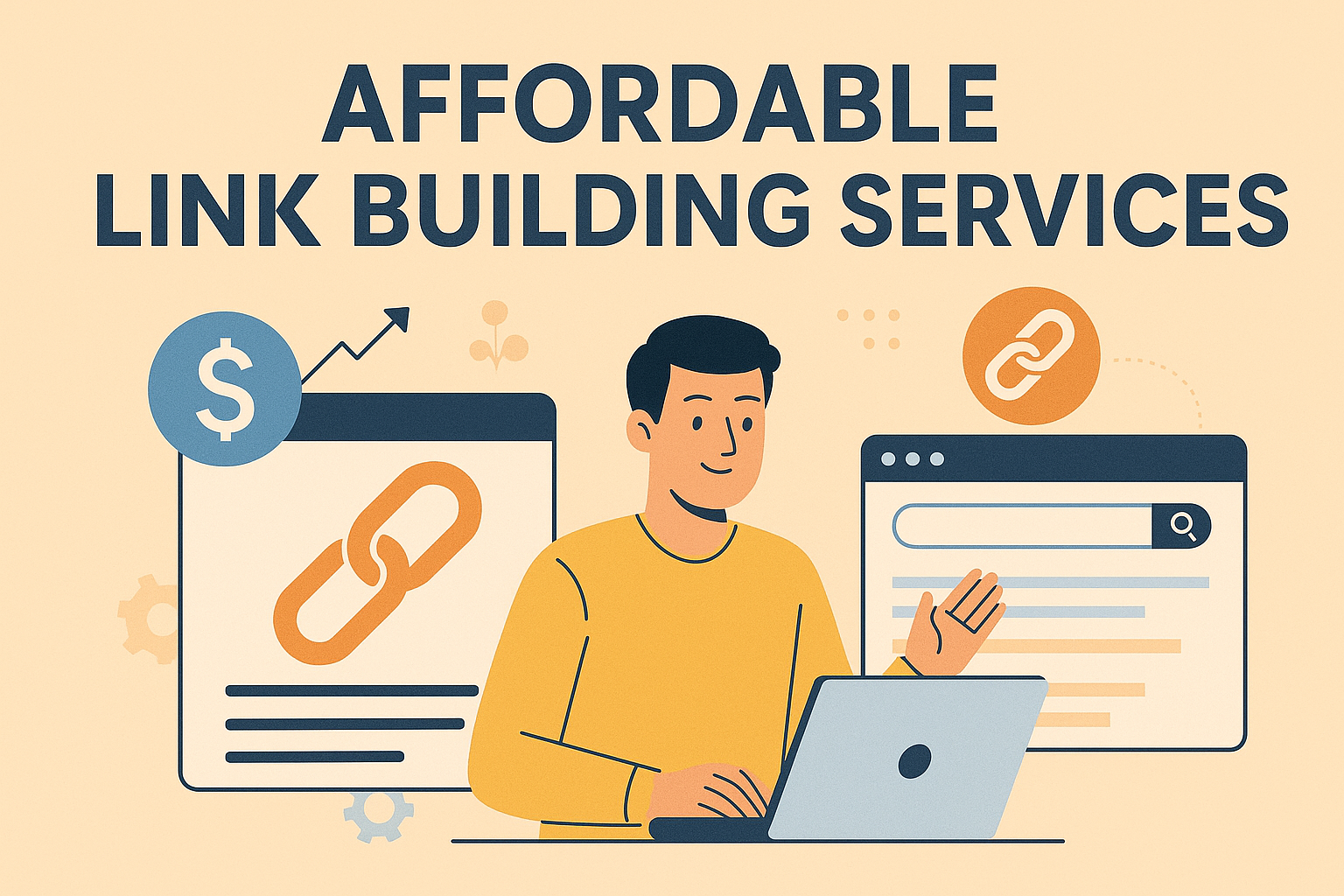When building a website or crafting online articles, making your message stand out matters. One common strategy involves emphasizing specific phrases to catch attention. But does this approach actually help your page rank higher? Let’s explore how highlighting terms impacts both readers and search algorithms.
Strategically emphasizing words can guide visitors to your content’s core ideas. This technique also signals to crawlers what your article focuses on. For example, if you’re discussing baking tips, emphasizing “sourdough starter” or “oven temperature” could clarify your topic’s relevance.
While this method may boost clarity, its effect on rankings isn’t guaranteed. Overusing it can make your text feel cluttered or manipulative. Think of emphasis as a tool—like a highlighter—to spotlight key points, not a magic fix for visibility.
Balancing readability with optimization is crucial. Search engines prioritize content that serves users first. If your highlighted phrases align with what readers find helpful, you’re on the right track. Pair this tactic with strong writing and technical SEO for better results.
Key Takeaways
- Highlighting phrases can improve content clarity for readers and crawlers.
- Overemphasis may reduce readability or trigger spam filters.
- Focus on terms that naturally fit your topic and audience needs.
- Combine this strategy with quality writing and technical optimization.
- Use emphasis sparingly to maintain a clean, user-friendly layout.
Introduction to Bold Keywords SEO
Web creators often use typographic tools to highlight essential information. This approach—strategically emphasizing specific phrases—helps audiences quickly grasp key ideas while giving search engines clearer context about a page’s focus.
Why Formatting Matters for Modern Content
When you format text purposefully, it acts like a roadmap. Readers appreciate visual cues that direct them to critical details, like baking temperatures in recipes or safety warnings in product guides. Search crawlers also analyze these patterns to assess relevance to user queries.
“Bolding text alone won’t boost rankings, but it helps our systems understand your content’s structure,” notes Google’s John Mueller. Pair this with clear headings and natural language for best results.
Signaling Value to Humans and Algorithms
Balancing readability with technical optimization requires finesse. Over-formatting can make pages look spammy, while thoughtful emphasis improves scannability. Consider this comparison:
| Focus Area | Reader Benefit | Crawler Benefit |
|---|---|---|
| Key term highlighting | Faster information scanning | Improved topic recognition |
| Section headers | Clear content organization | Hierarchy understanding |
| Bolded definitions | Important concept emphasis | Semantic relationship mapping |
This dual-purpose strategy works best when terms align with user intent. For instance, bolding “text formatting best practices” in this article immediately signals its central theme to both audiences.
Benefits of Bold Keywords SEO for Your Website
Strategic text formatting does more than catch the eye—it shapes how both audiences and algorithms interact with your content. When used thoughtfully, emphasis tools create a symbiotic relationship between technical optimization and human comprehension.
Guiding Digital Crawlers Efficiently
Search engine crawlers prioritize pages that clearly signal their main themes. Highlighting critical phrases acts like a roadmap, helping these automated systems identify your content’s core message. For instance, bolding “organic gardening techniques” in a horticulture article immediately flags its relevance to both users and algorithms.
“Proper visual emphasis helps our systems map content relationships 23% faster,” states a recent analysis by SearchEngineJournal. This efficiency often leads to quicker indexing and better alignment with search queries.
Creating Scannable Content Experiences
Readers increasingly skim articles rather than reading word-for-word. Bolded terms act as visual anchors, letting visitors quickly locate answers to their questions. Consider how recipe sites highlight ingredients and oven temperatures—this approach reduces friction while increasing time-on-page metrics. To build long-term visibility in search engines, many businesses turn to comprehensive organic SEO services that focus on sustainable growth strategies.
Balanced formatting also improves accessibility. Screen readers can detect emphasized text, helping visually impaired users navigate your content. This dual advantage—enhanced UX and stronger SEO signals—makes strategic emphasis a win-win when applied judiciously.
How to Implement Bold Keywords Effectively
Strategic text formatting turns casual readers into engaged visitors. The trick lies in knowing which phrases deserve attention and how to highlight them without overwhelming your audience. Let’s break down practical methods to make your content shine. bold text seo
Choosing Phrases That Matter
Start by identifying terms central to your topic. Ask: “What questions would my readers type into search bars?” For a guide on indoor plants, phrases like “low-light species” or “watering frequency” naturally stand out. Tools like Google’s Keyword Planner help spot popular queries, but always prioritize relevance over trends.
“Focus on terms that answer user needs—not just what’s trendy,” advises Moz’s content team. “One well-placed emphasis often beats five forced ones.”
Compare these examples:
- Effective: “Prune monstera deliciosa leaves when they yellow”
- Excessive: “Prune your monstera plant’s leaves if they turn yellow”
Maintaining Visual Harmony
Think of bold text as street signs—too many create chaos. Limit highlights to 2-3 per paragraph. Google’s John Mueller reminds us: “If every third word’s bold, you’ve lost the plot.” Pair this approach with clean typography and ample white space for better readability.
Mobile users especially benefit from restrained formatting. A cluttered screen makes navigation frustrating. Test your page on multiple devices—if bolded terms dominate the view, scale back.
Remember: Search engines reward pages that balance optimization with human-friendly design. By spotlighting truly valuable phrases, you create content that serves both crawlers and curious readers.
SEO Implications and UX Considerations
Balancing technical precision with human-friendly design separates good content from great. When emphasizing terms, you’re not just optimizing for crawlers—you’re shaping how real people interact with your message. Let’s examine how to satisfy both priorities without compromise.
What the Experts Say
Google’s Gary Illyes clarifies: “Bolding text helps our systems map content relationships, but it’s not a ranking booster.” Industry studies show pages with moderate emphasis (2-3 terms per 300 words) see 18% longer visitor engagement than over-formatted counterparts. The importance of a specialist who integrates editorial insight with keyword strategy can’t be overstated for maintaining consistent organic traffic.
Design That Engages
Clean typography keeps readers focused. Compare these approaches:
| Strategy | User Benefit | SEO Risk |
|---|---|---|
| Highlighting key definitions | Easier concept retention | Low |
| Bolding every third word | Visual overwhelm | Spam flags |
Mobile users especially appreciate restrained formatting—their screens show fewer words at once. A cluttered page increases bounce rates by up to 34%.
Clear Signals for Crawlers
Search engines distrust pages where >4% of text is bolded. Follow these guidelines to stay safe:
- Use emphasis only on terms central to your topic
- Pair bold text with supporting context in sentences
- Test pages with tools like Lighthouse for accessibility
“Think of formatting as salt—a little enhances flavor, too much ruins the dish,” suggests Ahrefs’ content team. Their 2023 study found pages with “natural emphasis” earned 27% more backlinks than aggressively optimized competitors.
Conclusion
Mastering content presentation requires both art and science. Thoughtful text formatting helps search engines decode your page’s purpose while guiding readers through key ideas. When done right, this approach becomes a silent ally—enhancing clarity without shouting for attention.
Studies show pages using strategic emphasis see better engagement. Why? They deliver value faster. Visitors find answers quickly, and crawlers map relationships between concepts. But remember: overdoing it turns helpful cues into visual noise.
Follow the golden rule—highlight terms that naturally align with your topic. Google’s guidelines suggest treating formatting like seasoning: a pinch improves flavor, a pound ruins the dish. Pair emphasized phrases with clean layouts and user-first writing for maximum impact.
Ready to optimize? Start by auditing existing pages. Check if bolded text truly serves readers or just fills space. Then, test changes using tools like Lighthouse to balance technical precision with human-friendly design. Your content—and rankings—will thank you.

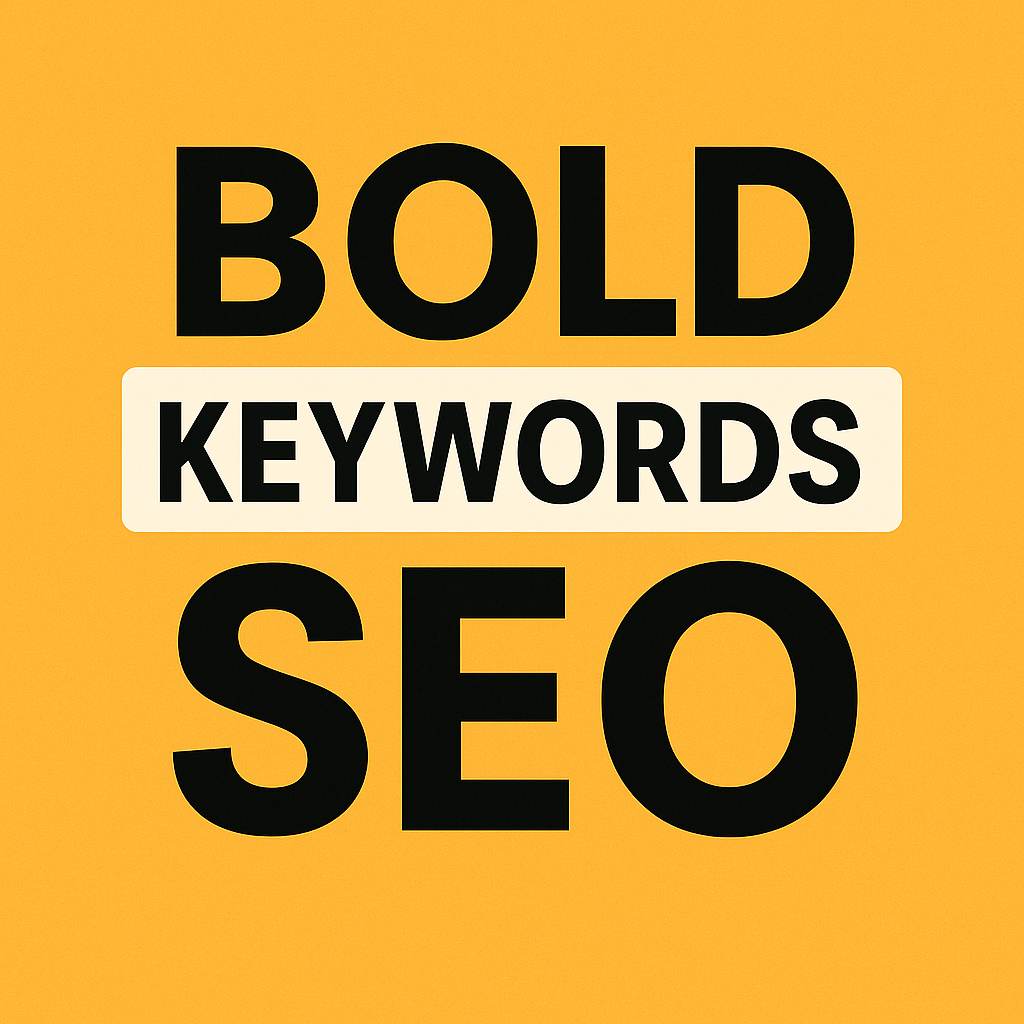
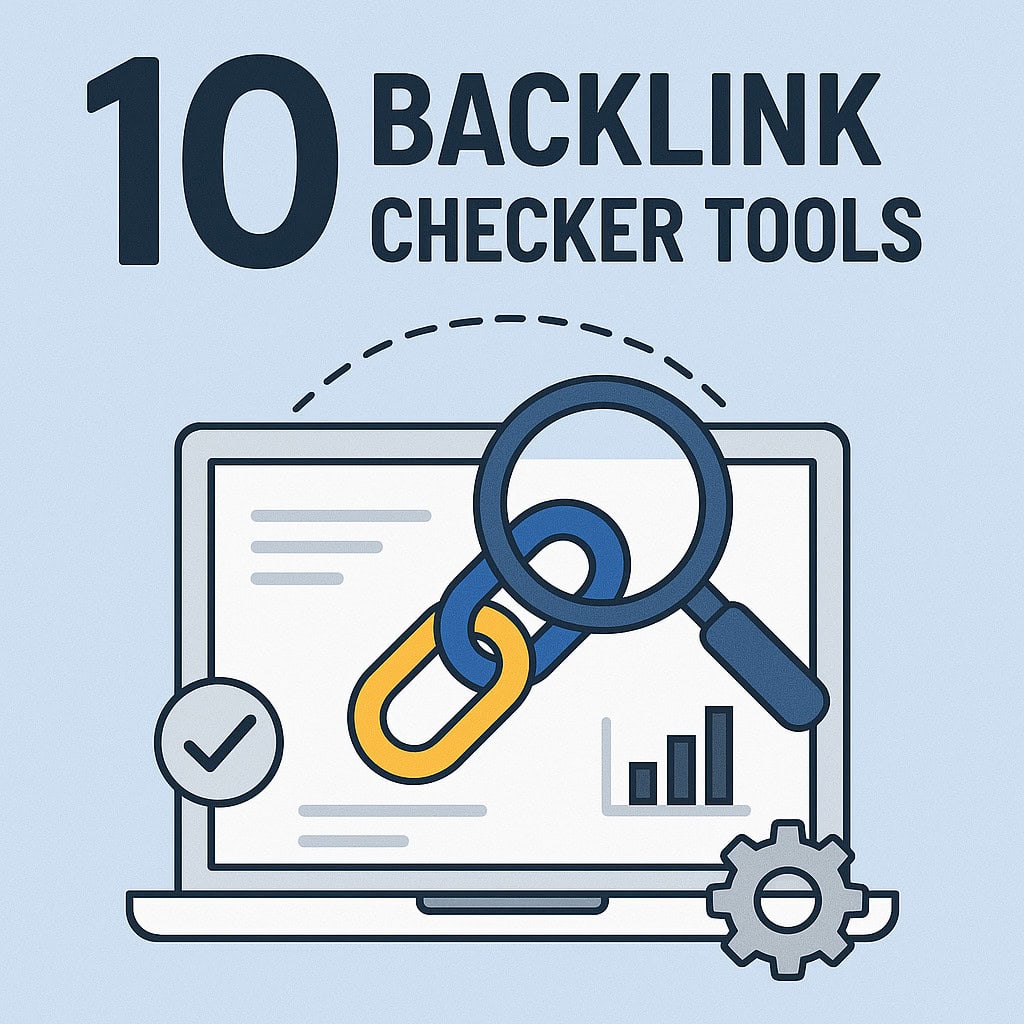
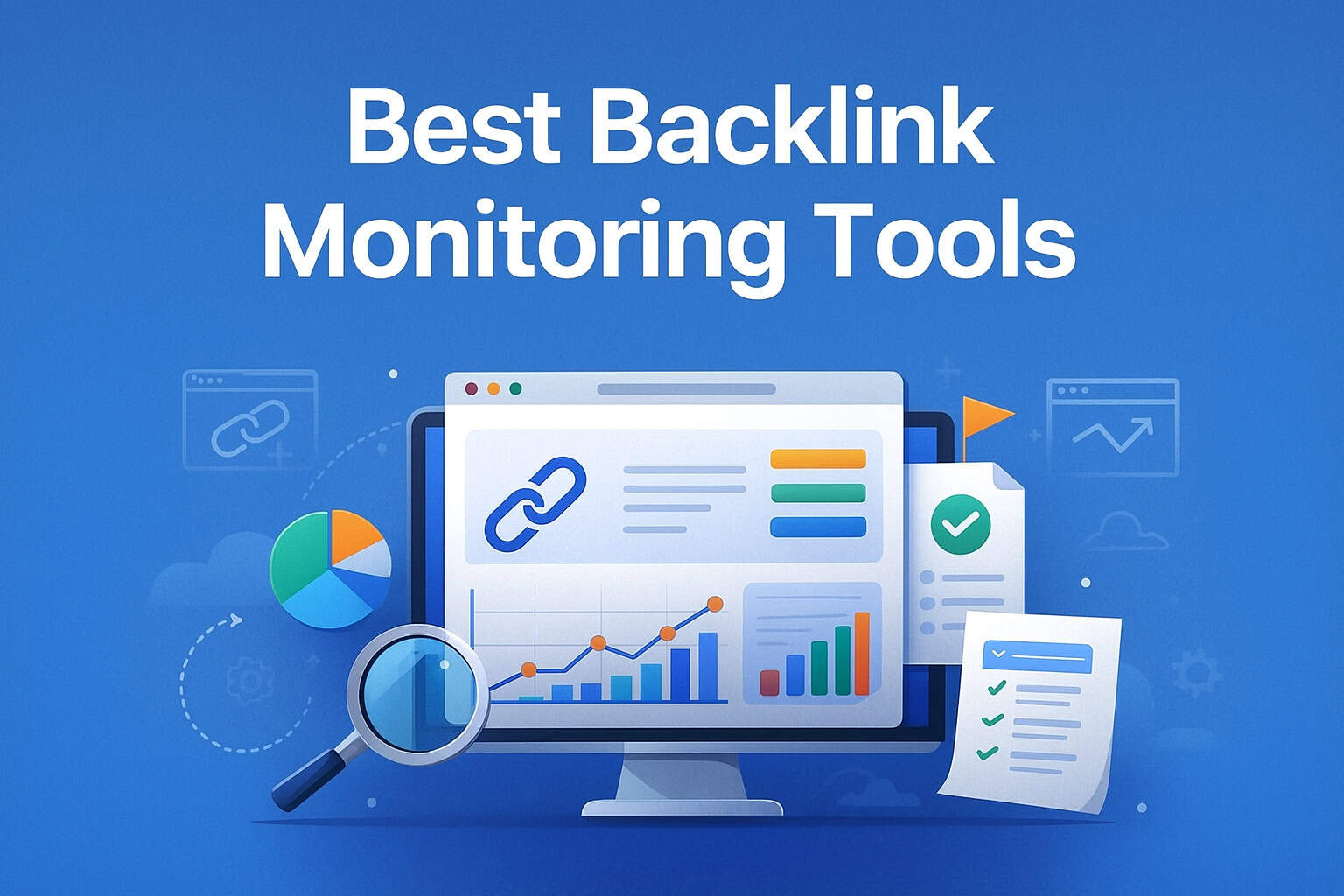
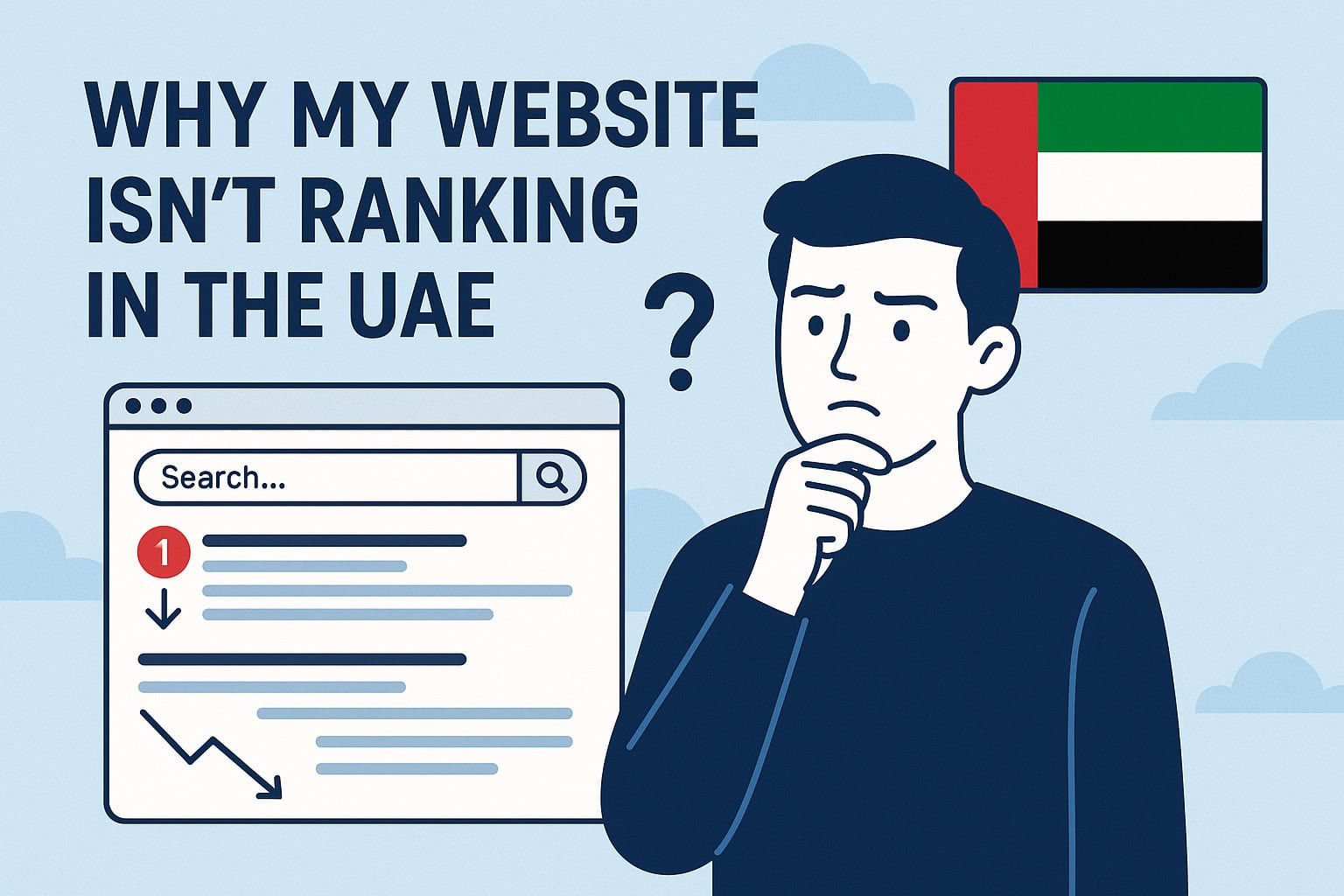
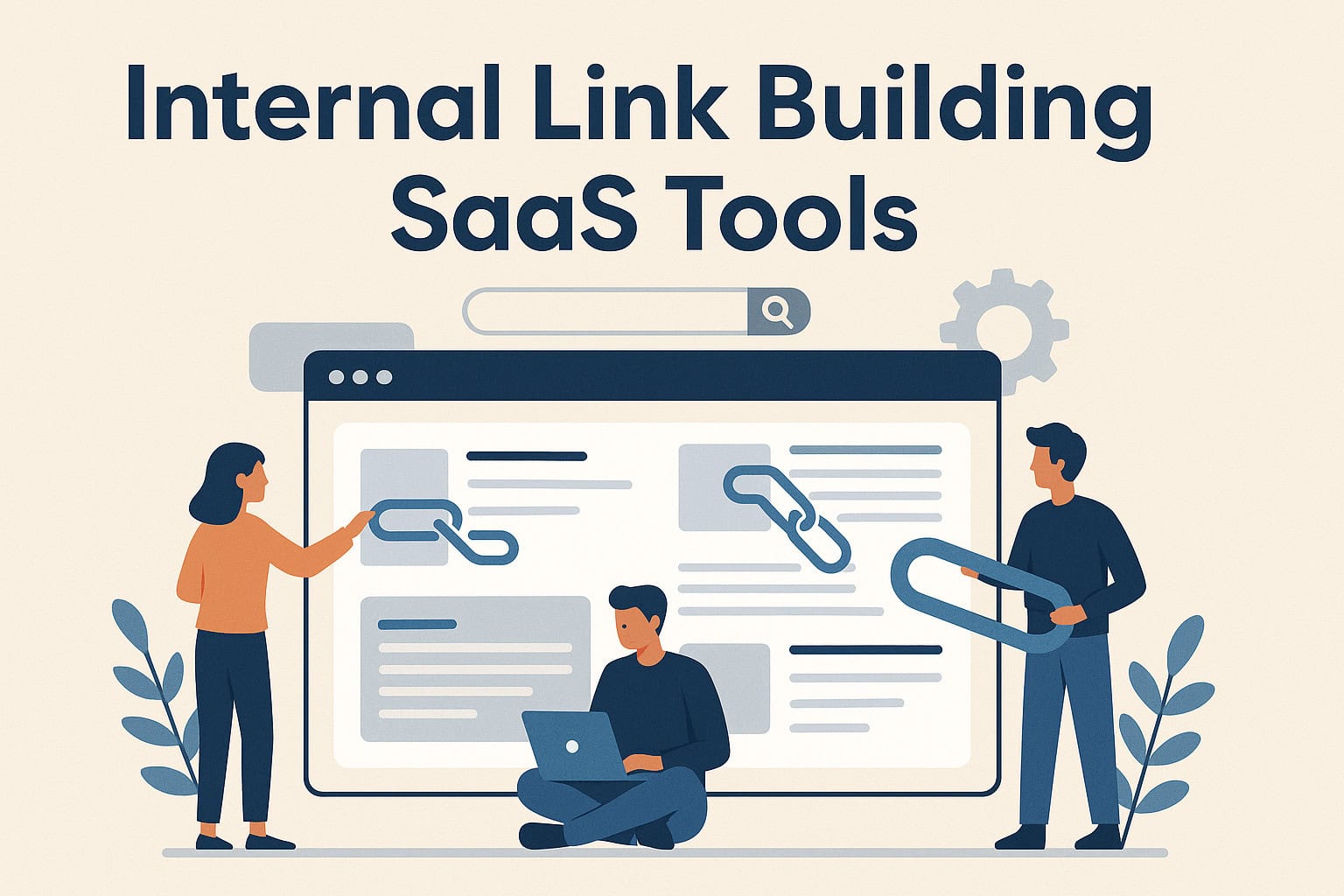
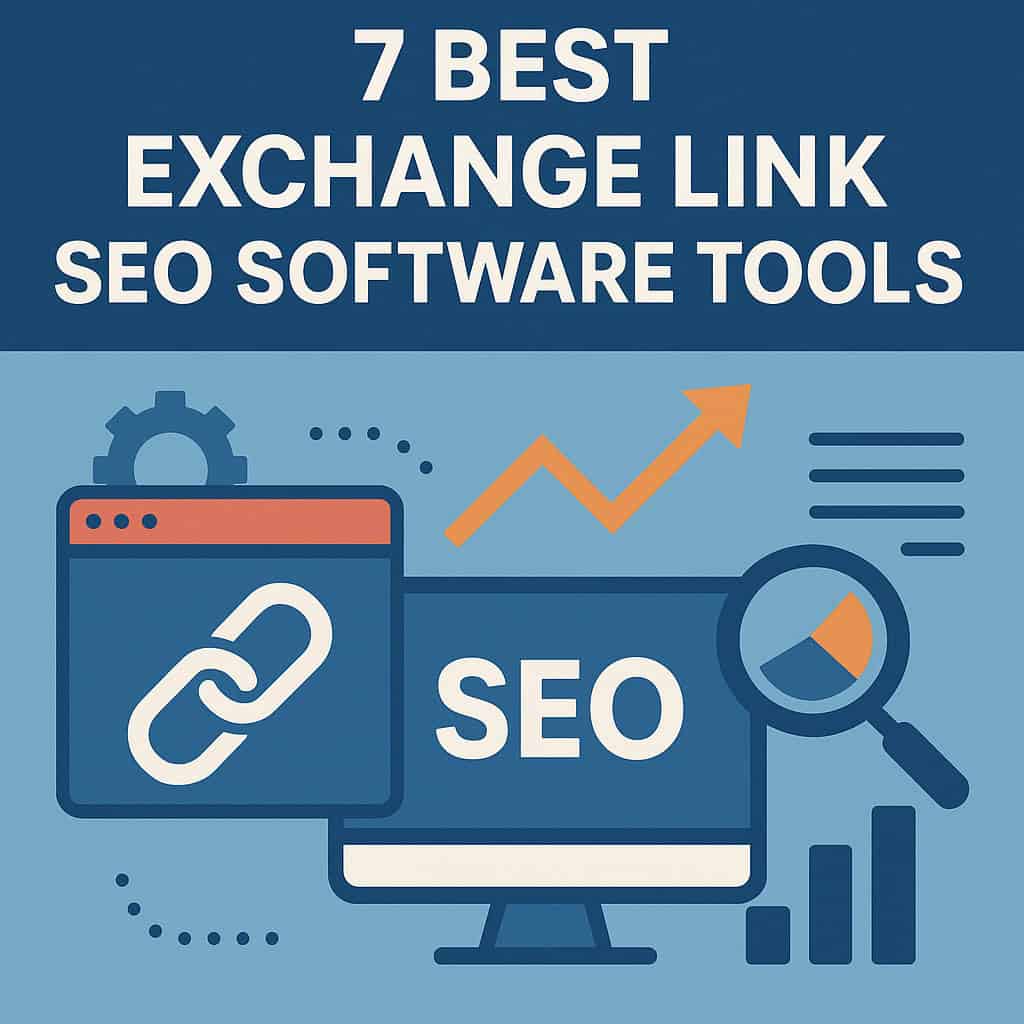
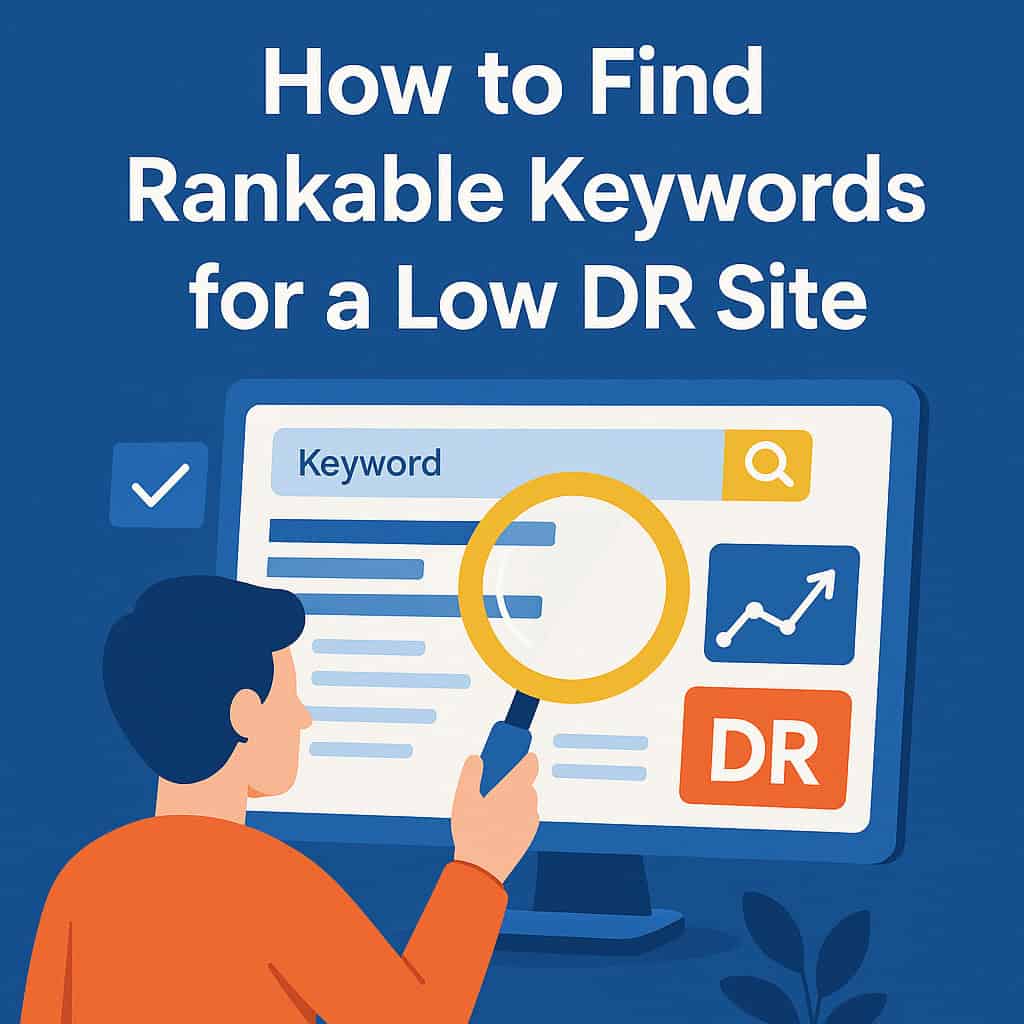
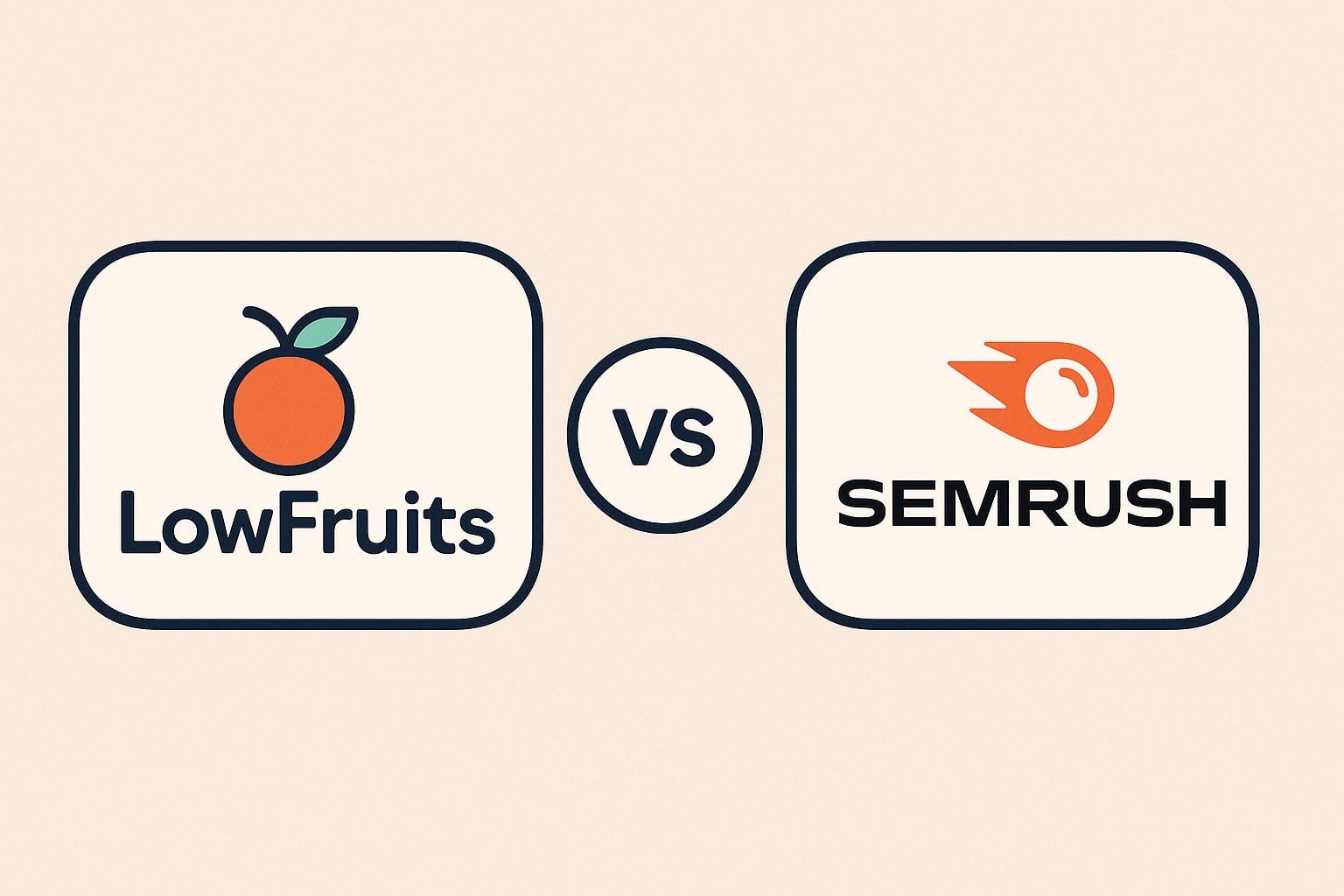
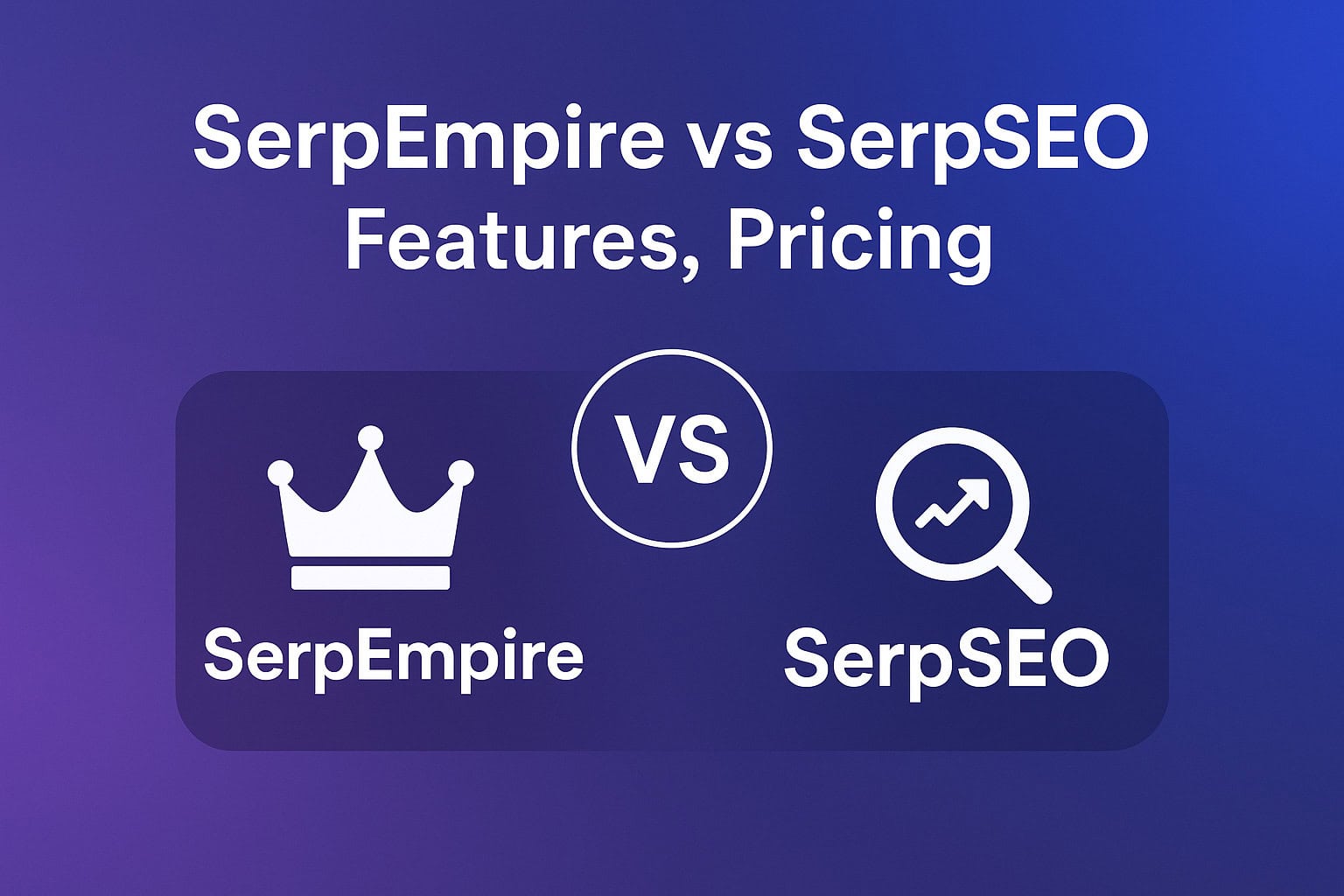
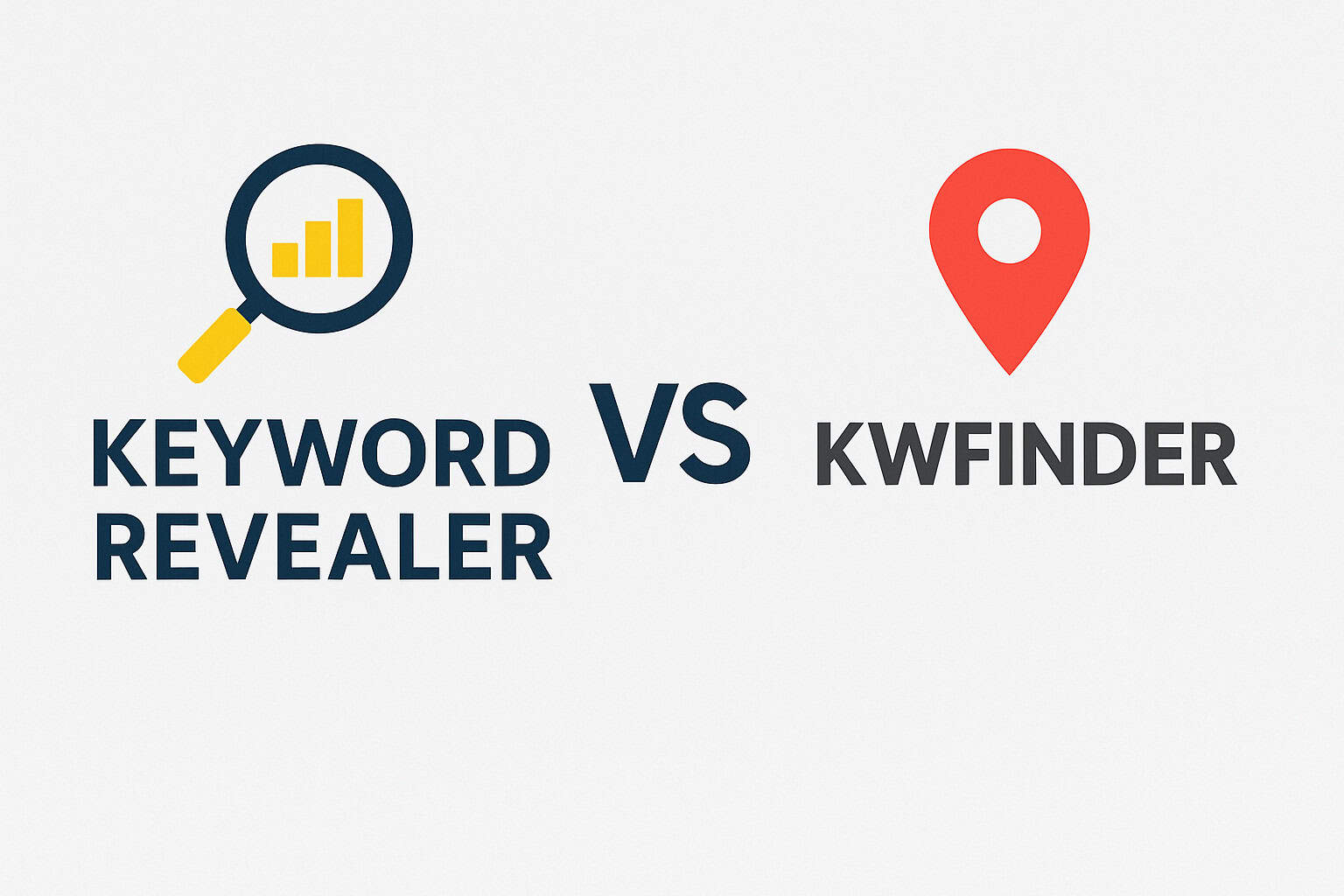
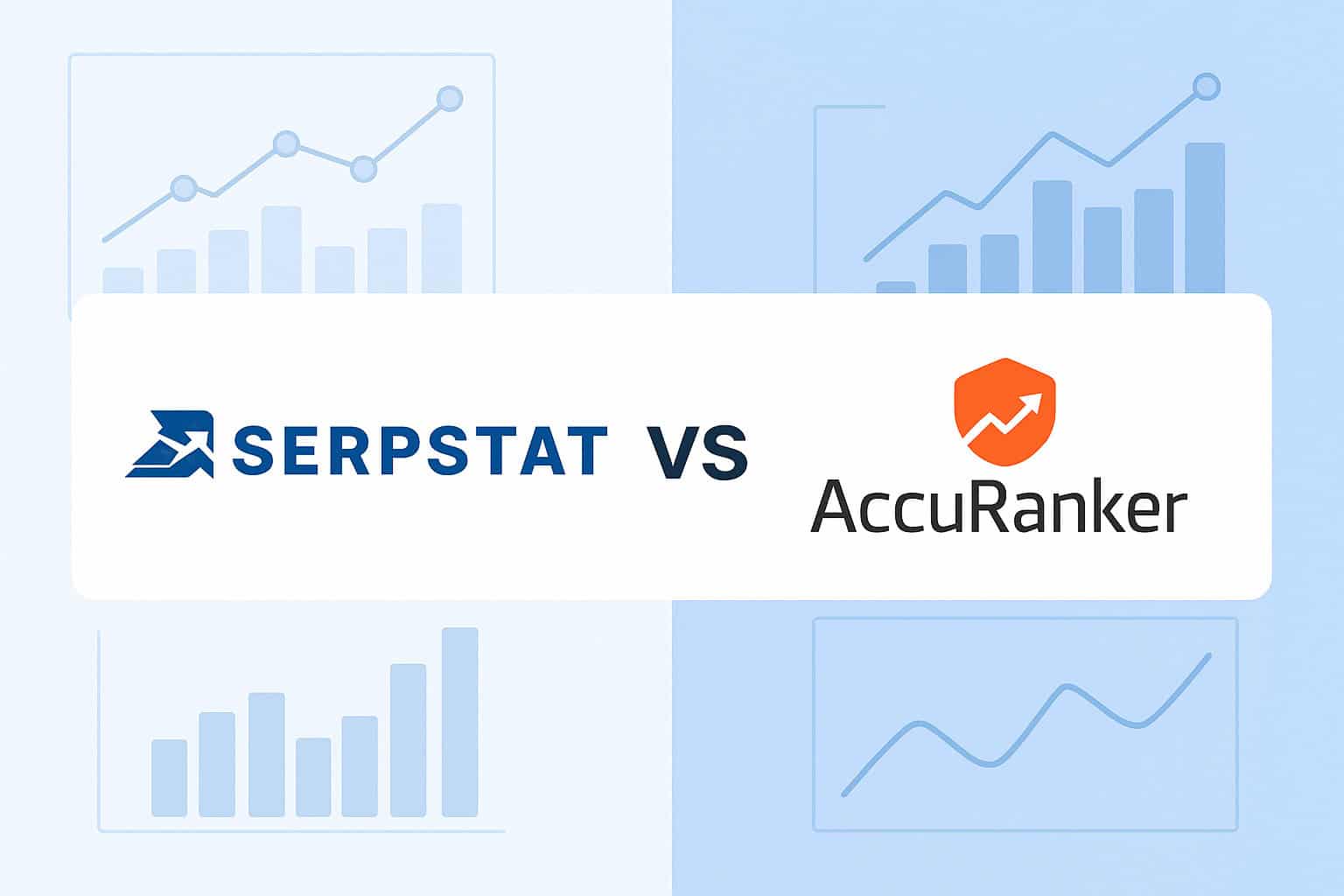

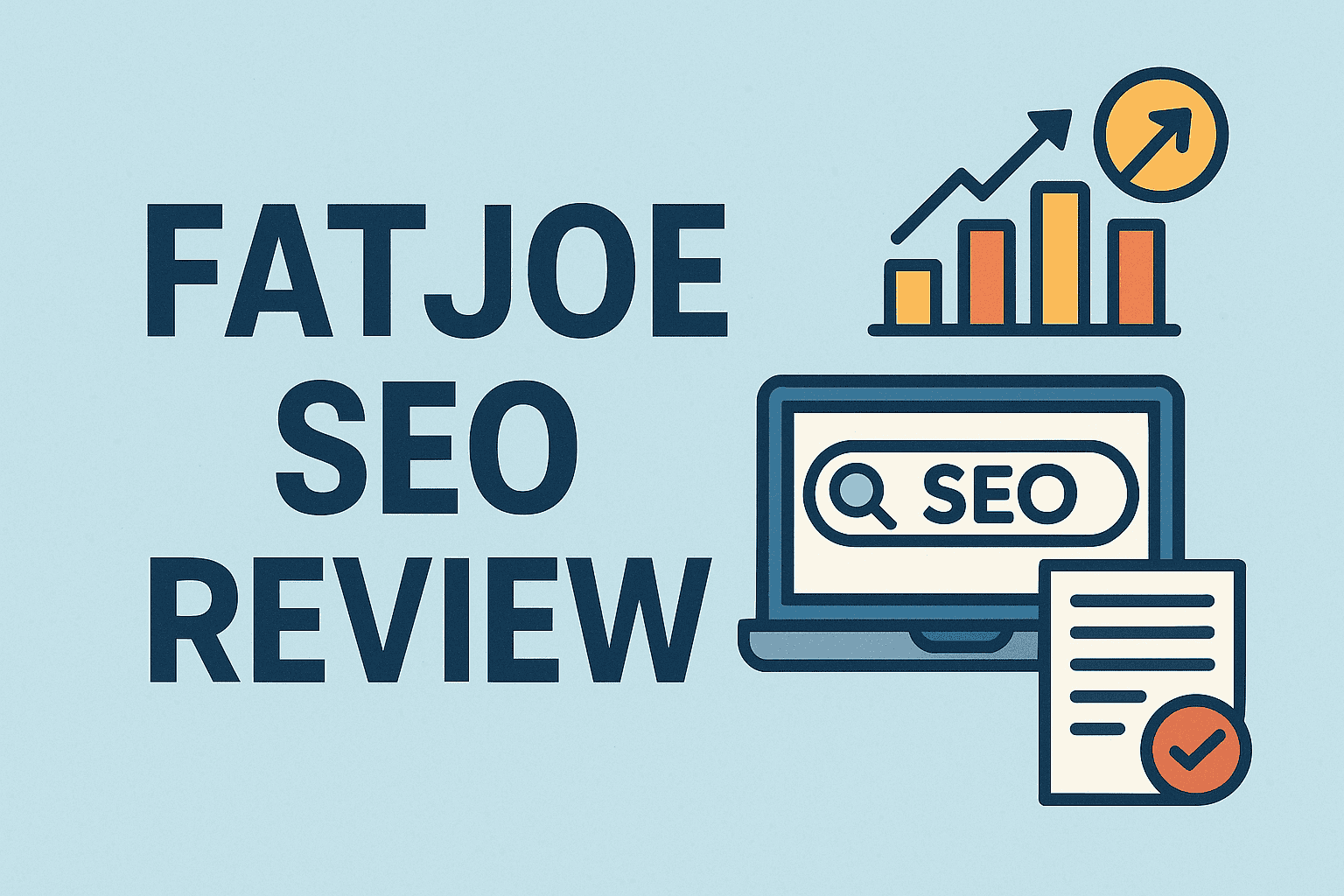


![Longtail Pro Moz or Majestic [Full Breakdown]](https://backlinkmanagement.io/wp-content/uploads/2025/11/ChatGPT-Image-Nov-14-2025-08_30_38-AM.png)
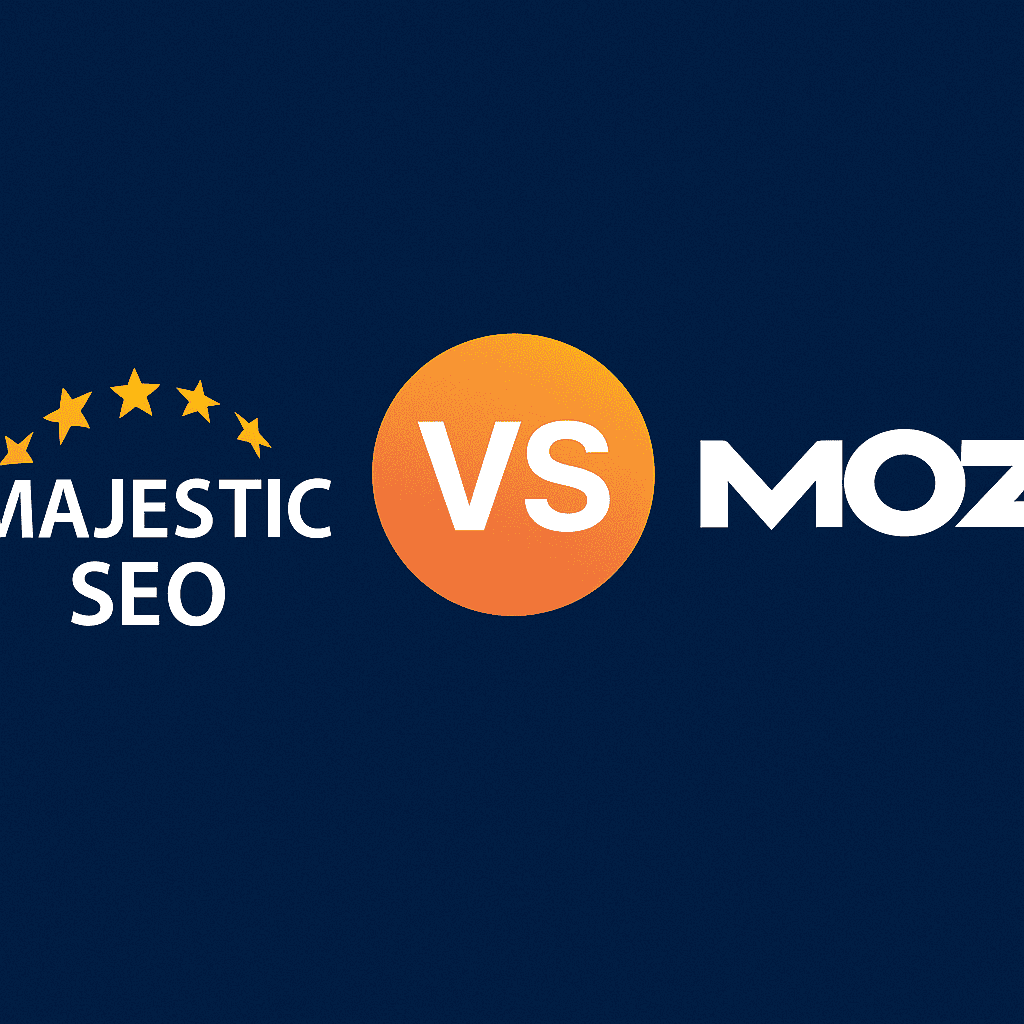
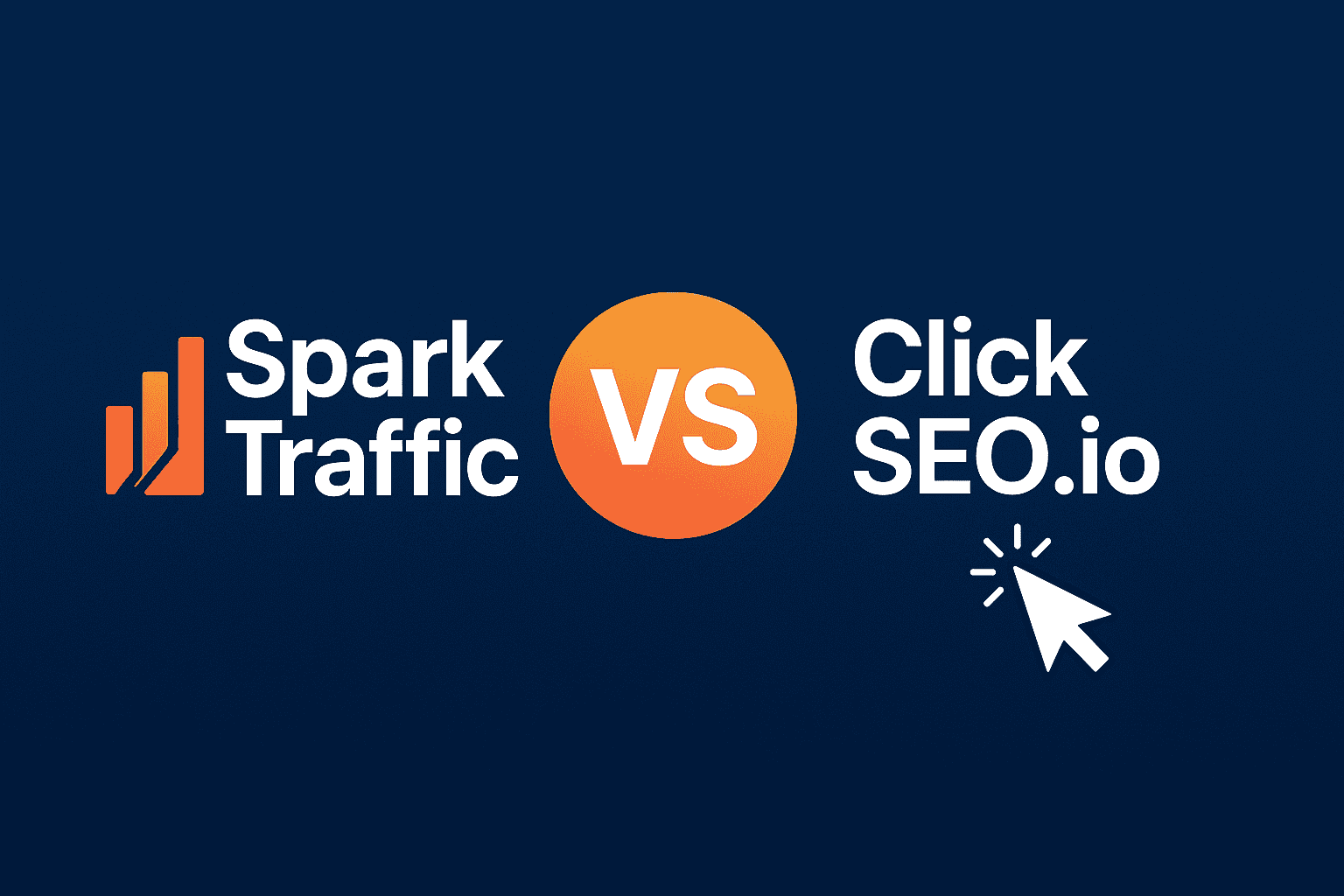
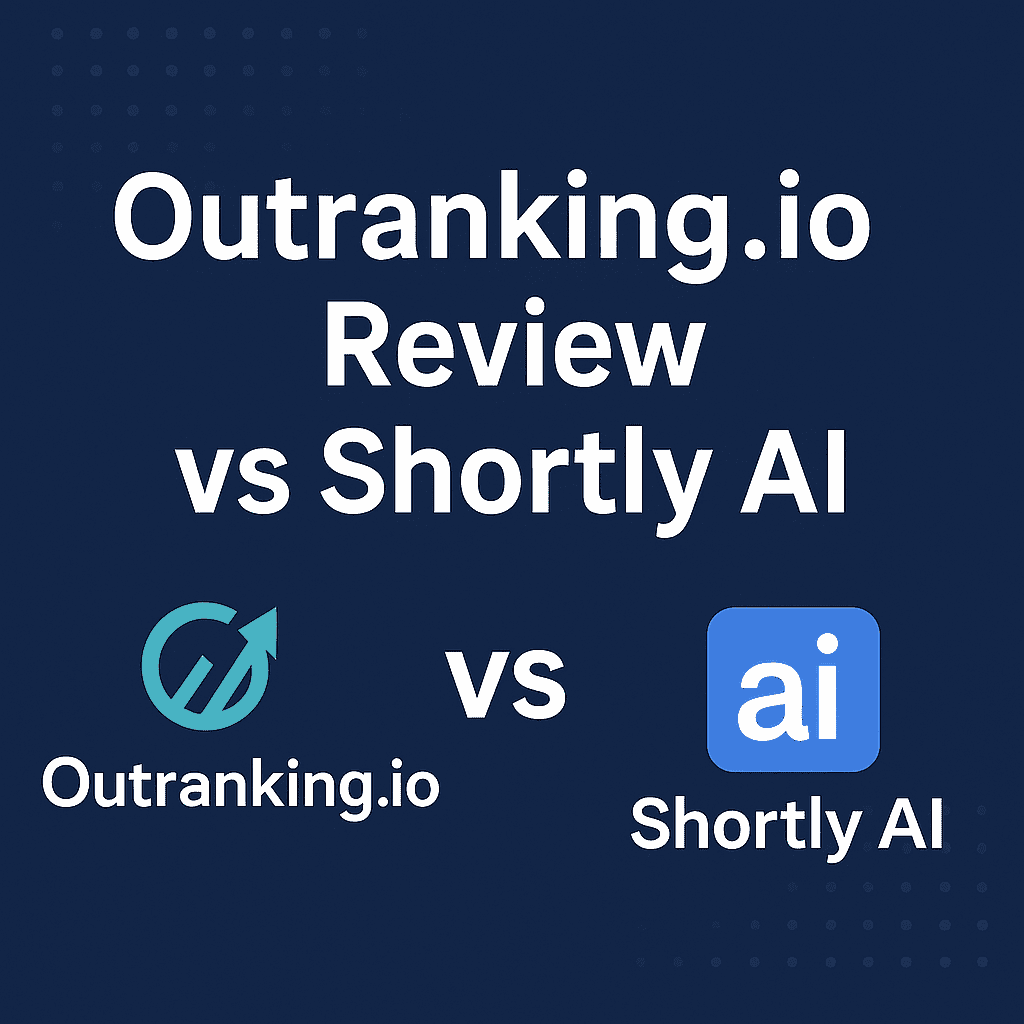
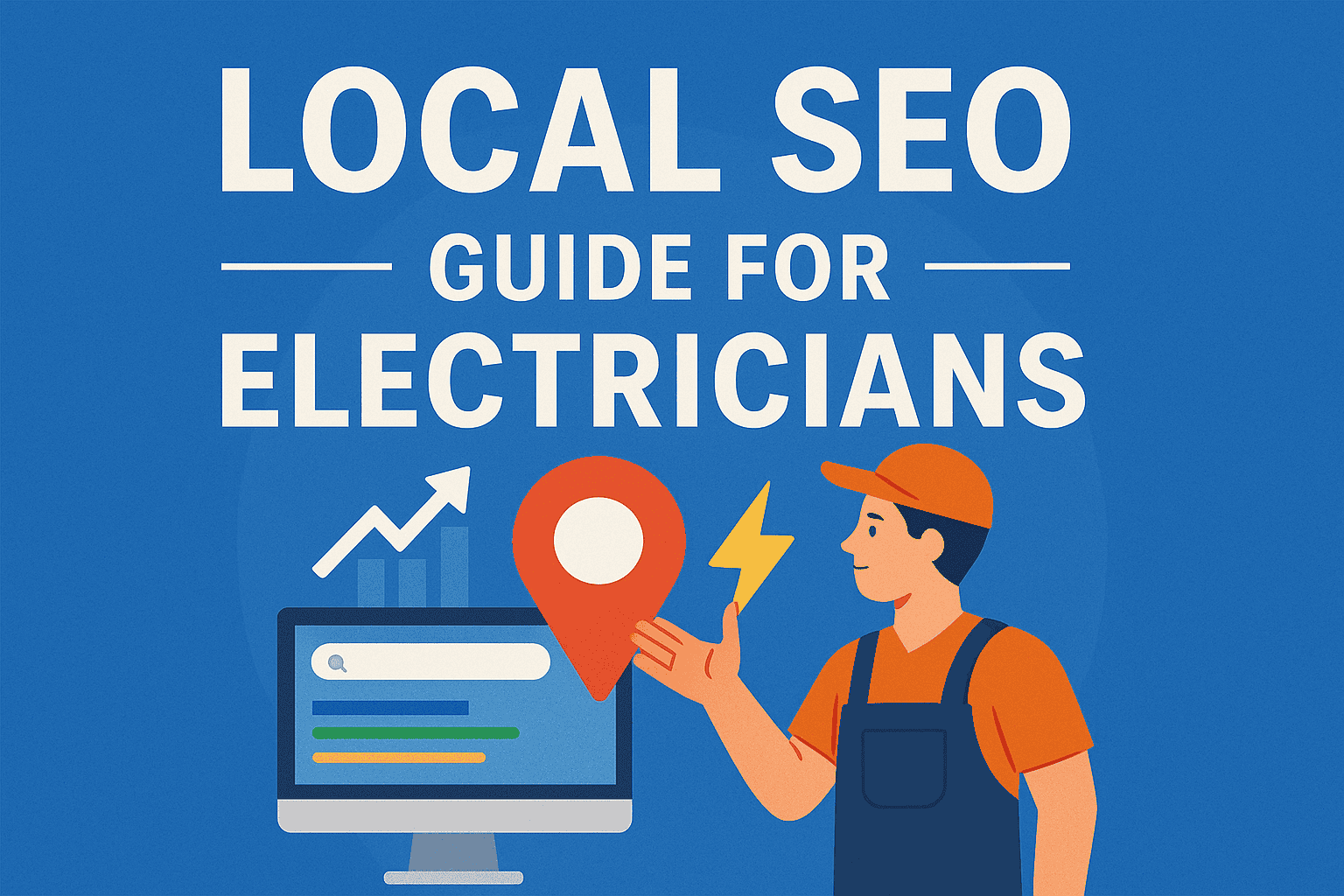
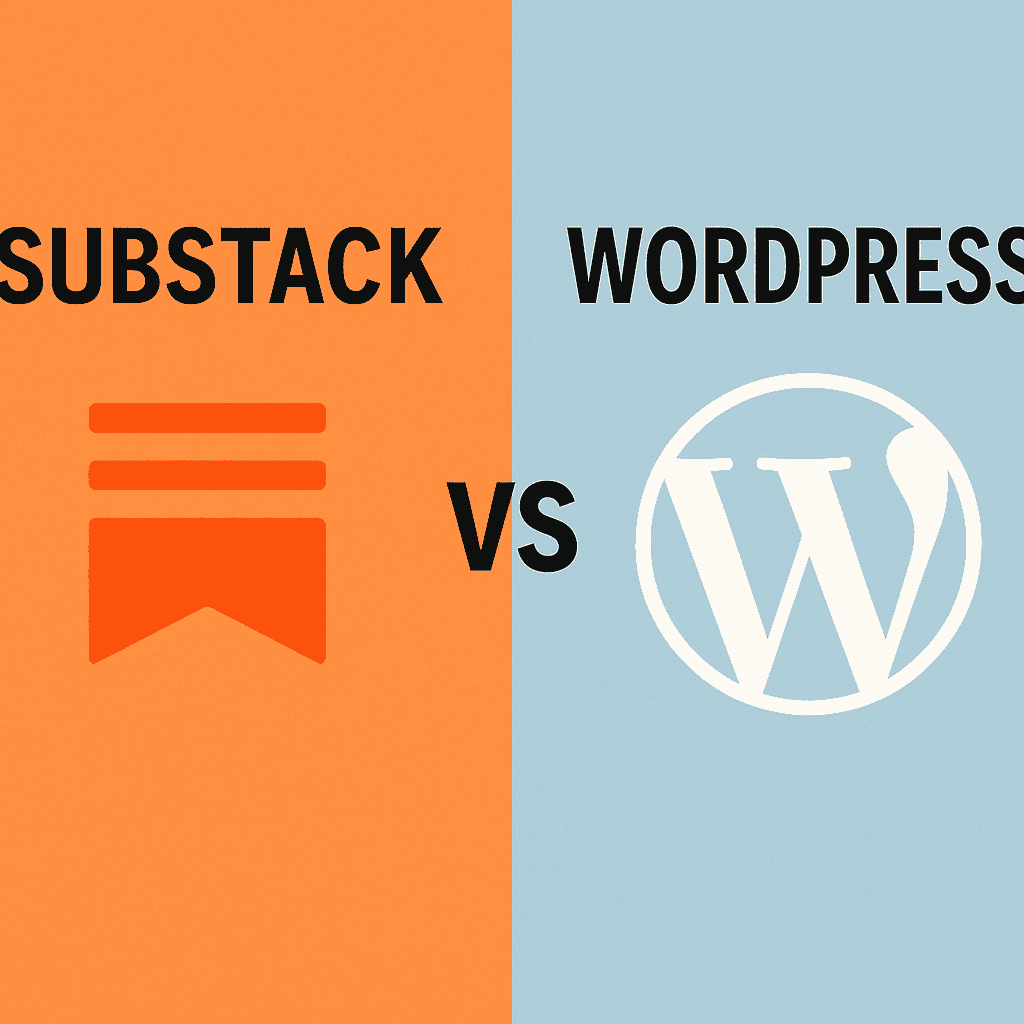
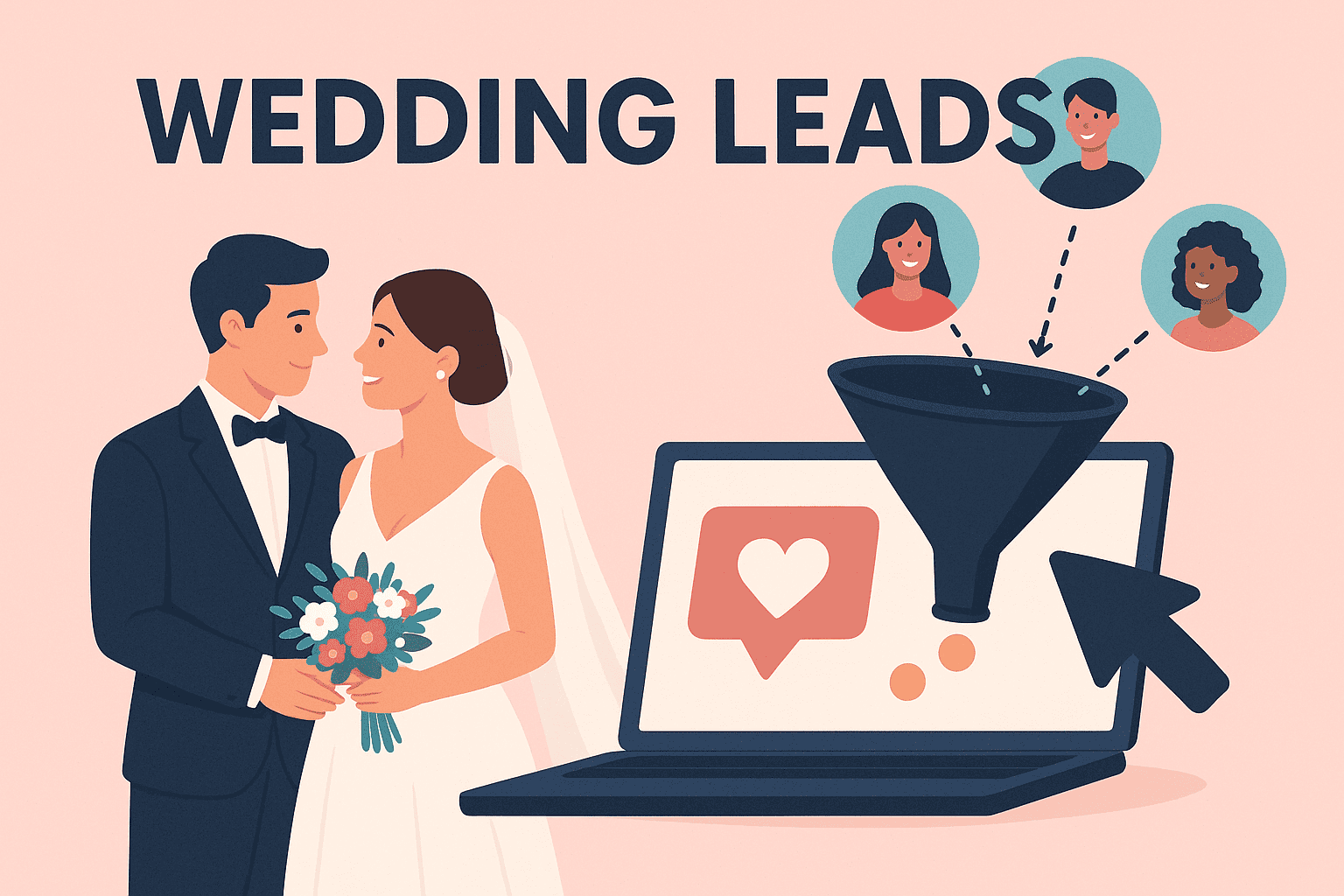
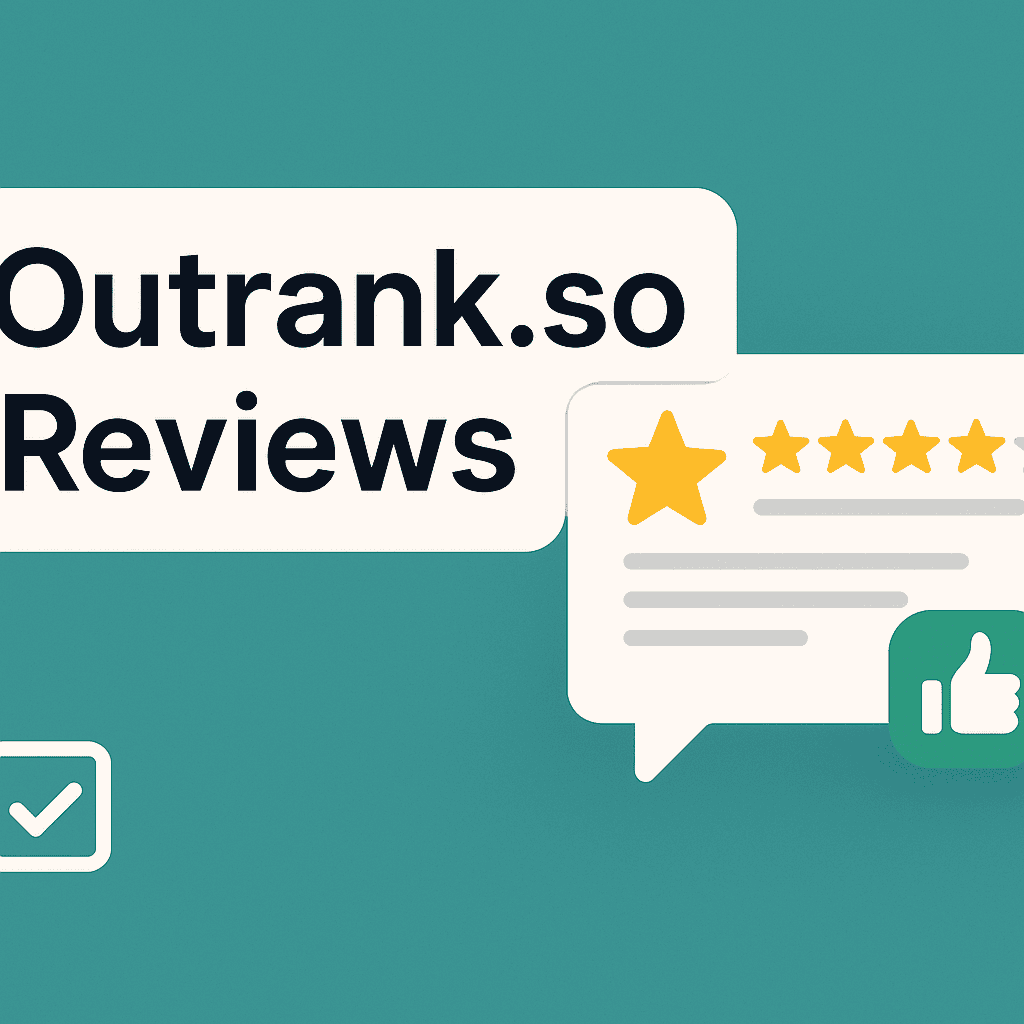
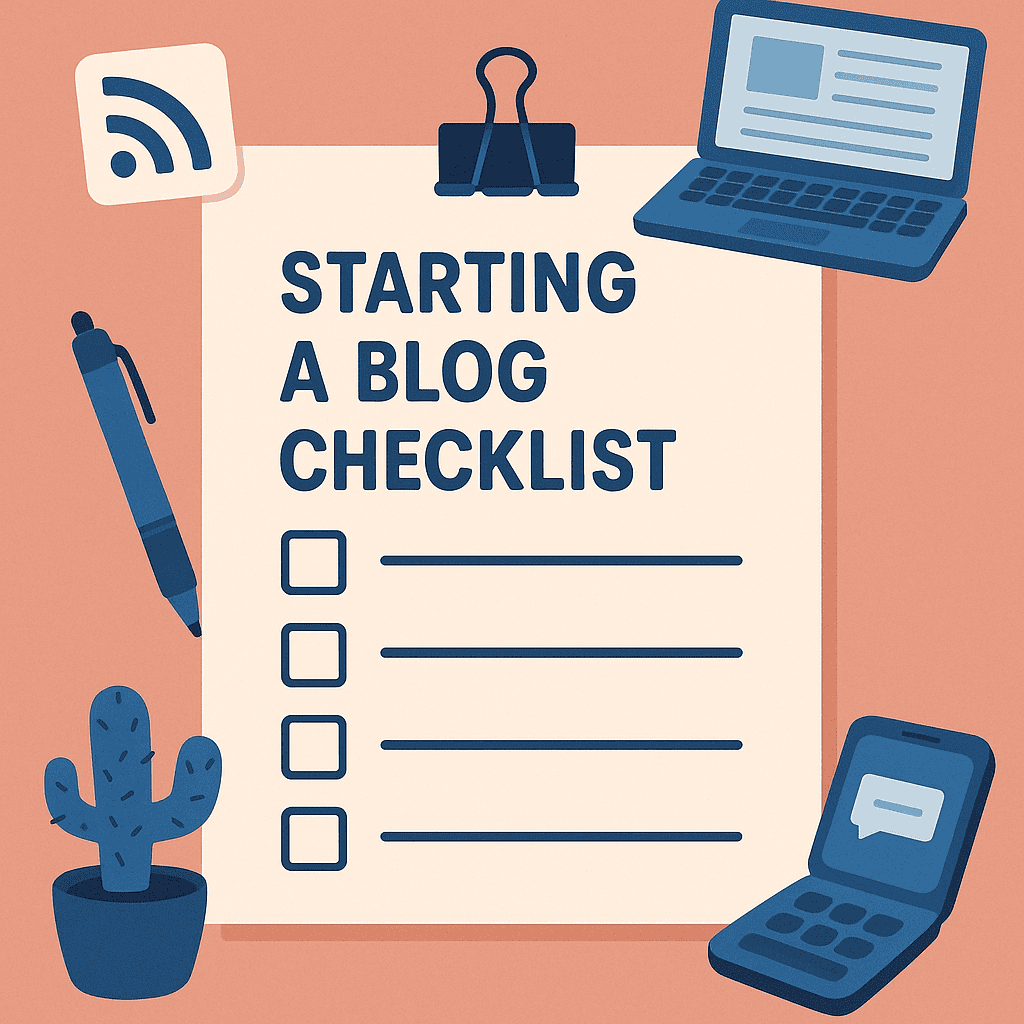
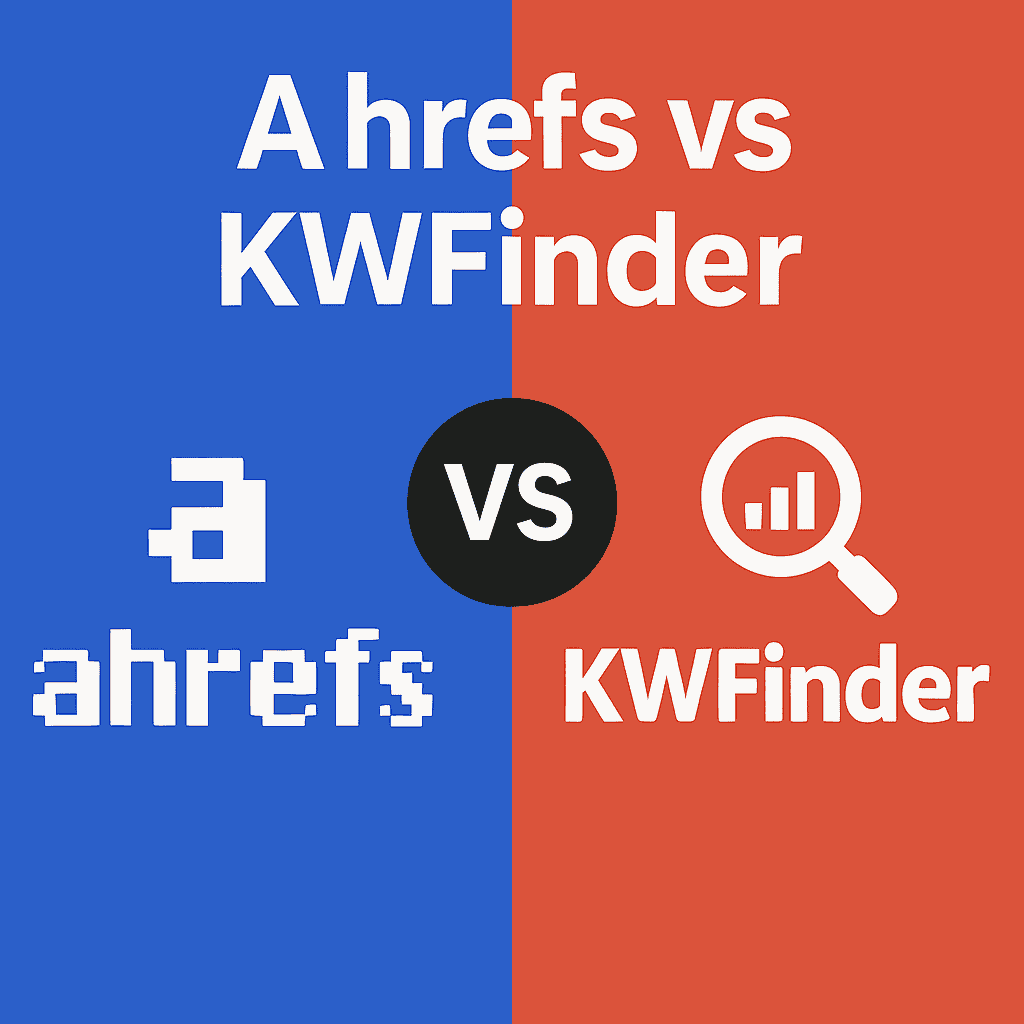
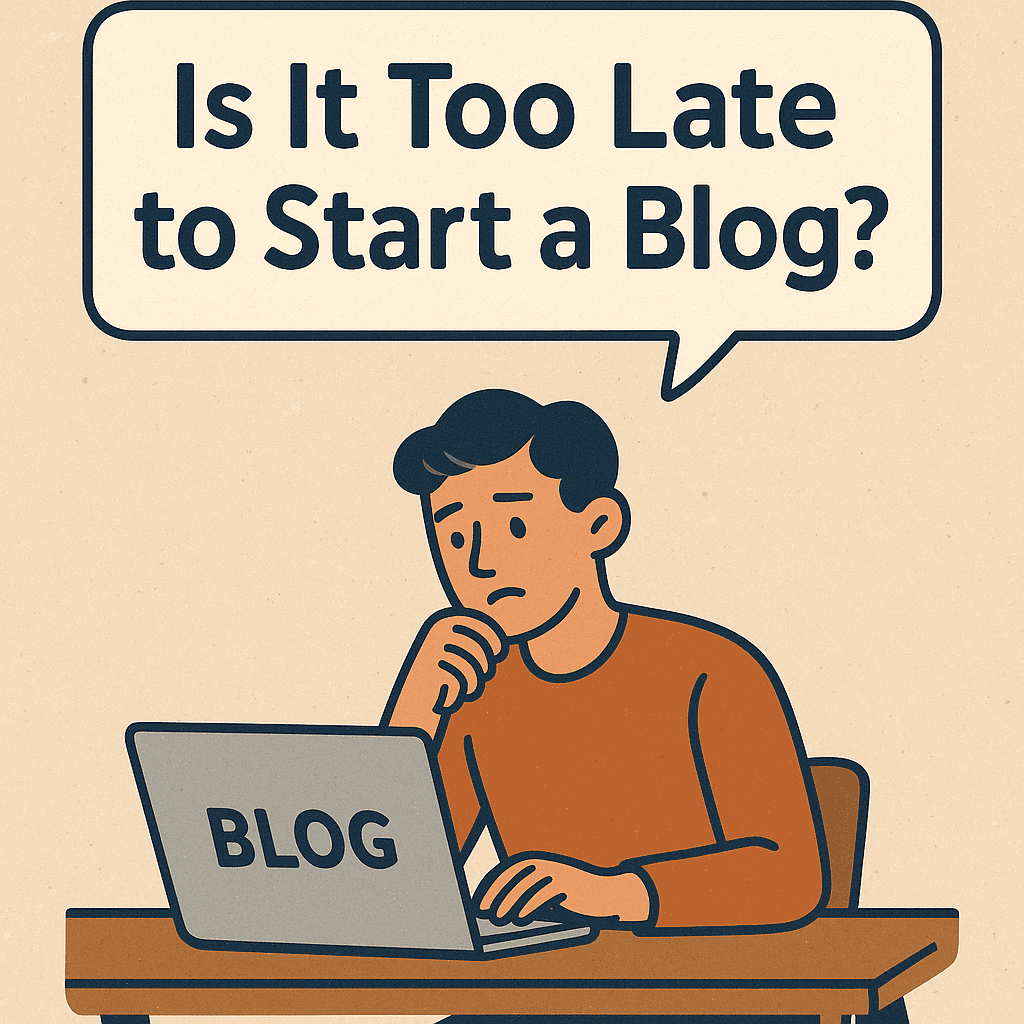
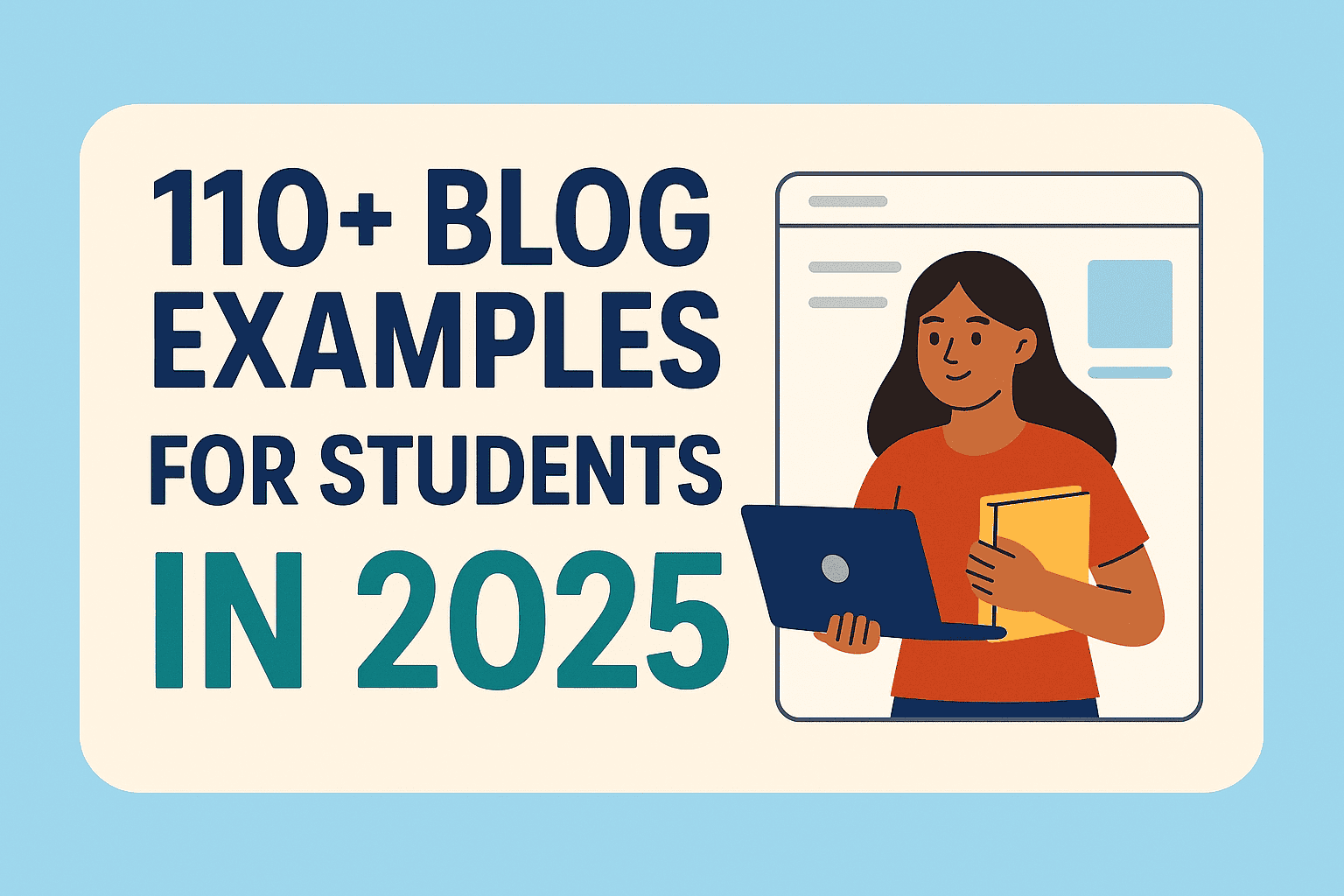
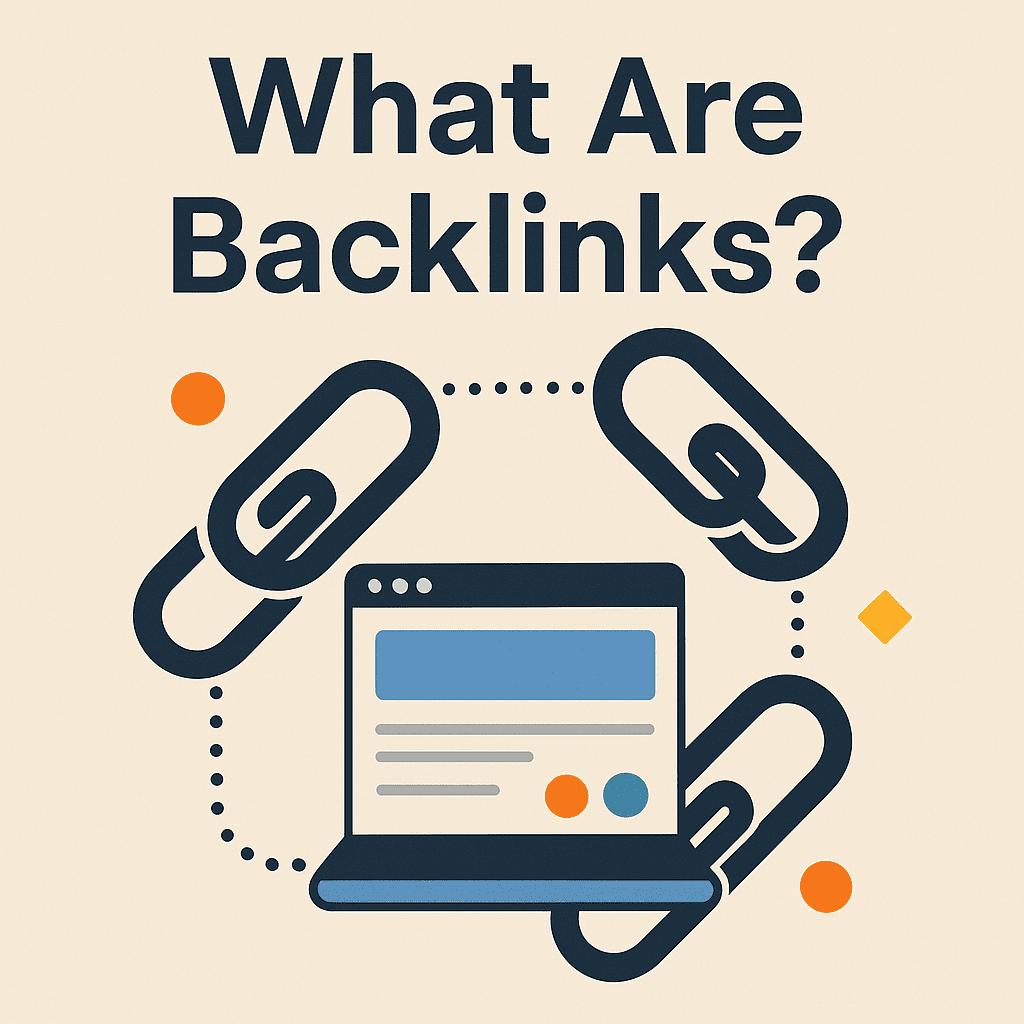
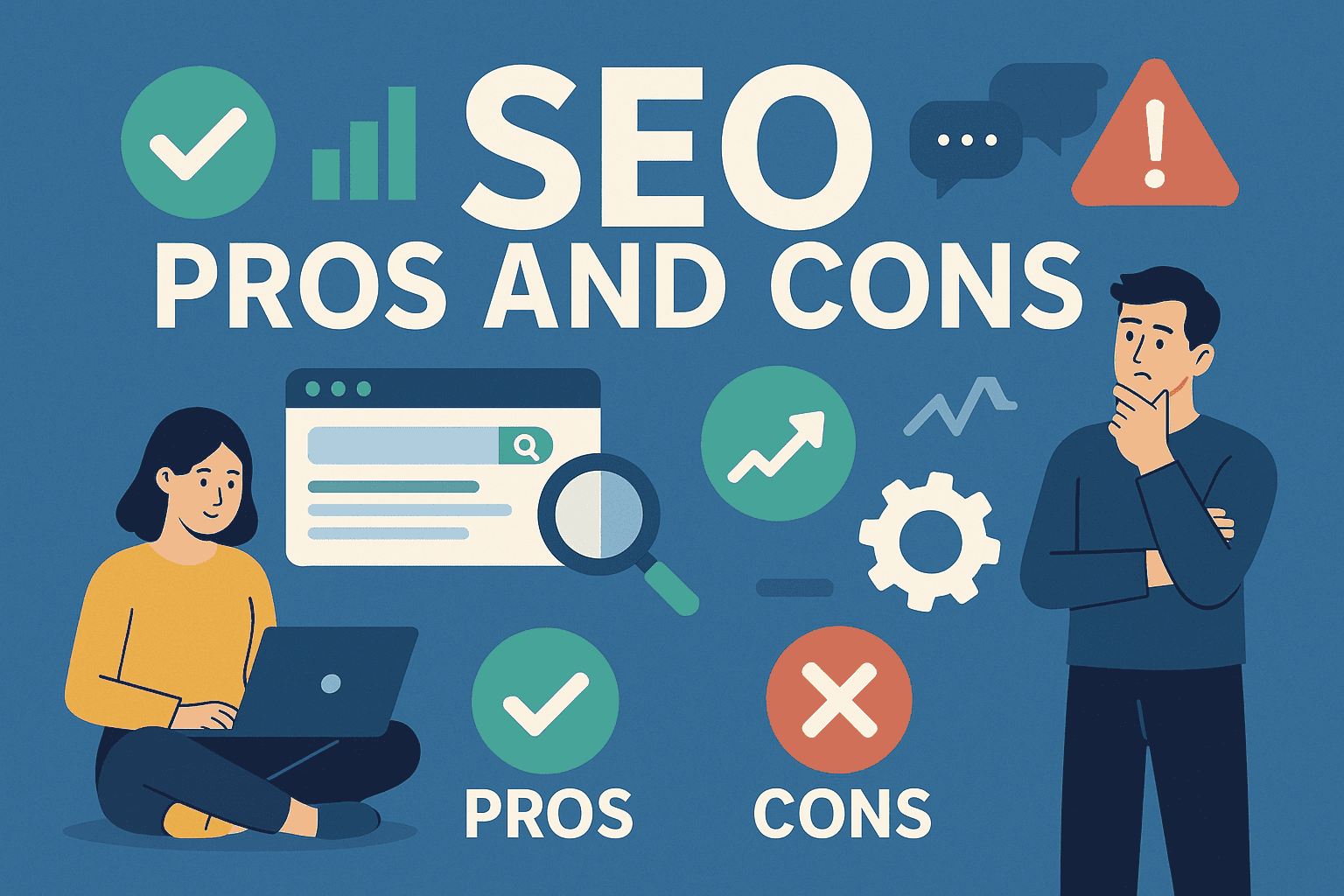

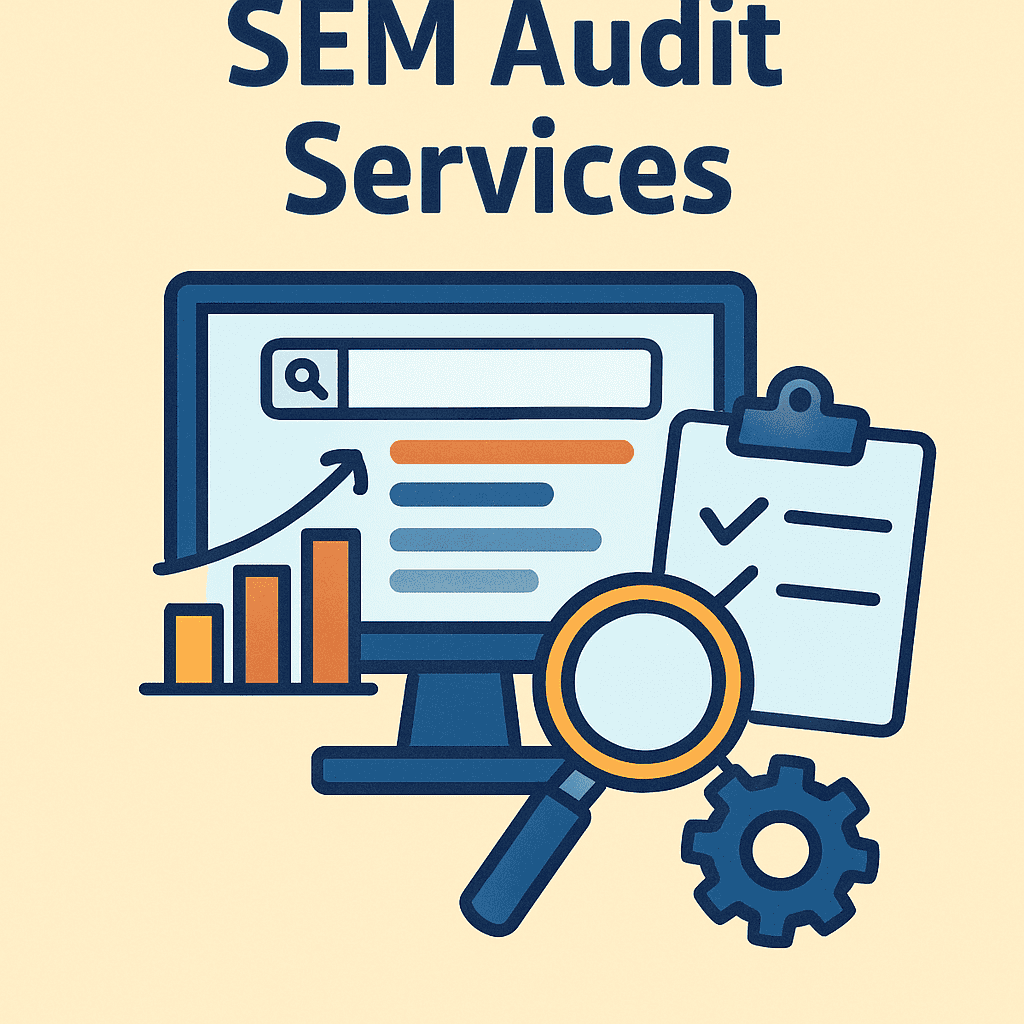
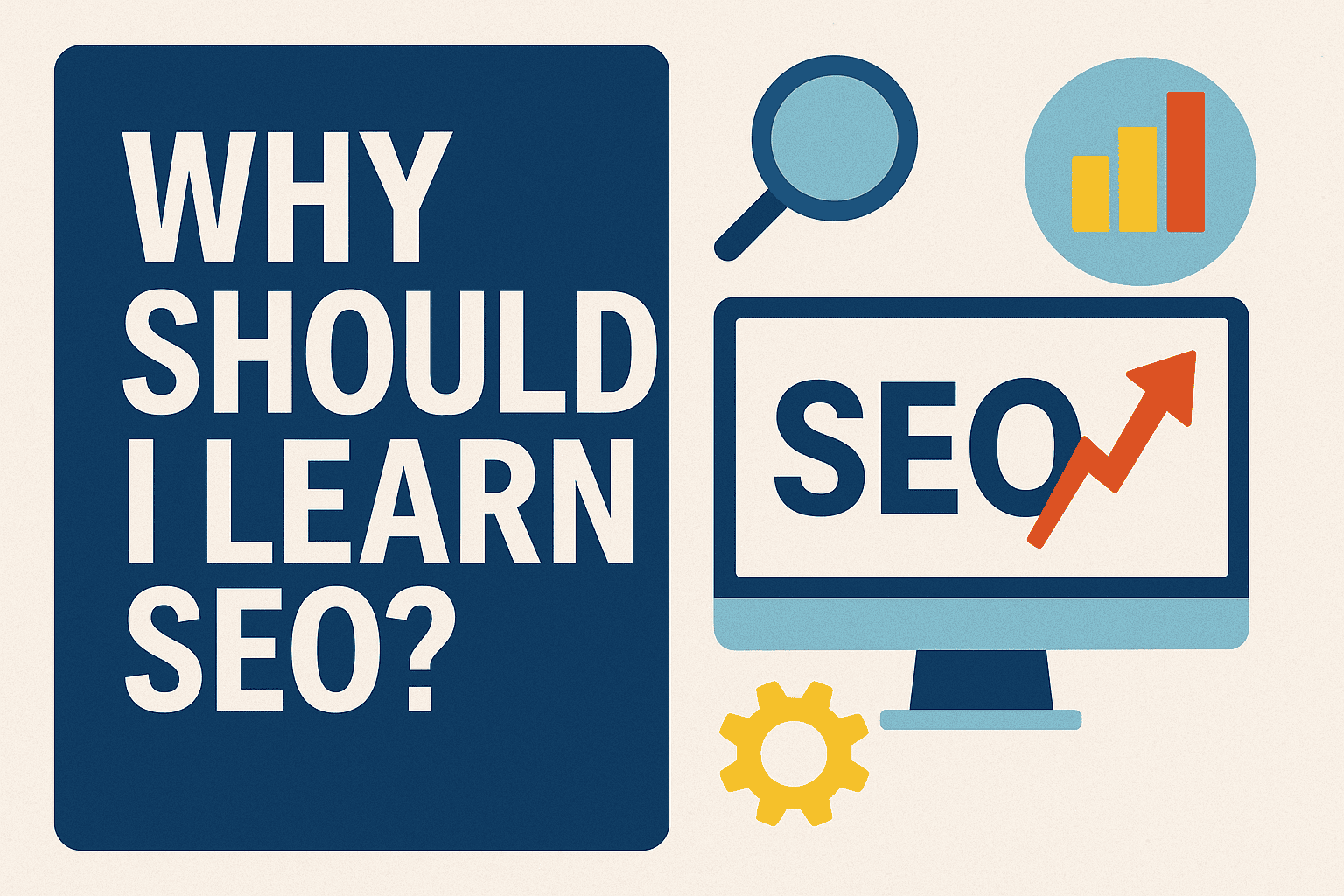
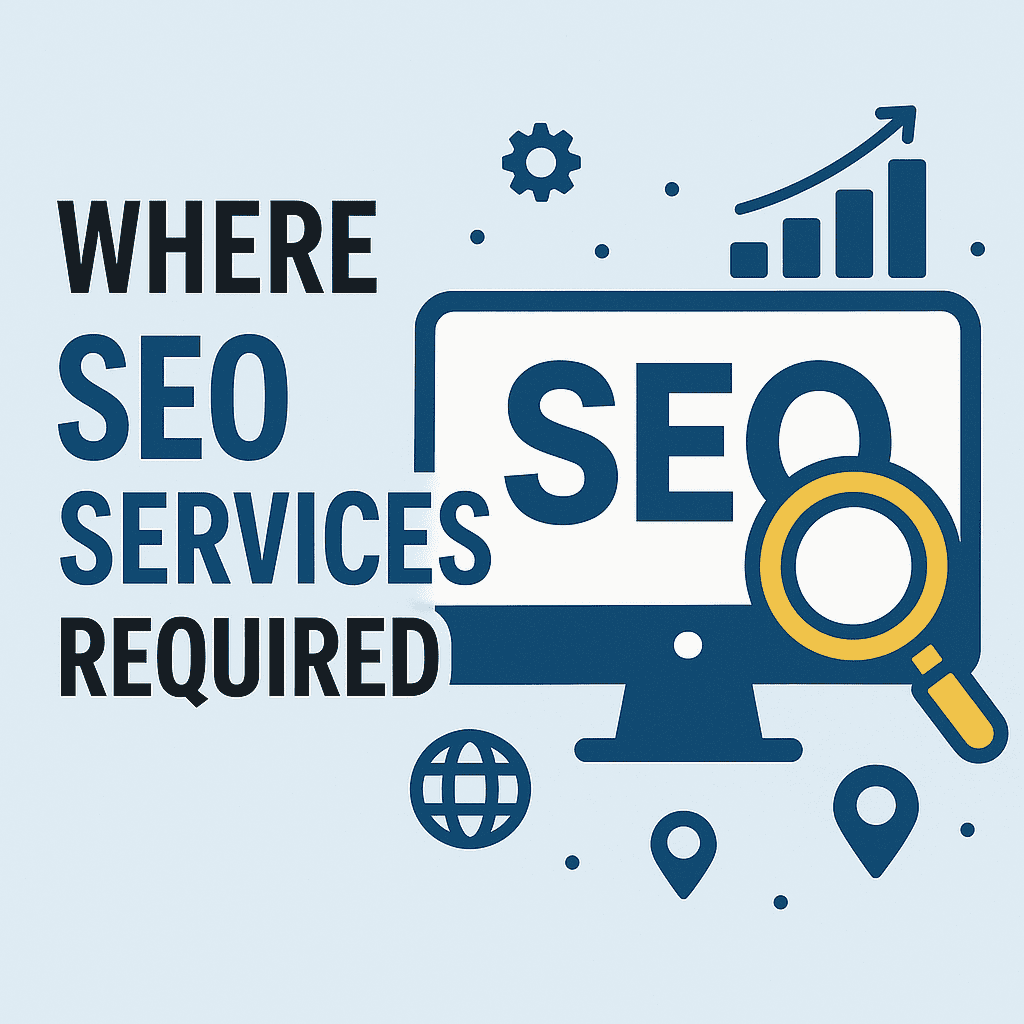
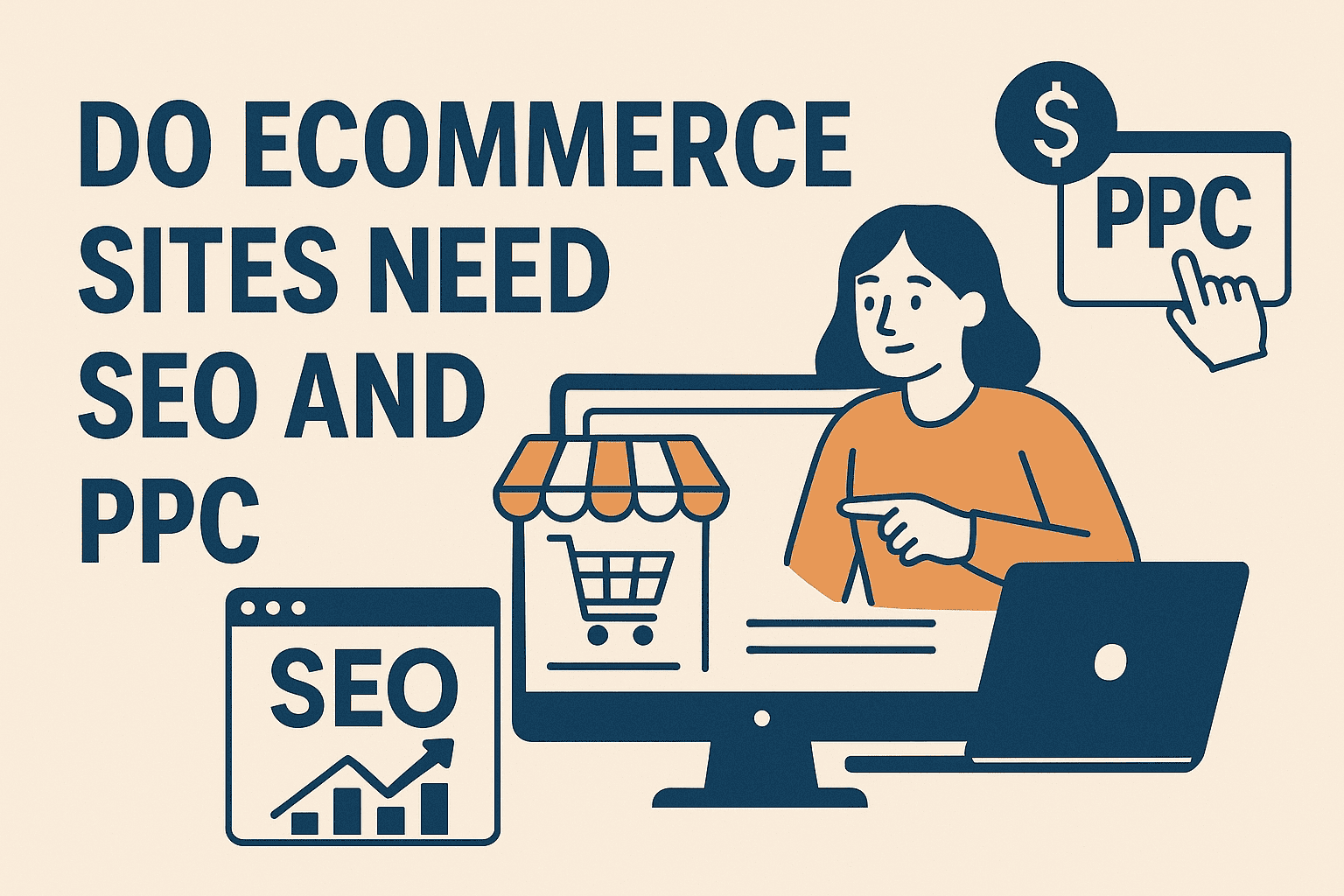
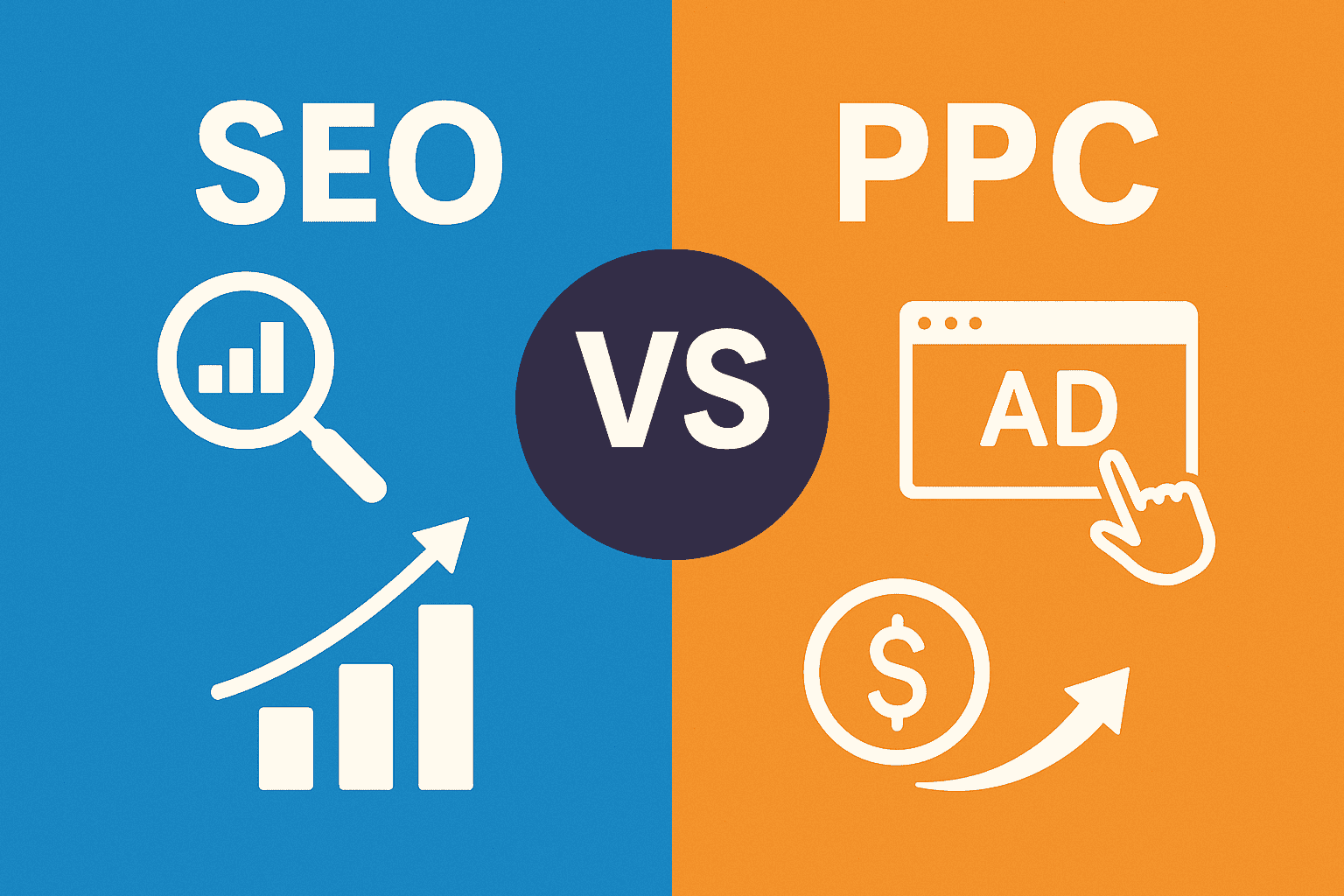

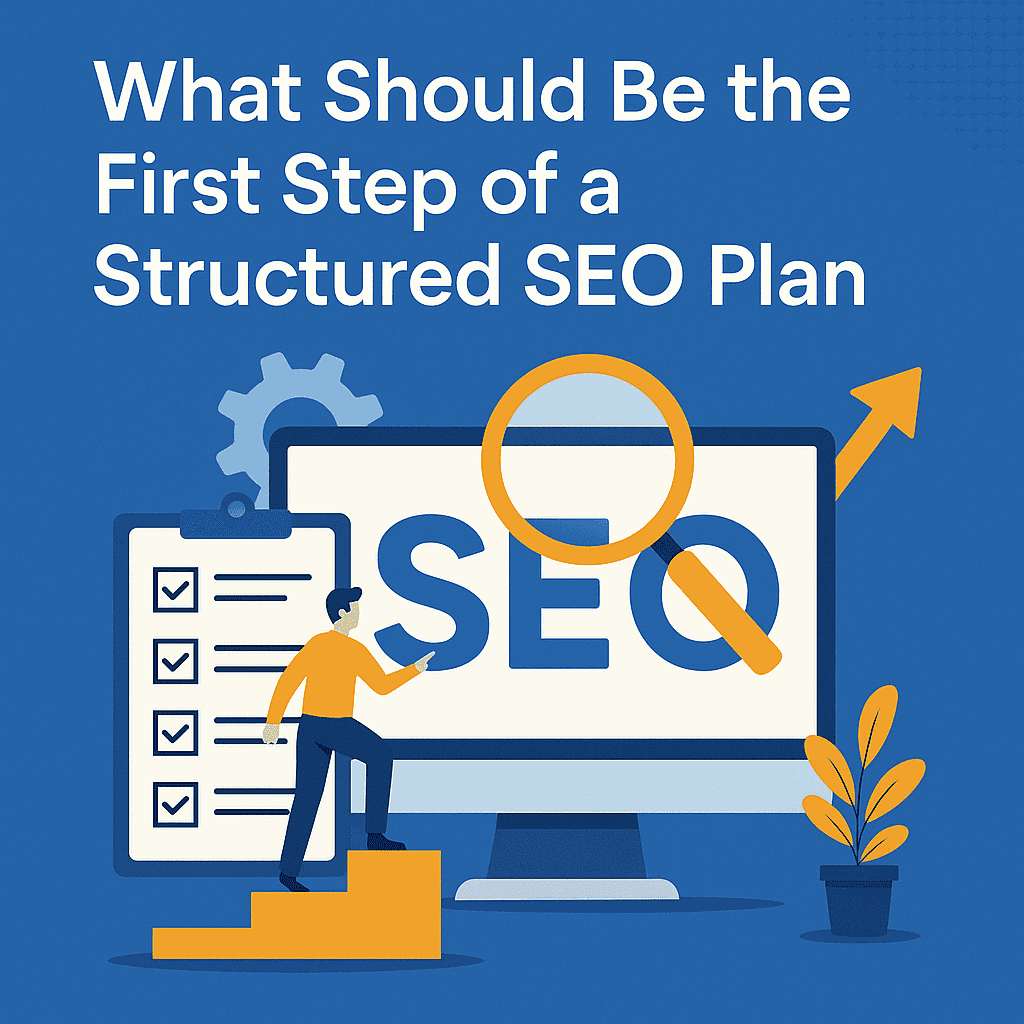
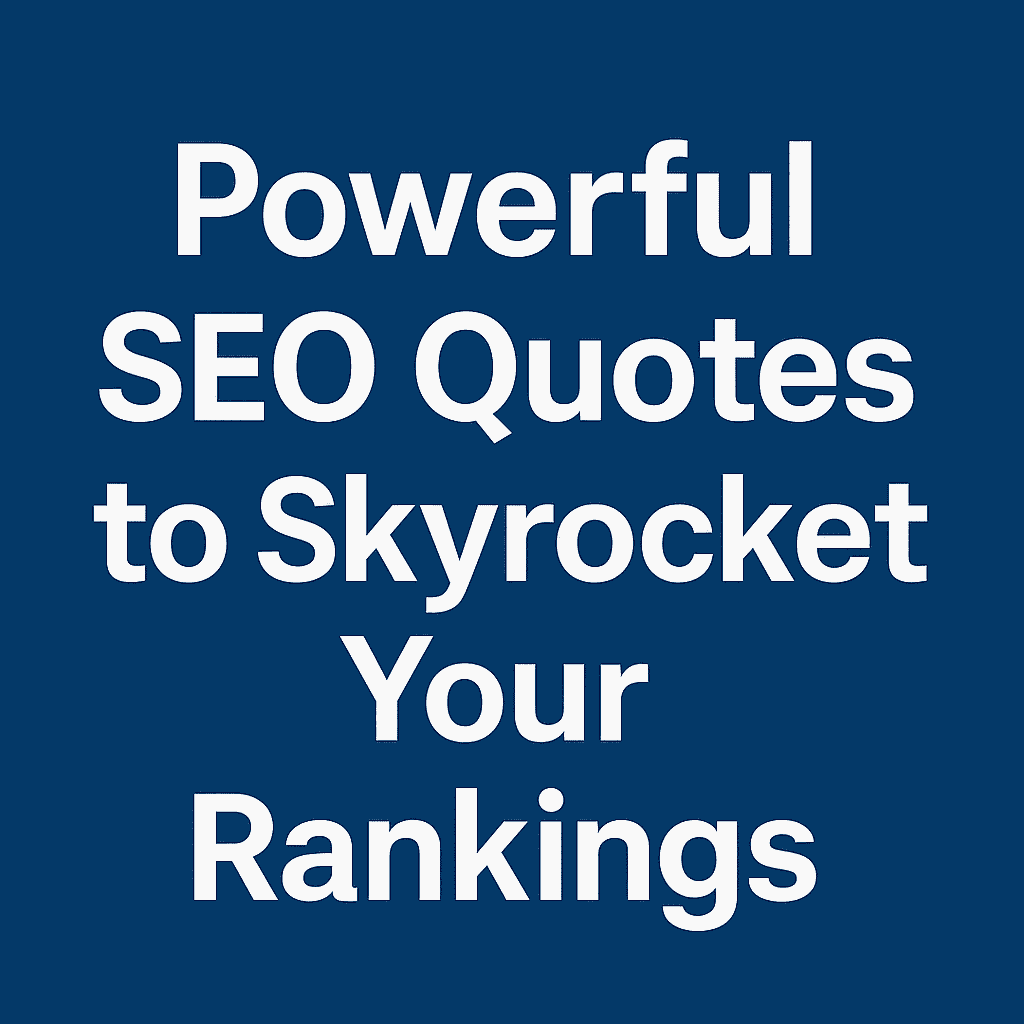
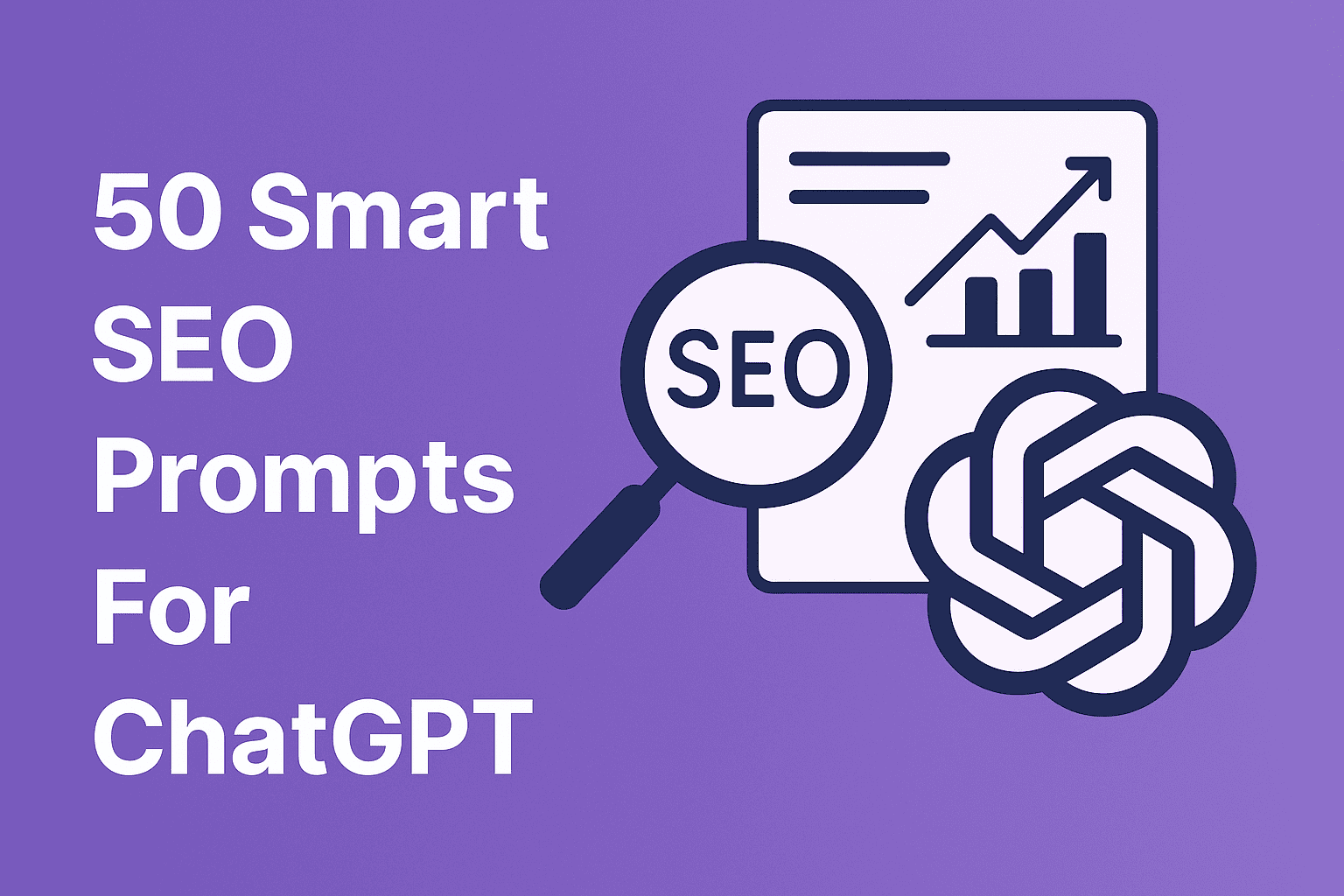
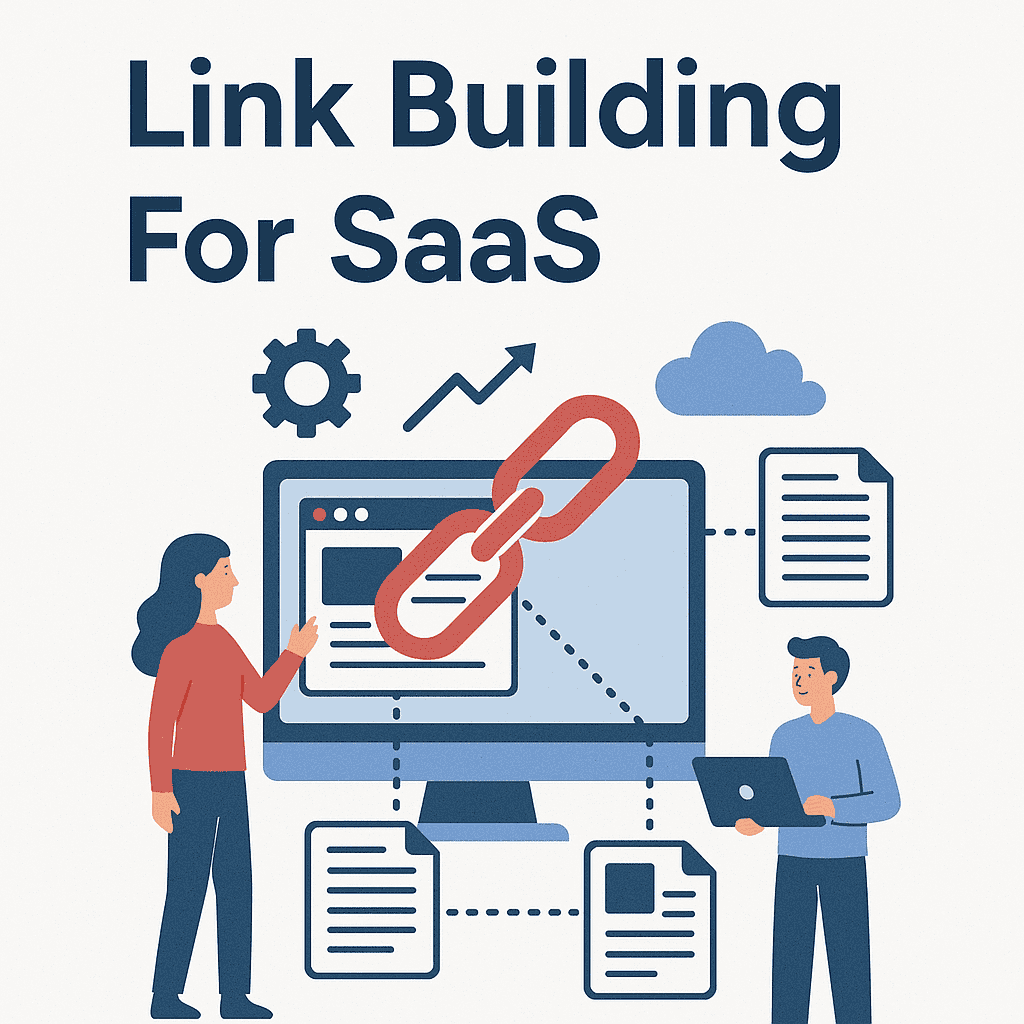
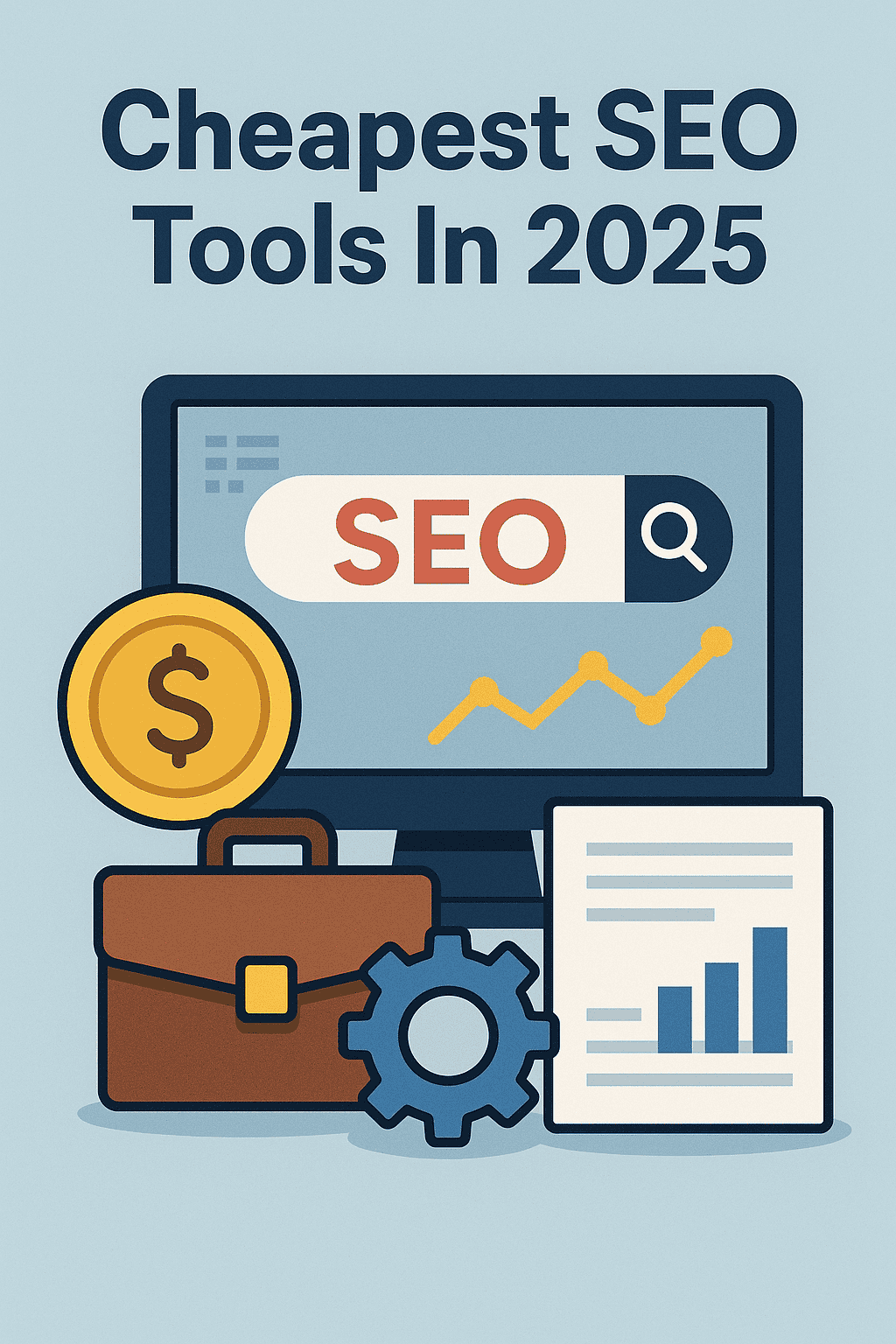
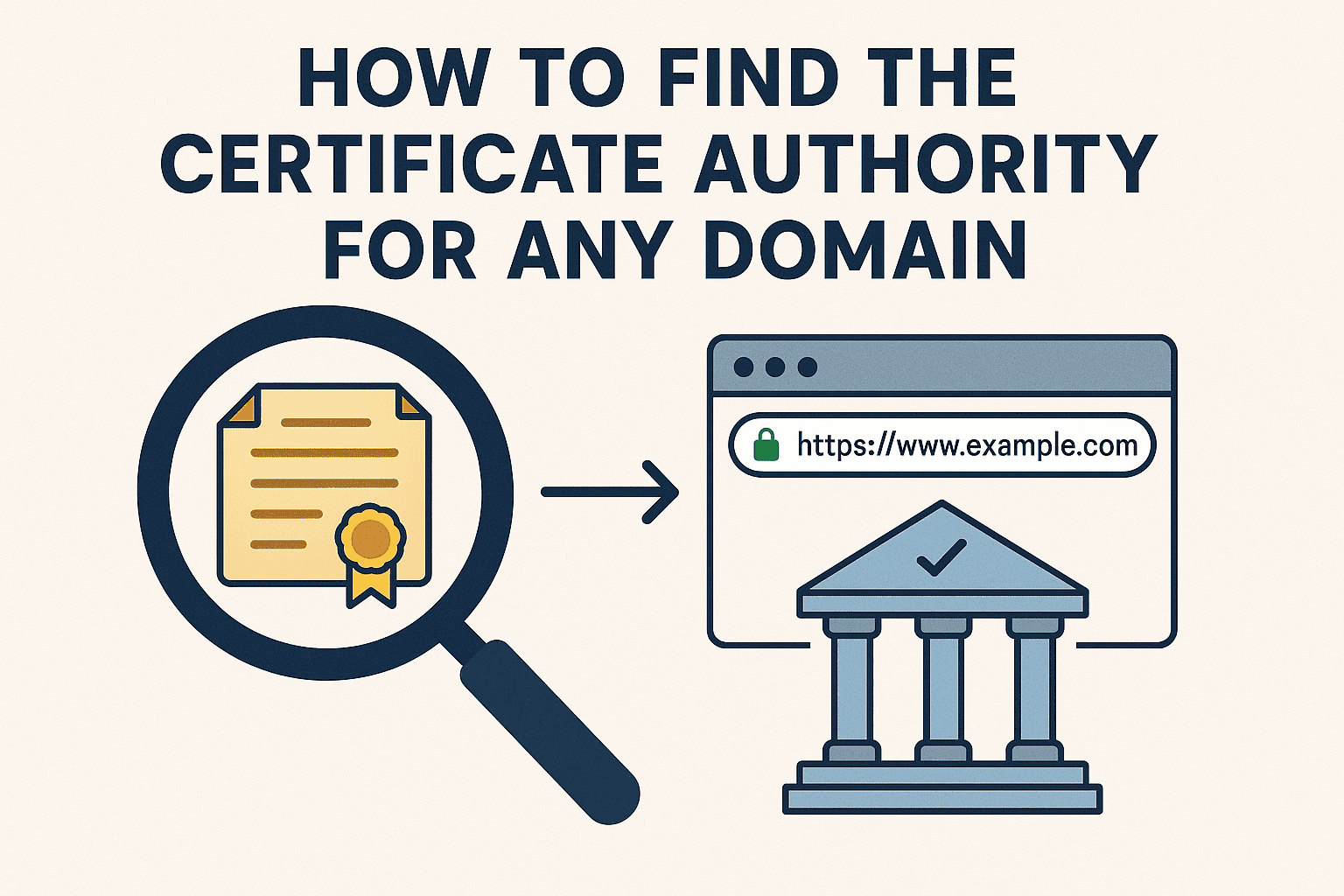
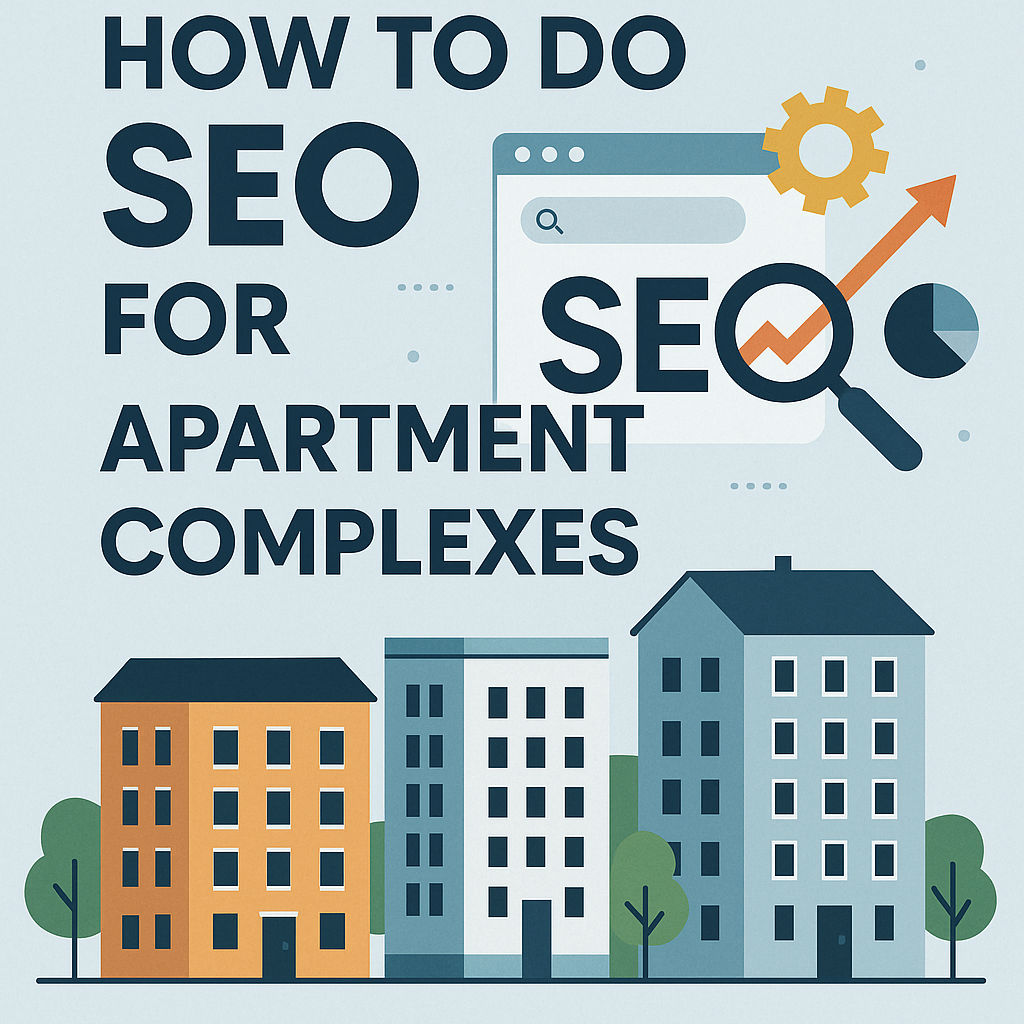
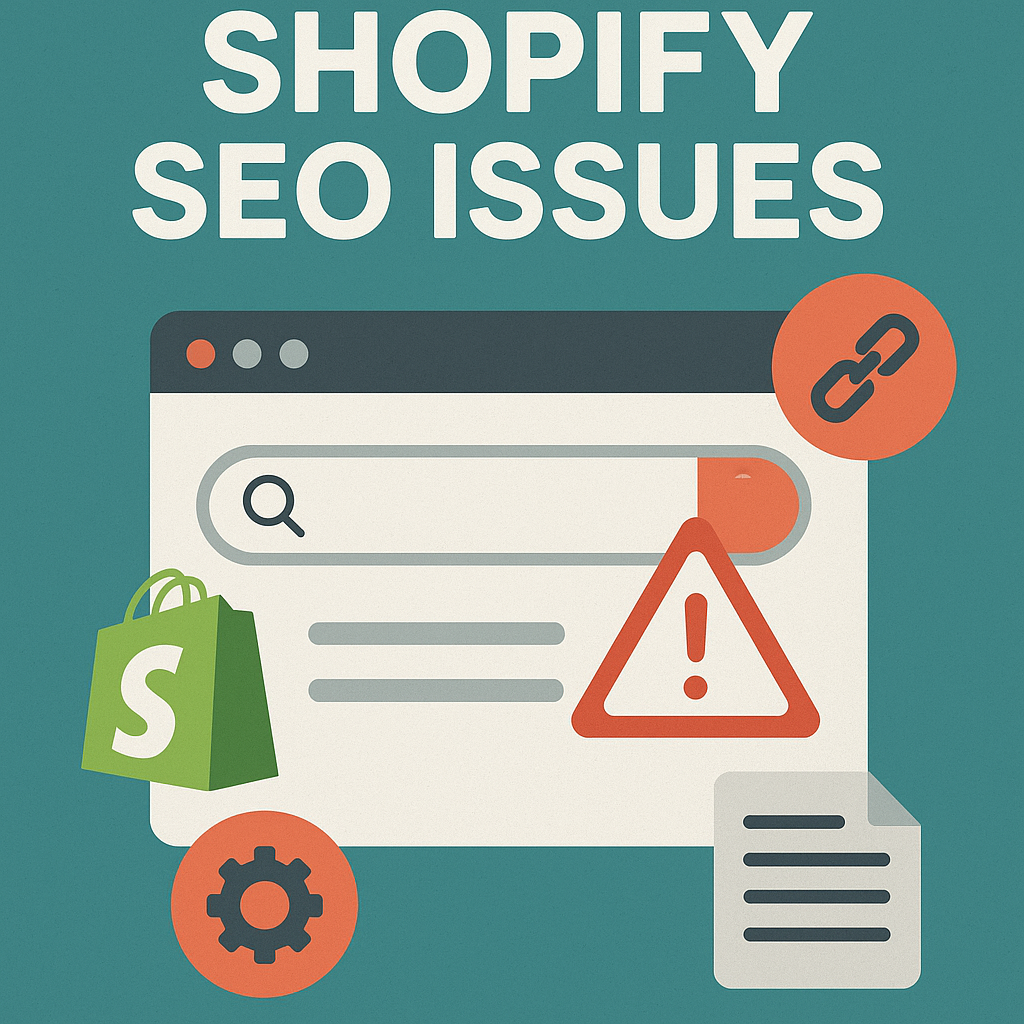
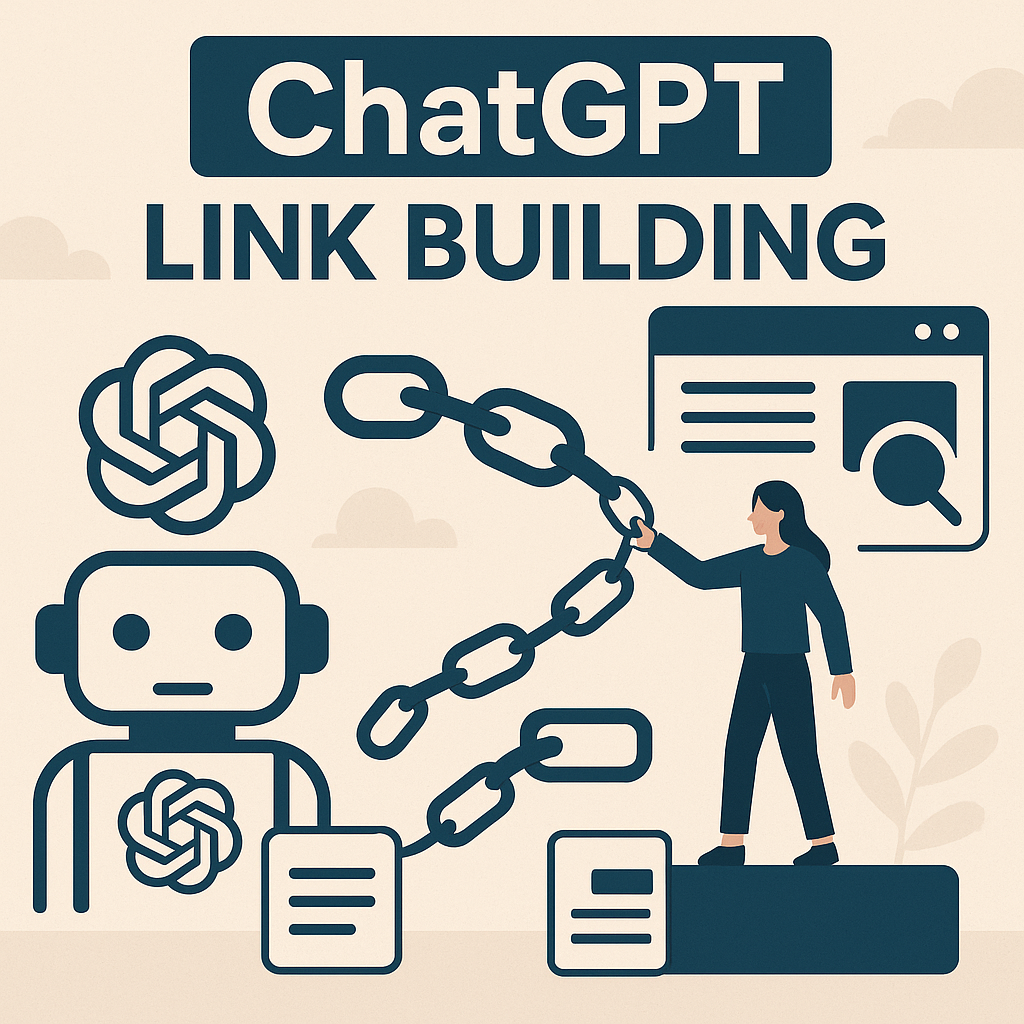
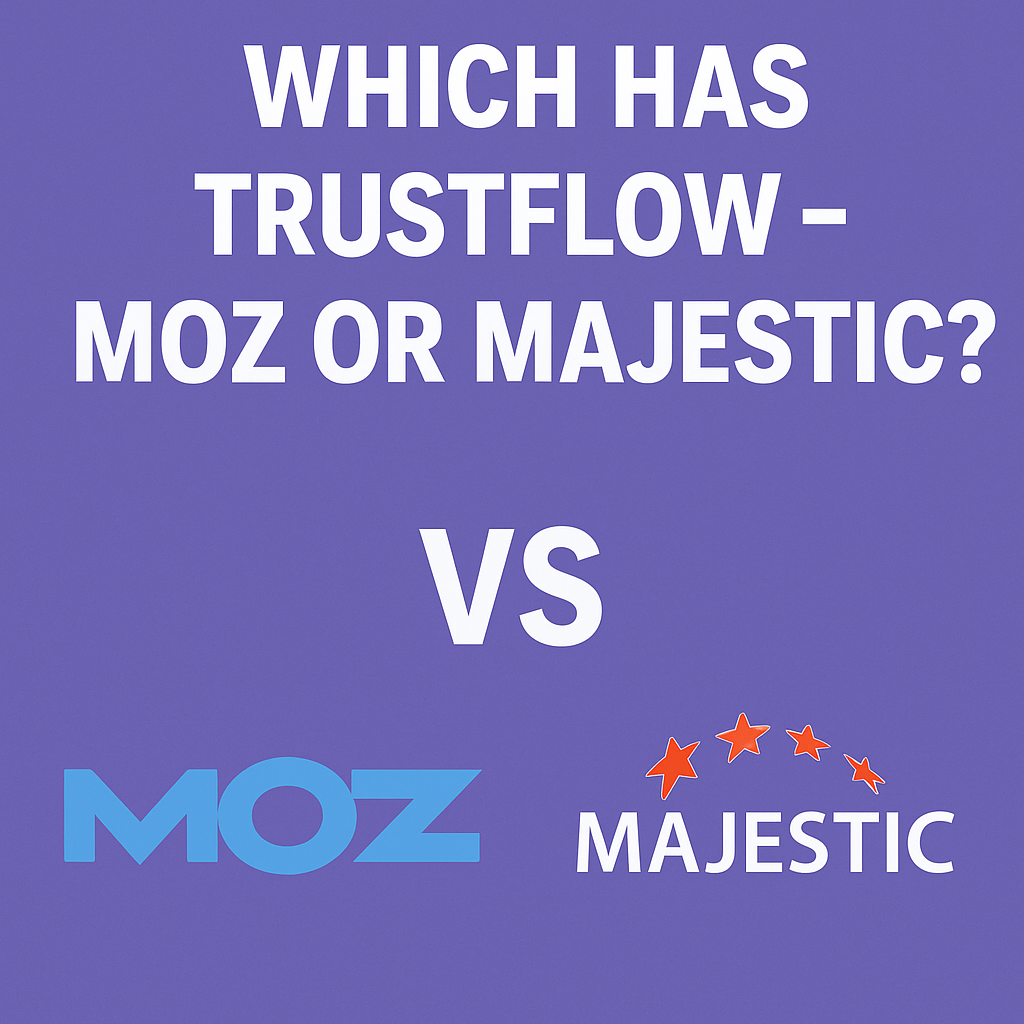
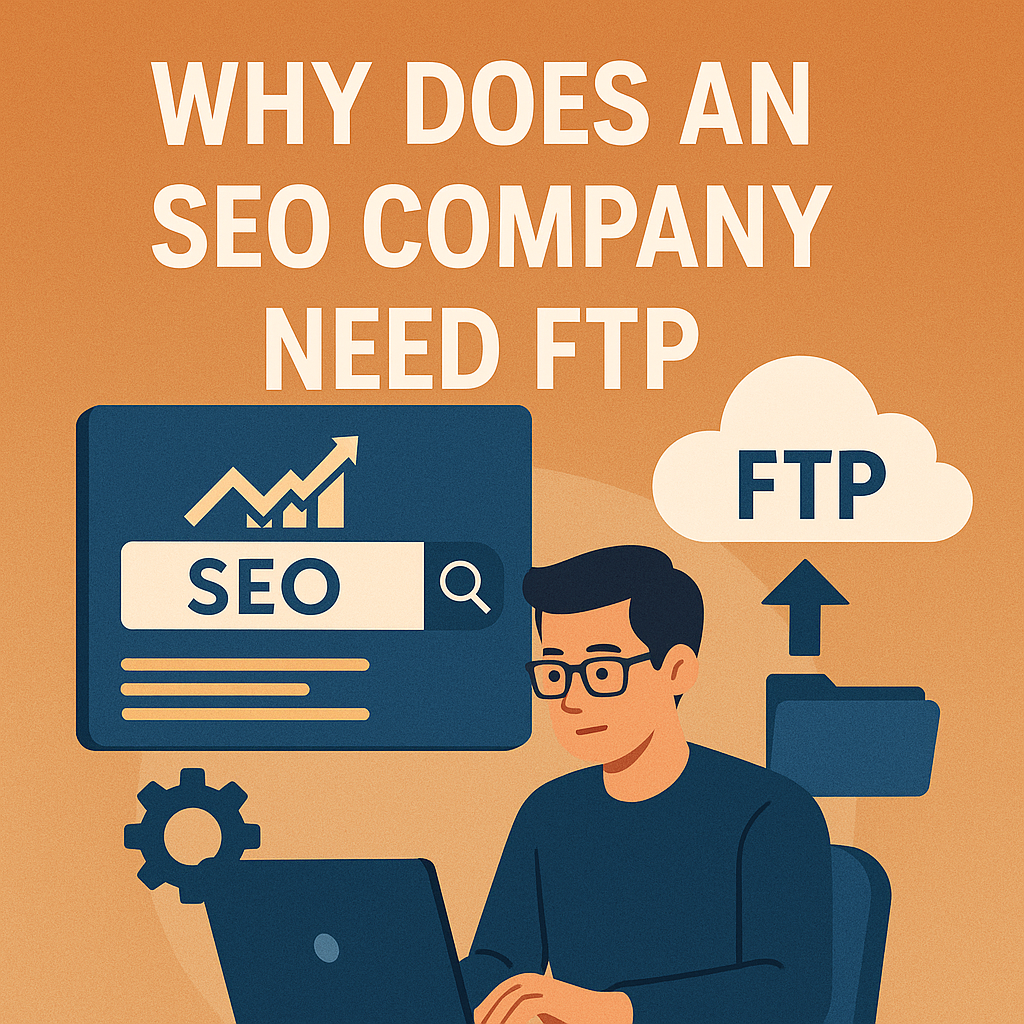
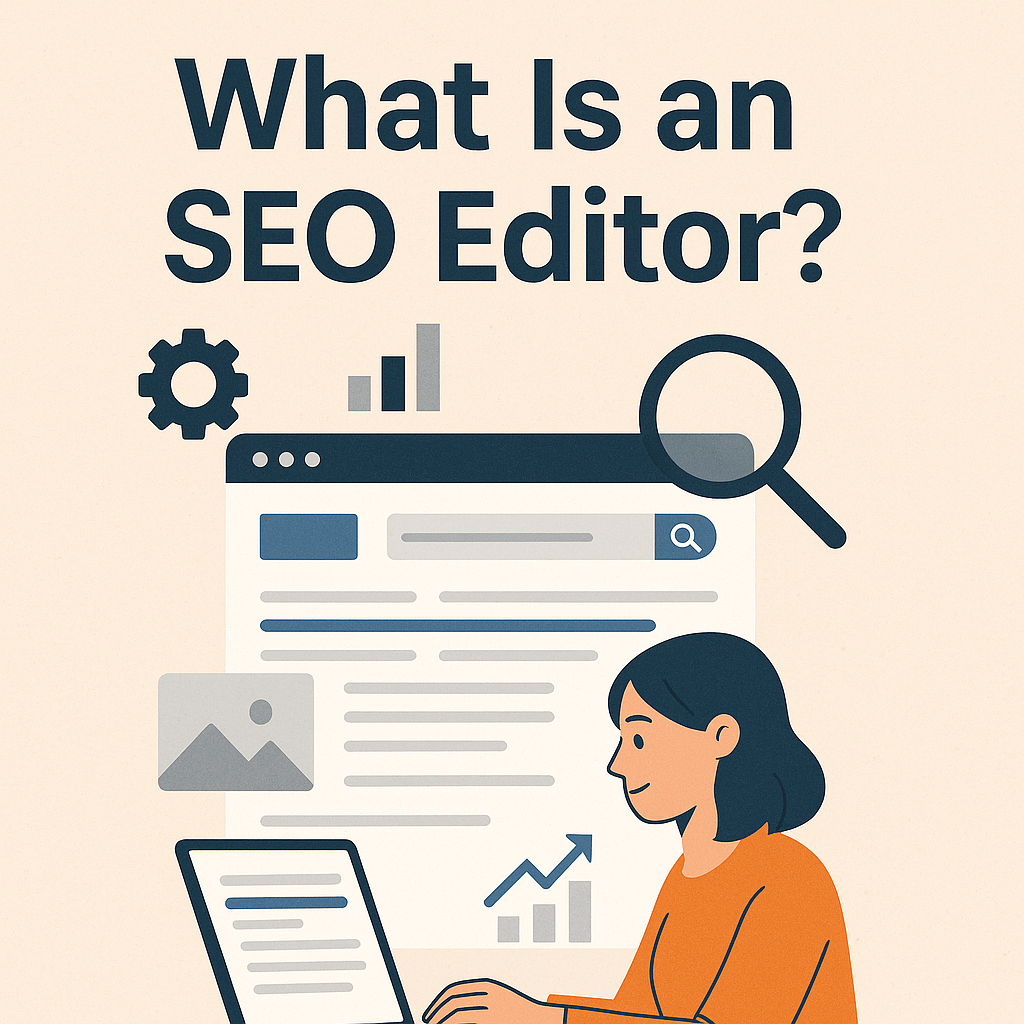
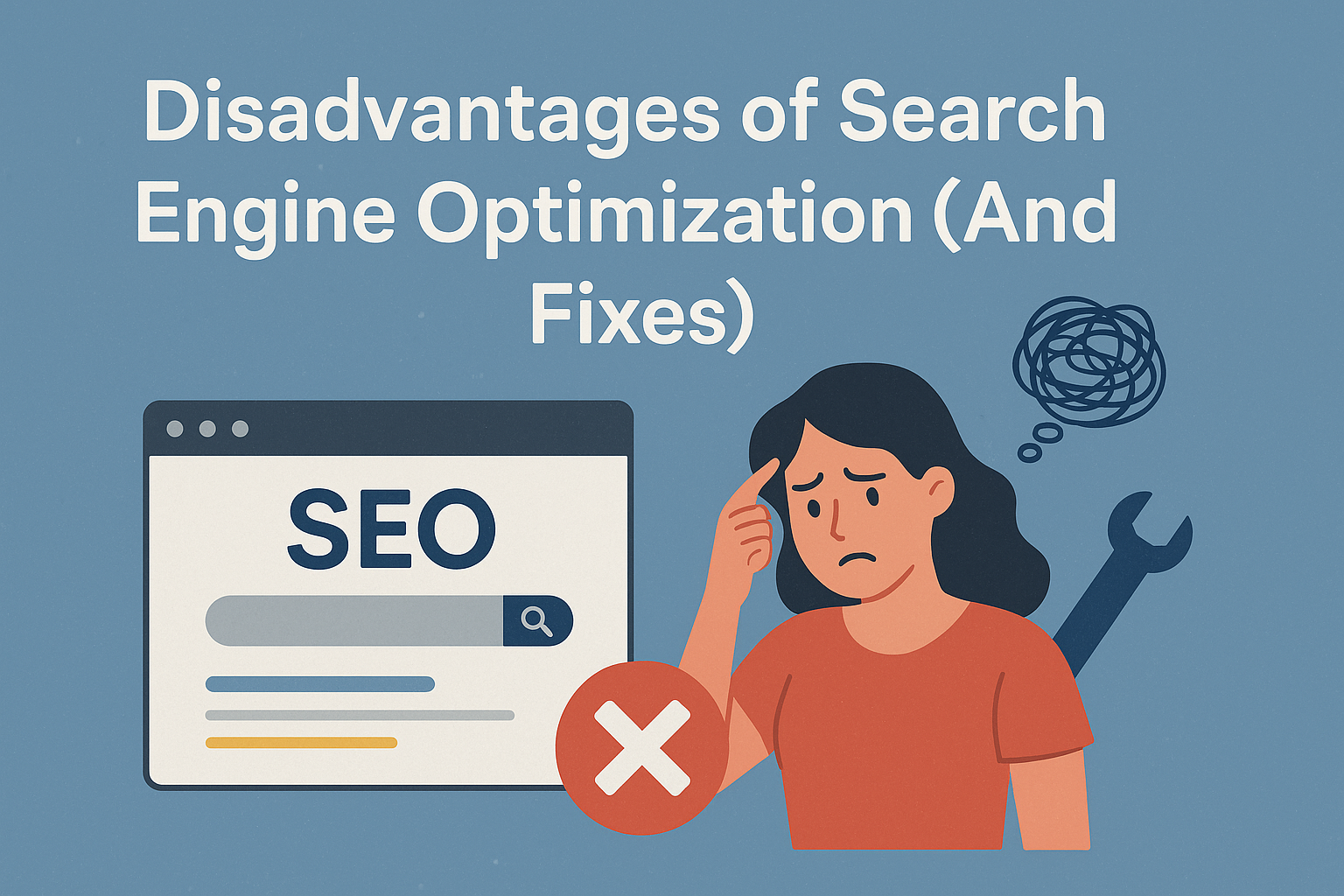
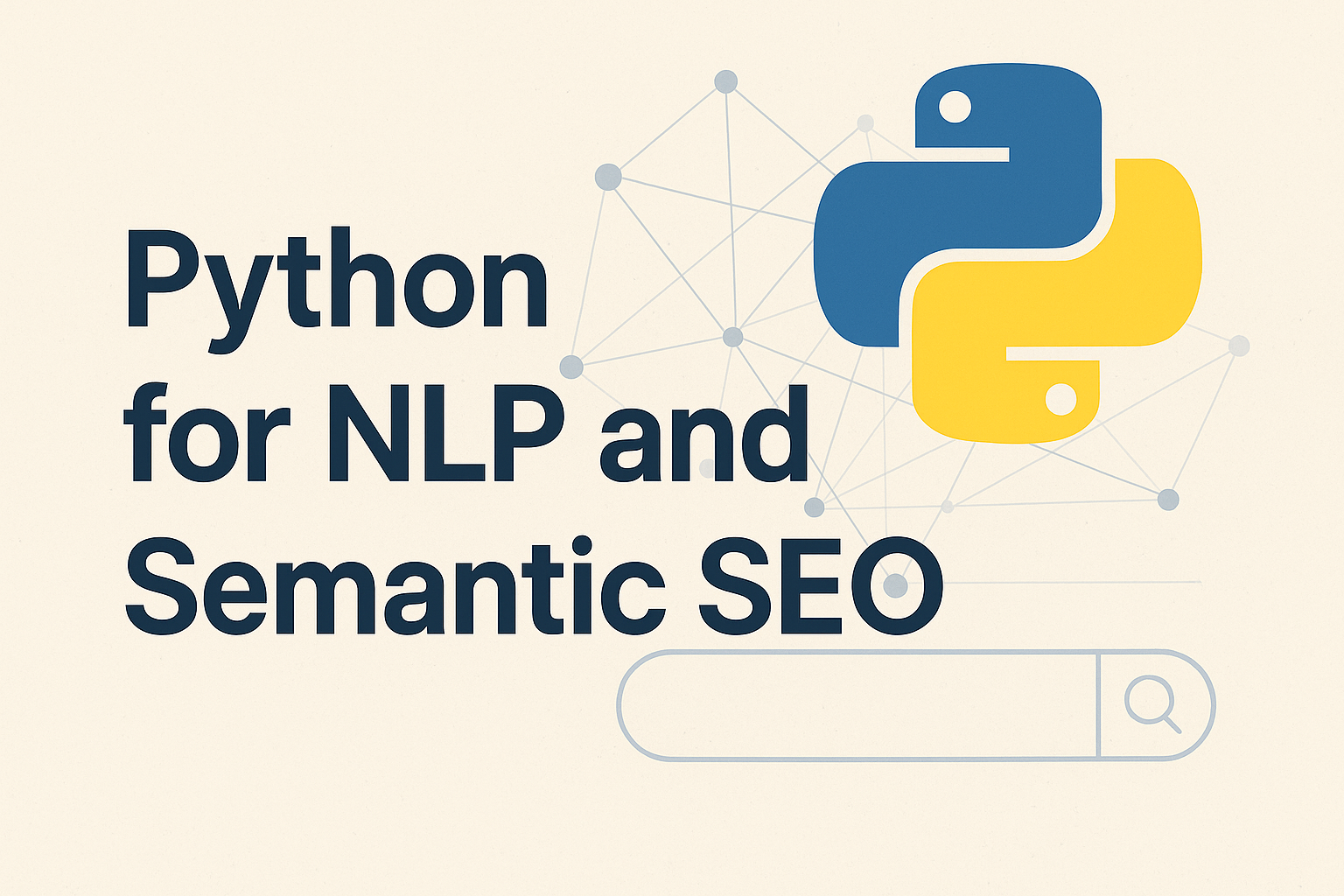
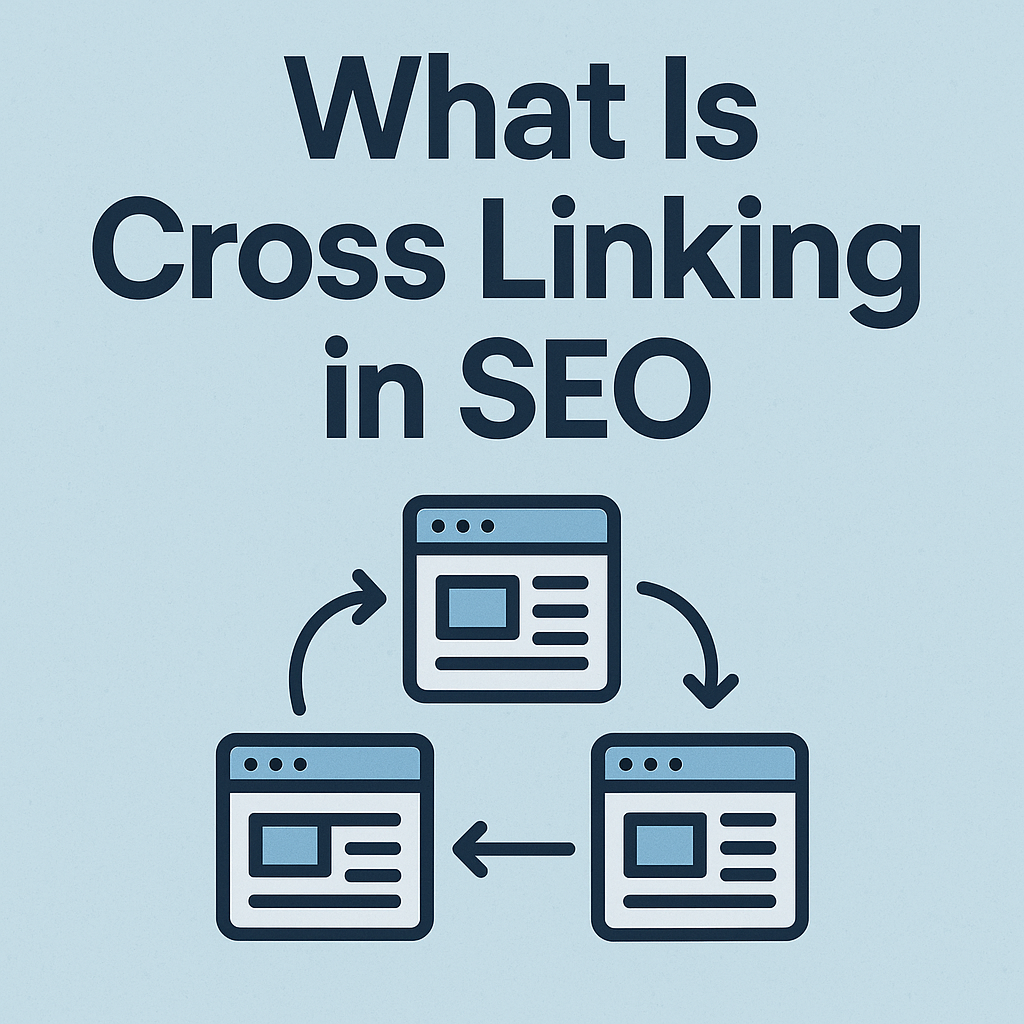

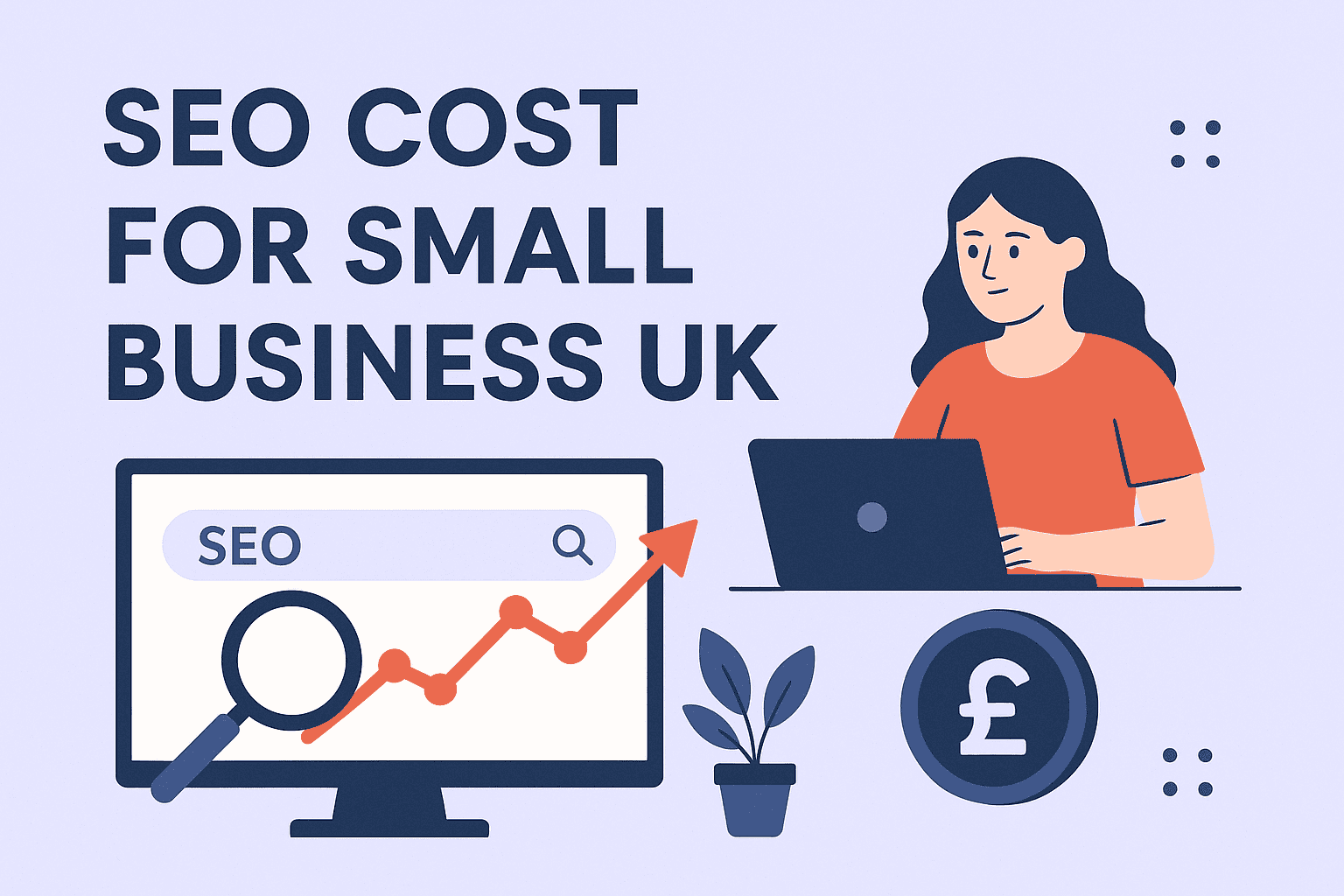
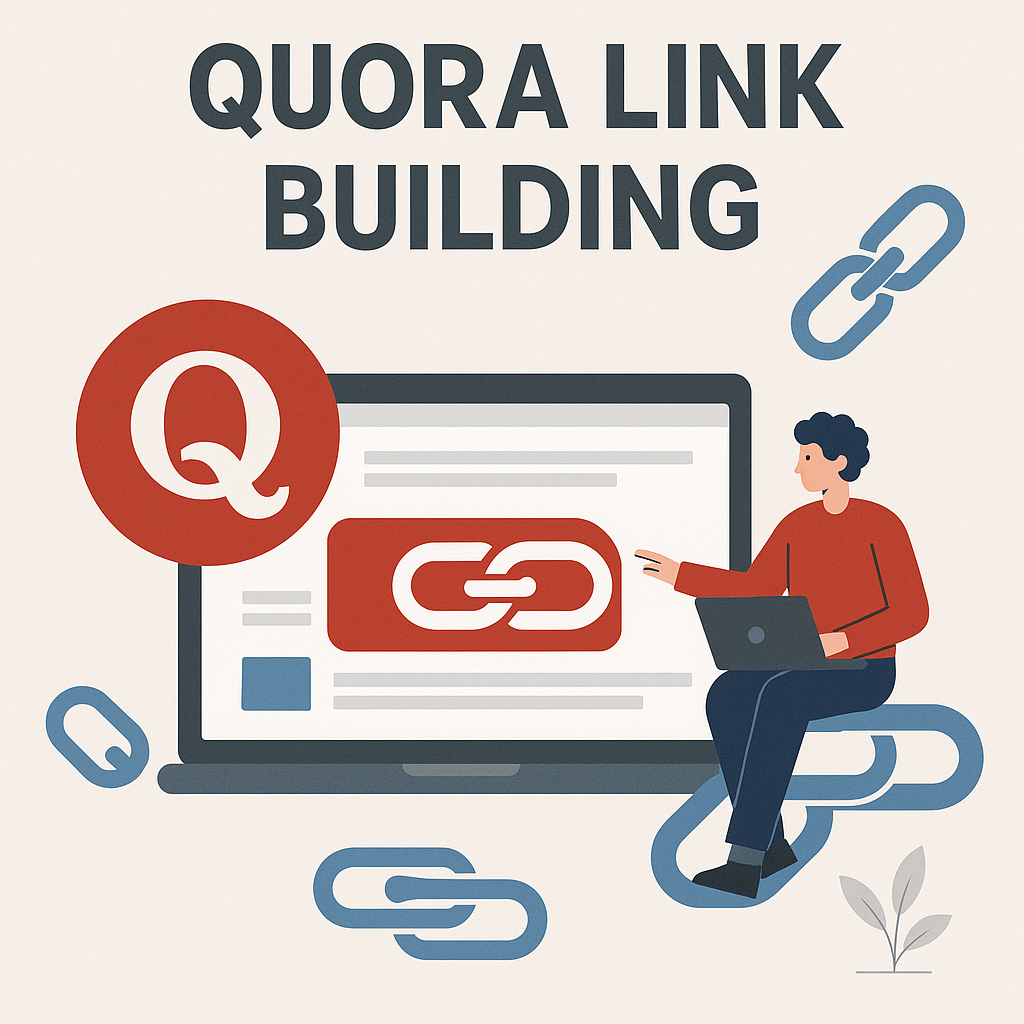
![How Many Outbound Links Per Blog [2025 Updated]](https://backlinkmanagement.io/wp-content/uploads/2025/06/How-Many-Outbound-Links-Per-Blog.png)
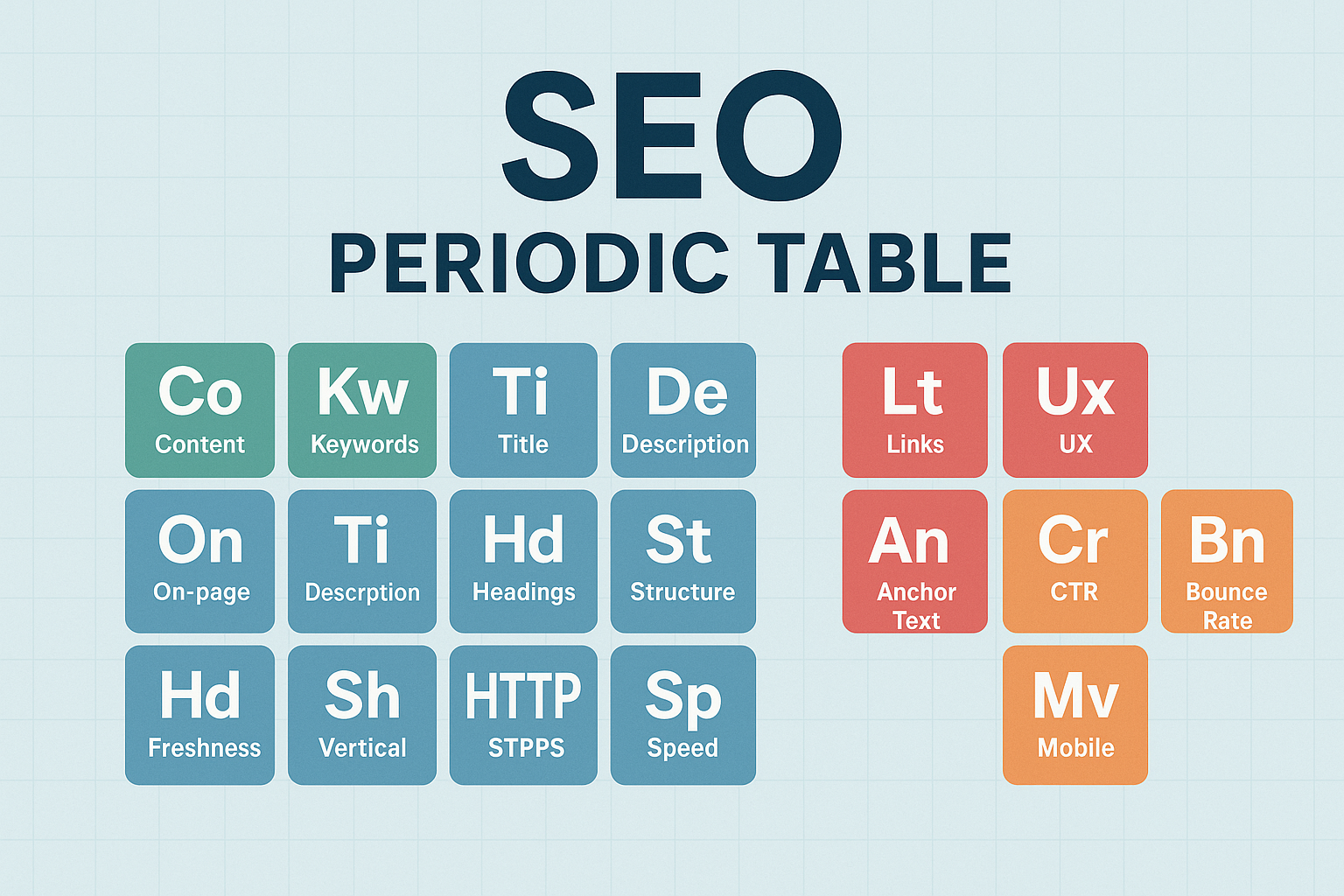
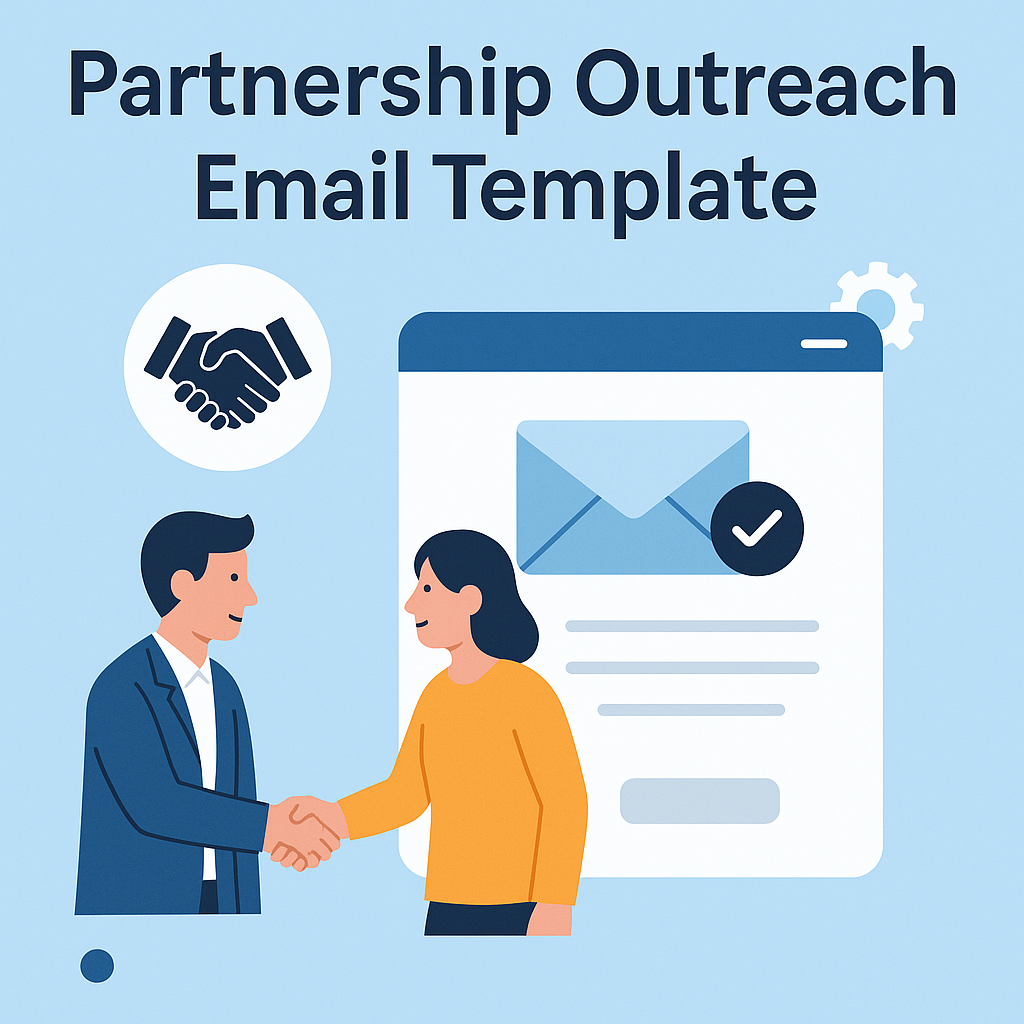
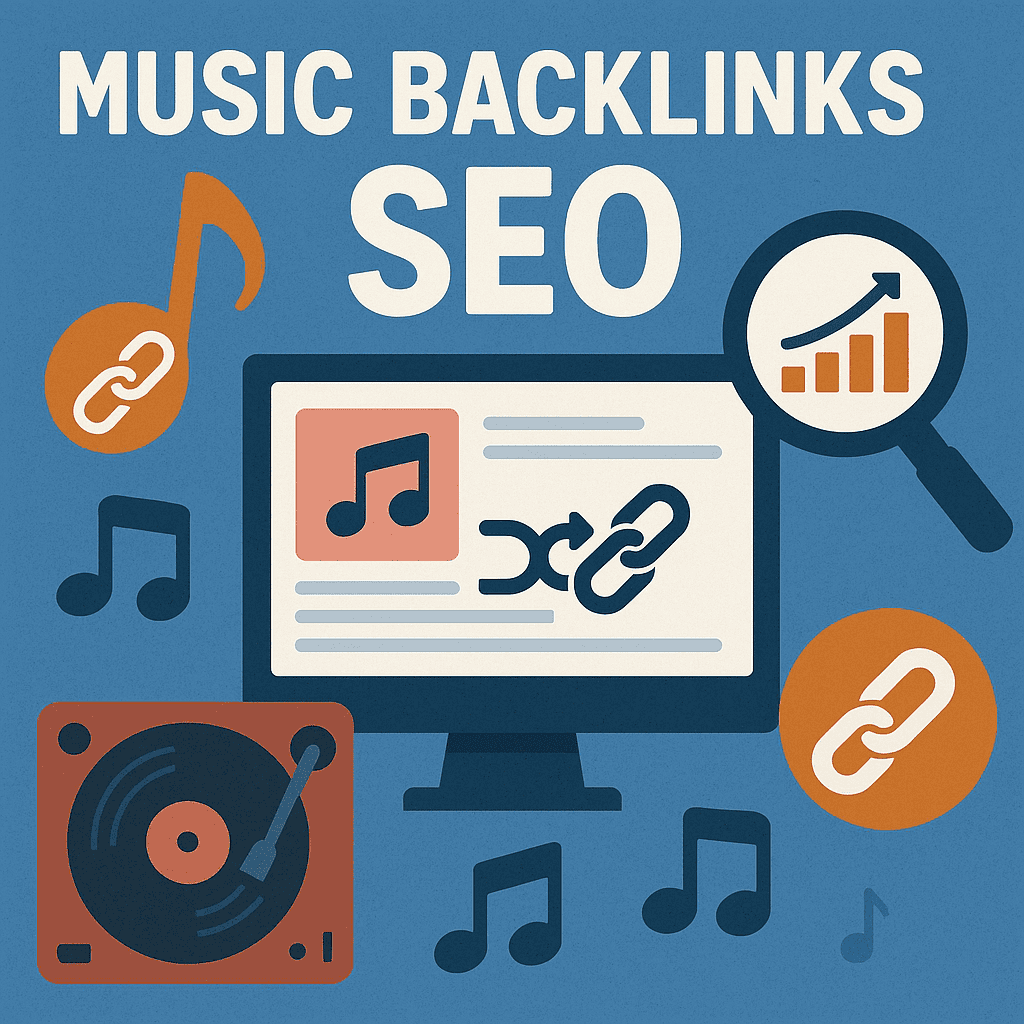
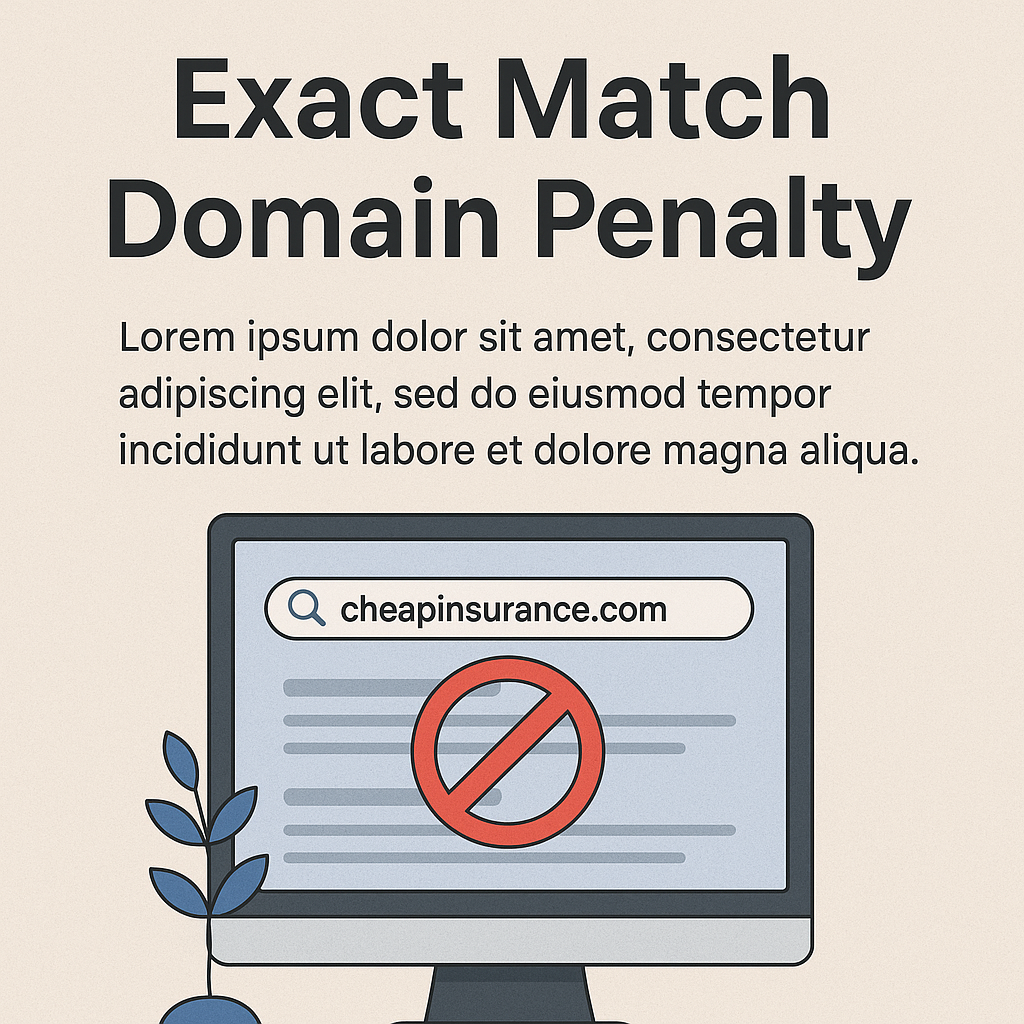
![B2B and B2C Website Examples [2025 Updated]](https://backlinkmanagement.io/wp-content/uploads/2025/05/B2B-and-B2C-Website-Example-.png)
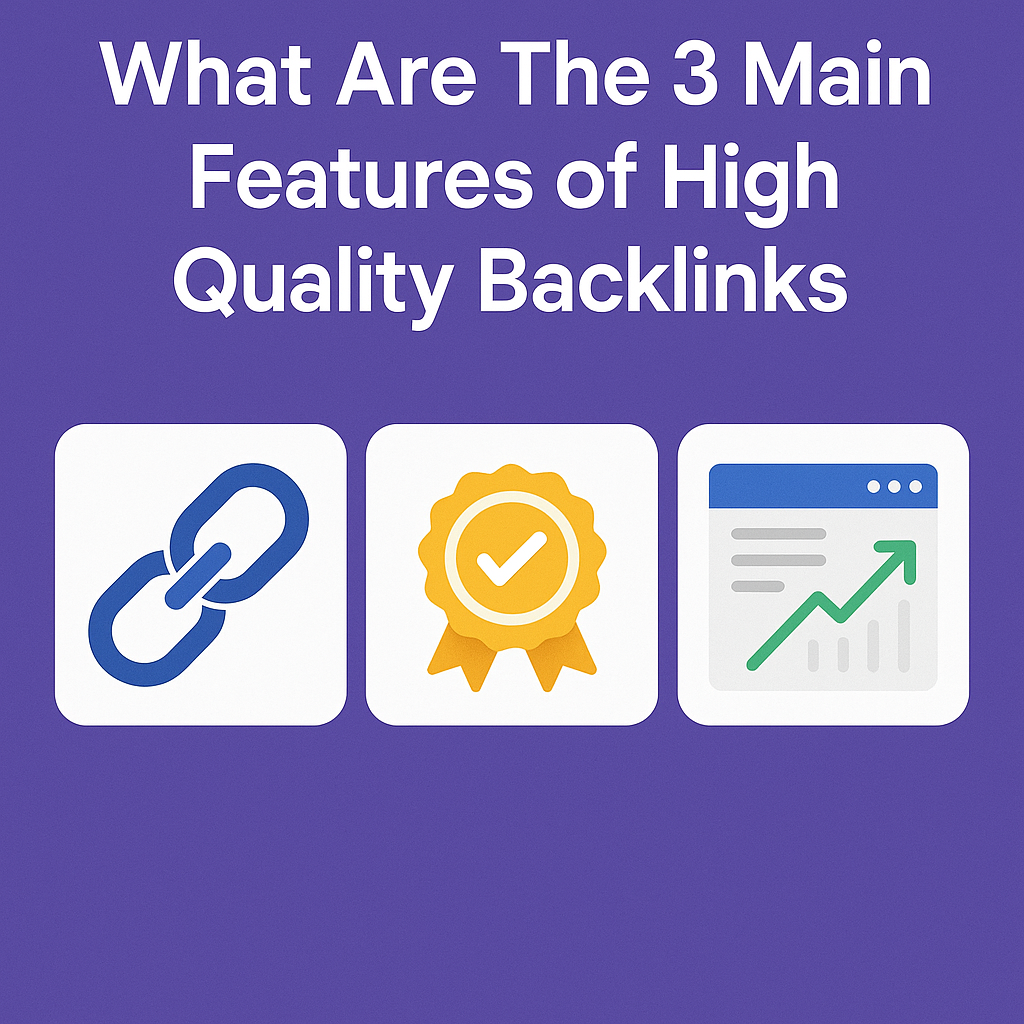
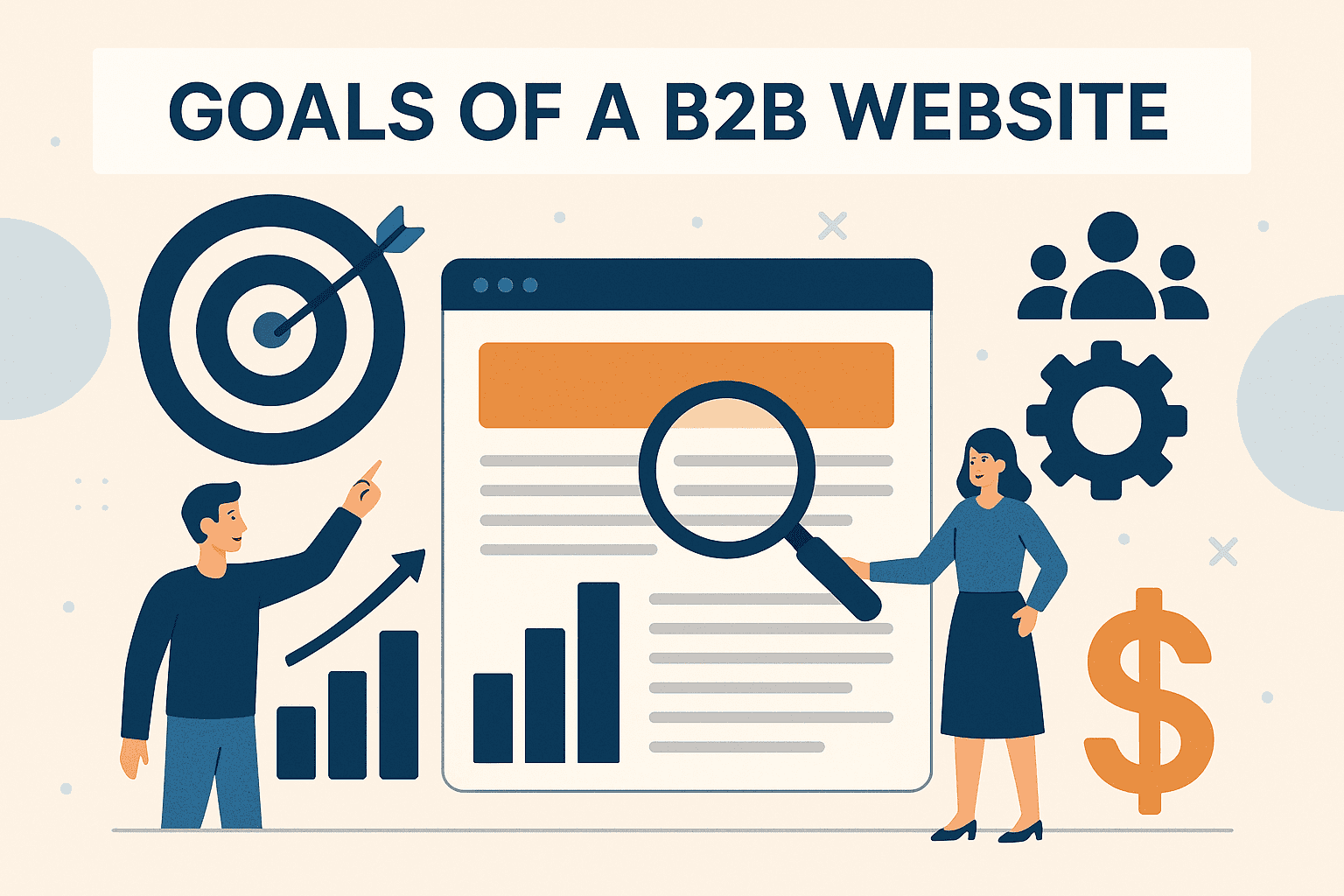
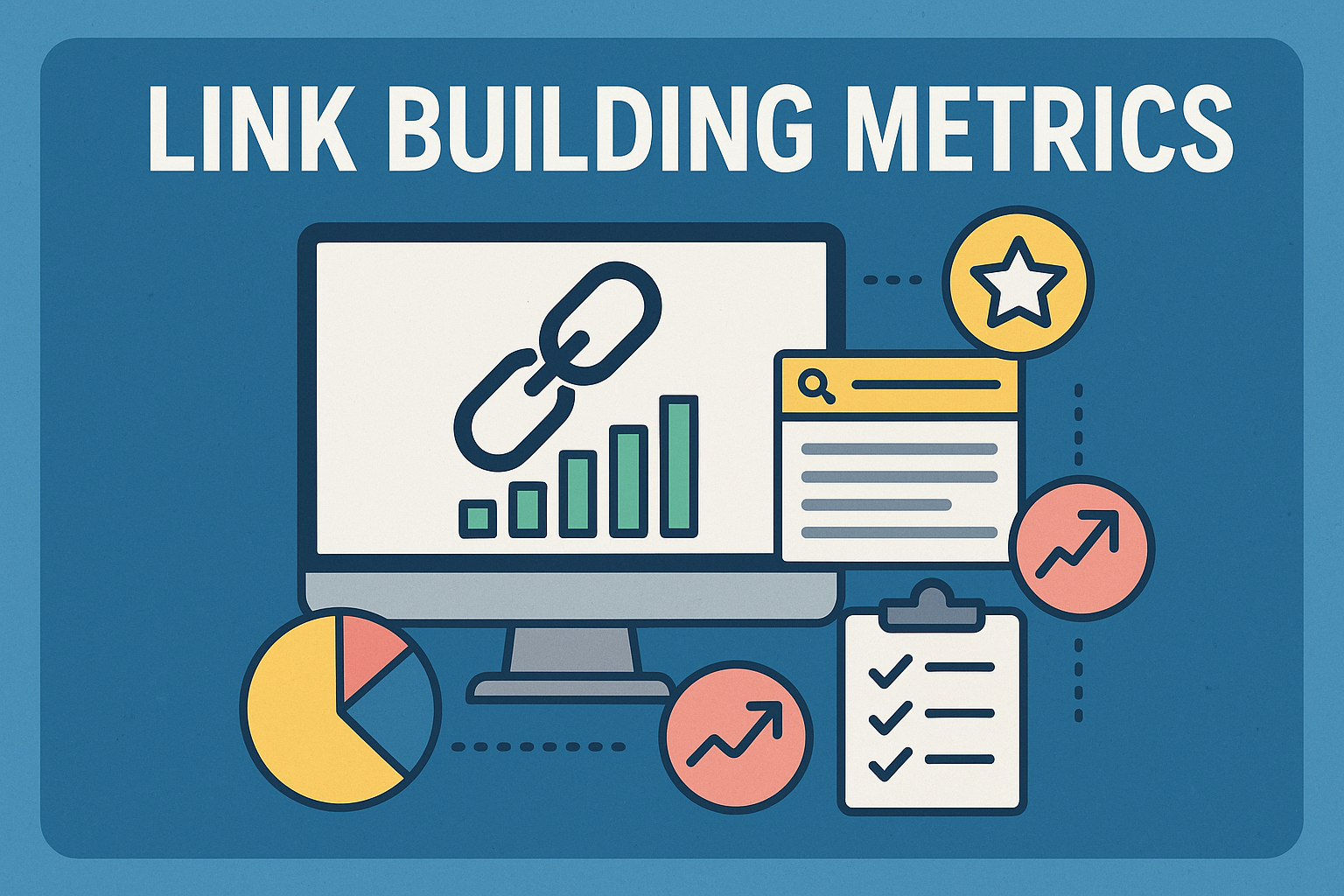
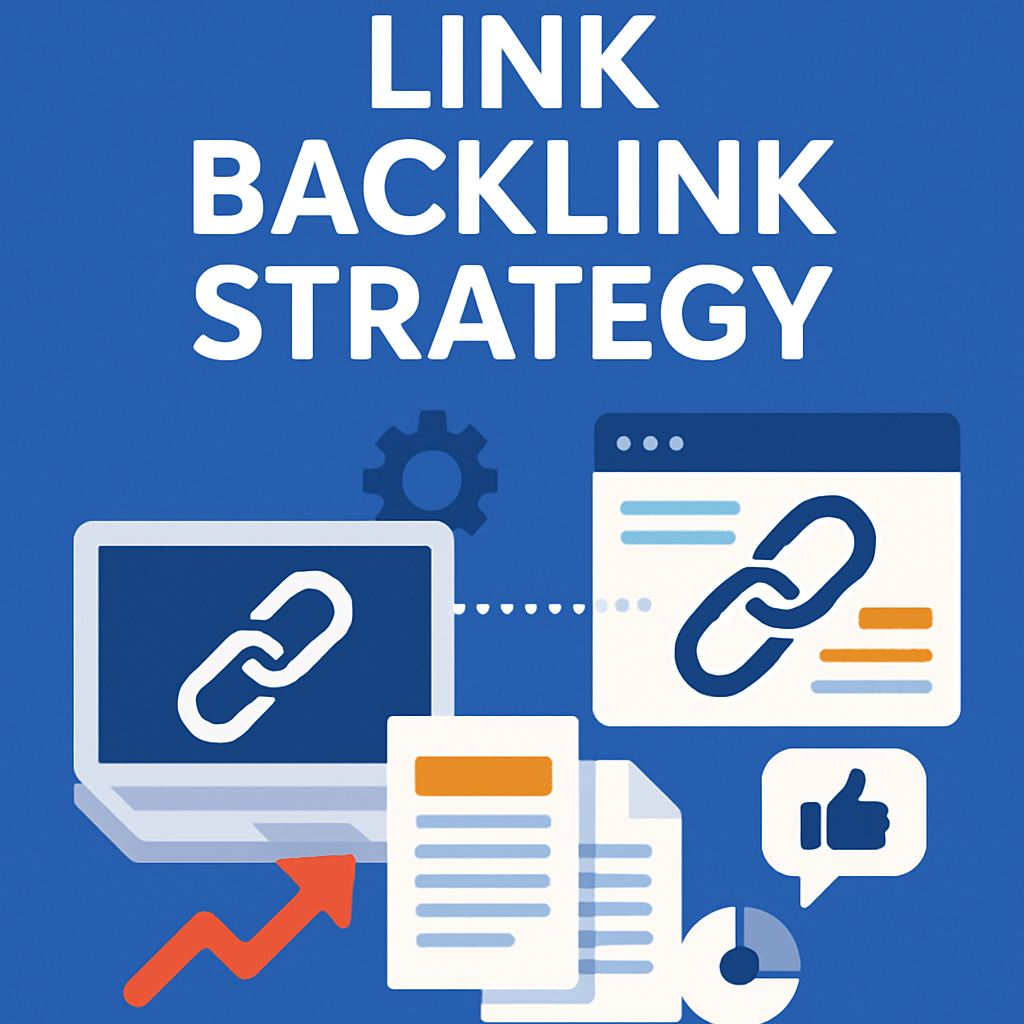
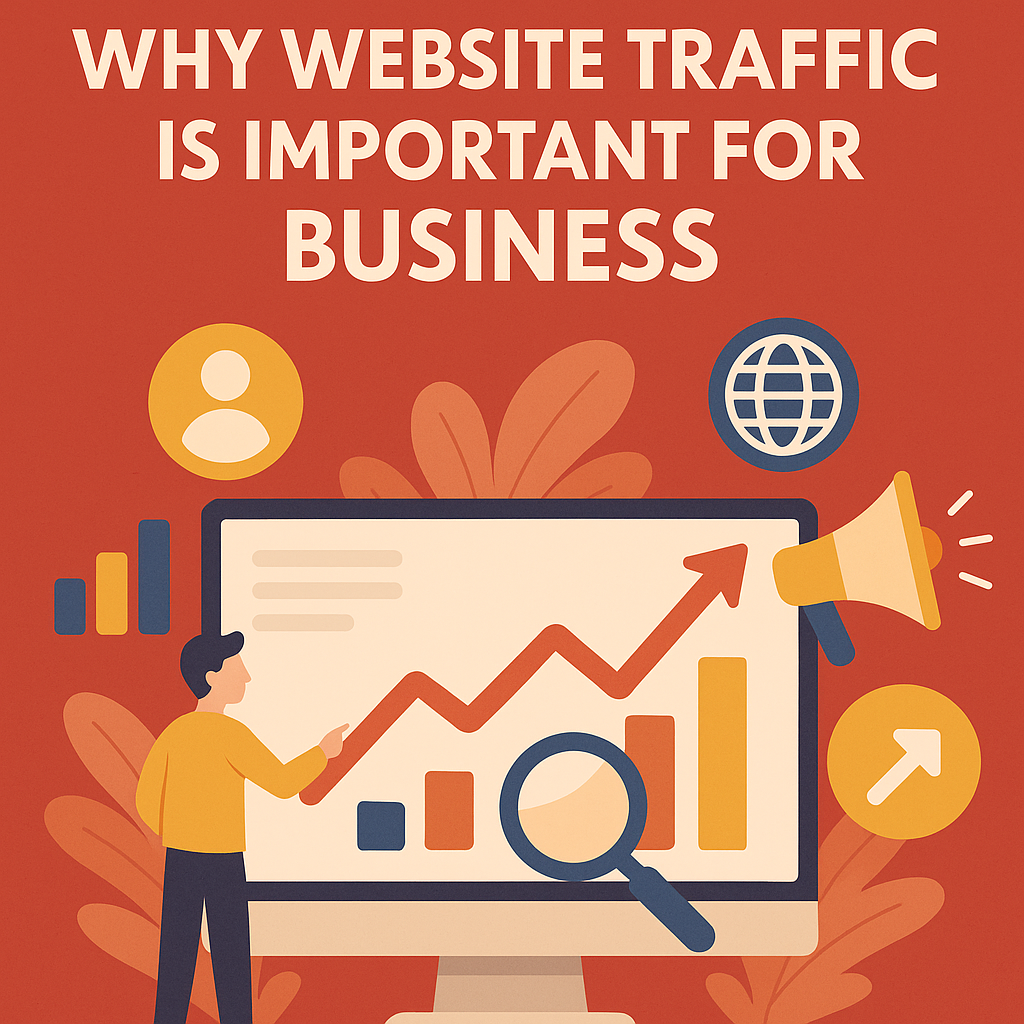
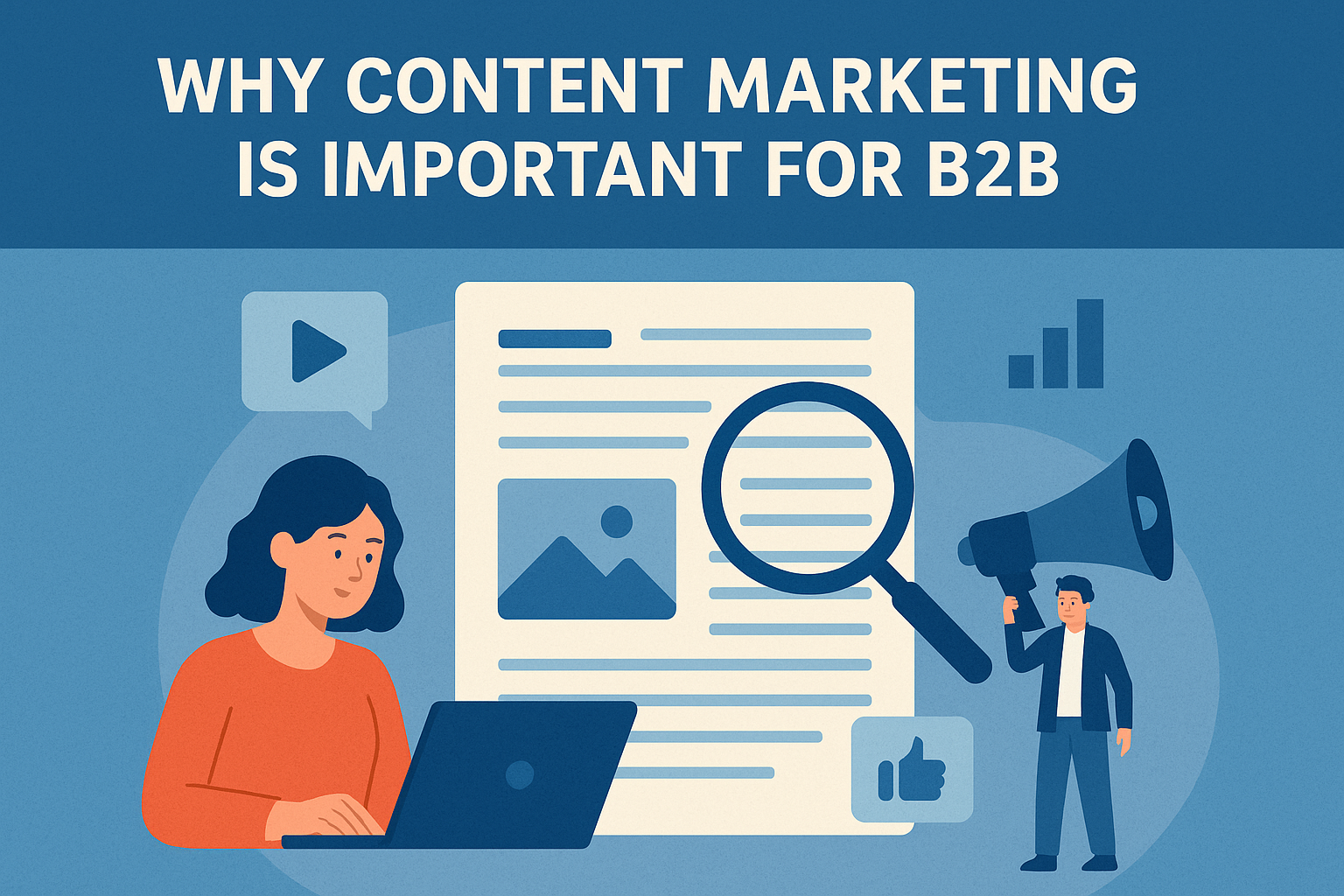
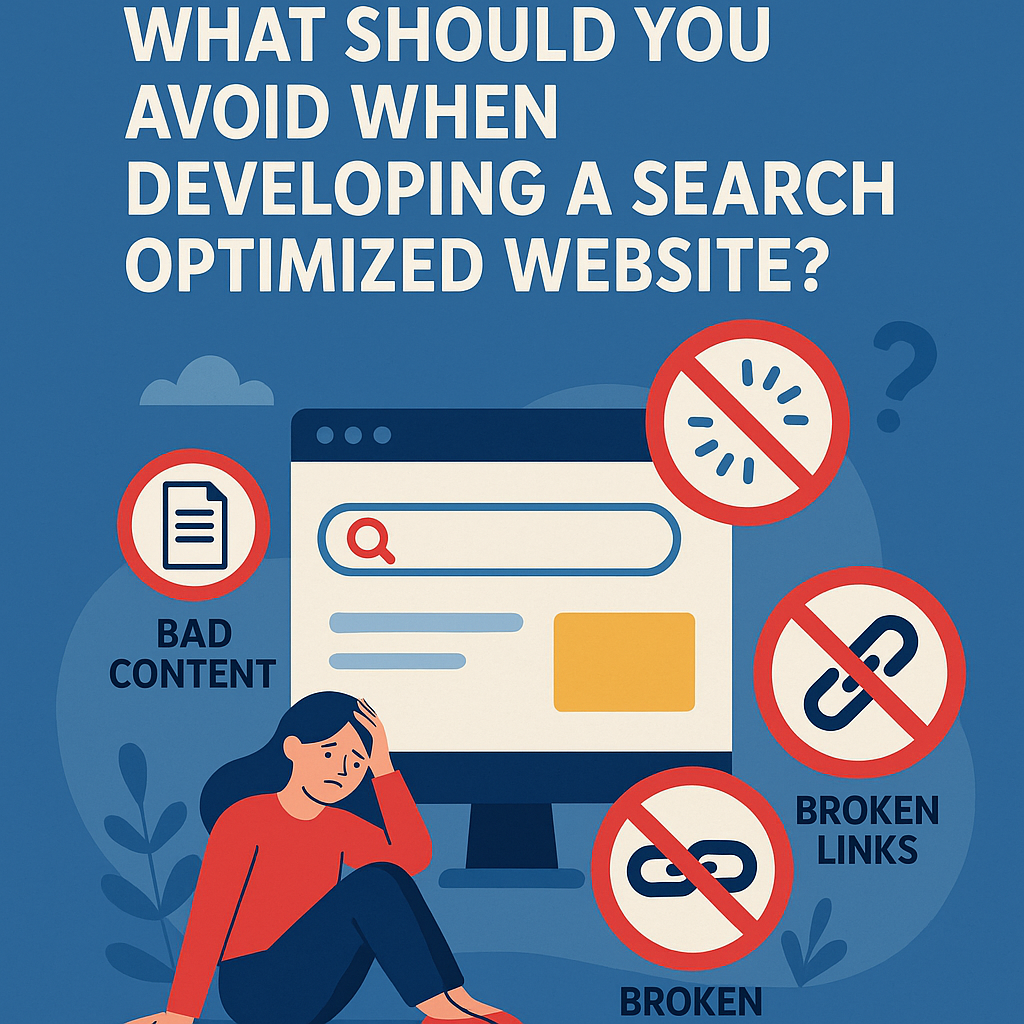
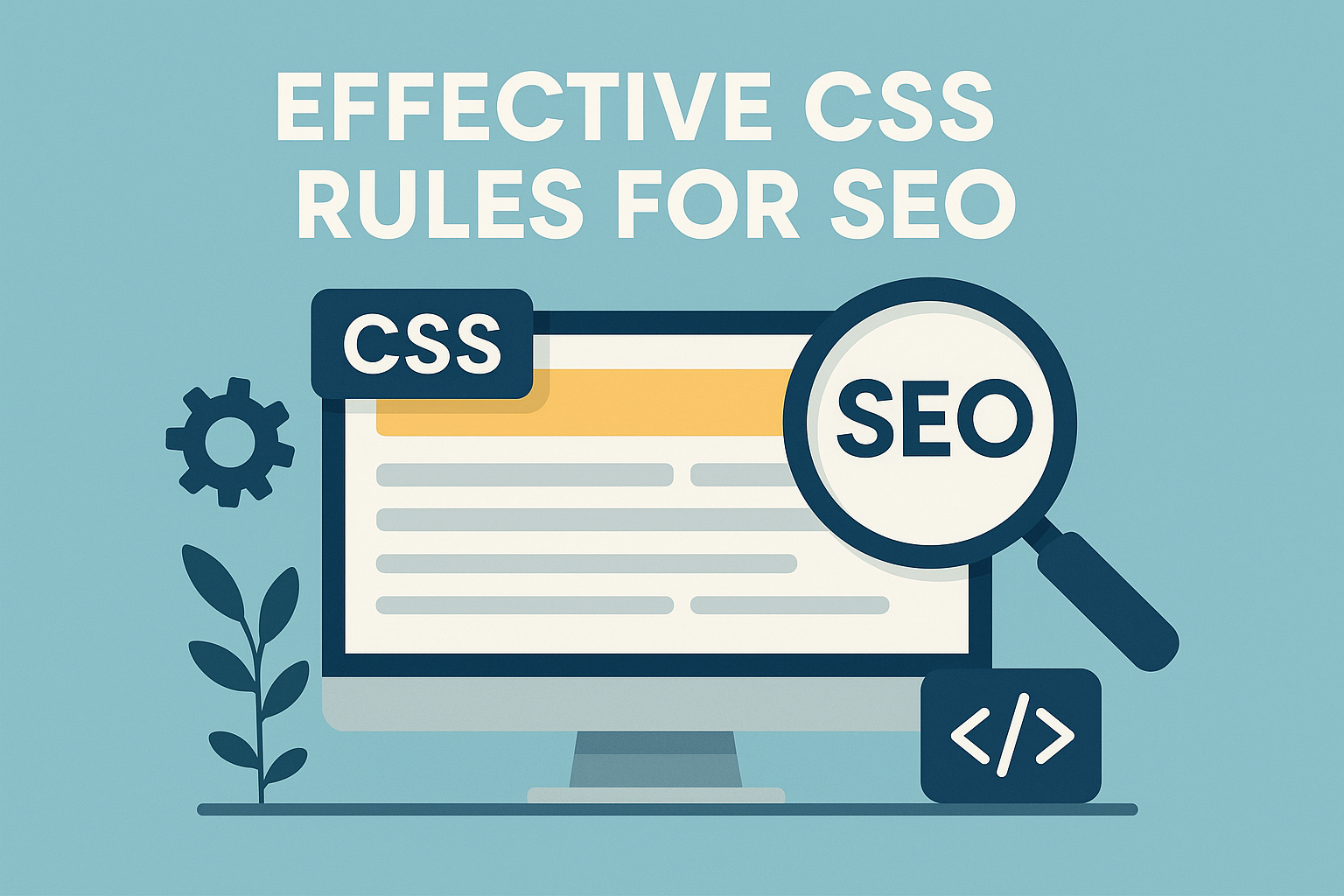

![What To Do After Keyword Research [2025 Guide]](https://backlinkmanagement.io/wp-content/uploads/2025/05/What-To-Do-After-Keyword-Research.png)
![Is Page Speed Really A Ranking Factor? [2025]](https://backlinkmanagement.io/wp-content/uploads/2025/05/Is-Page-Speed-Really-A-Ranking-Factor.png)
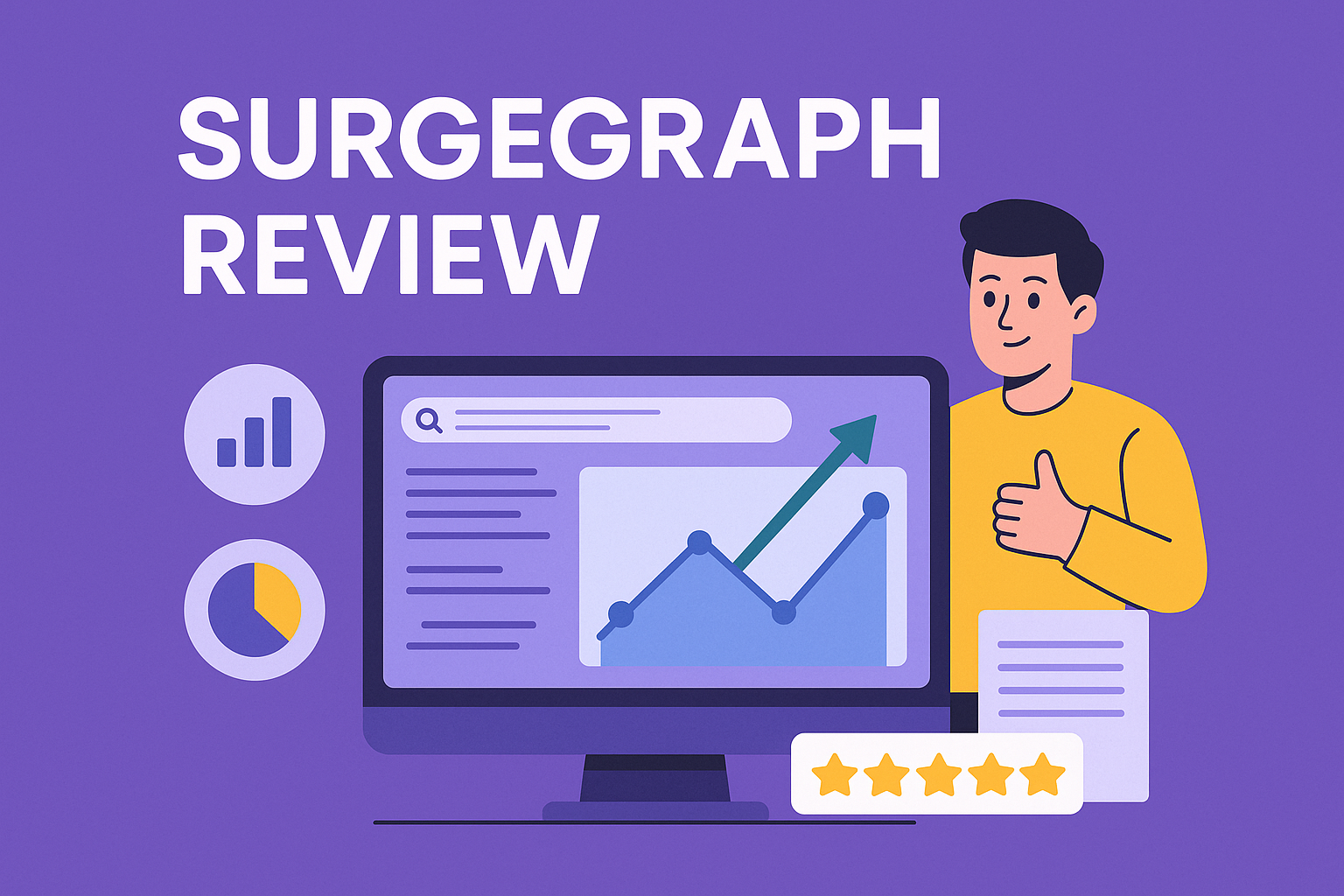
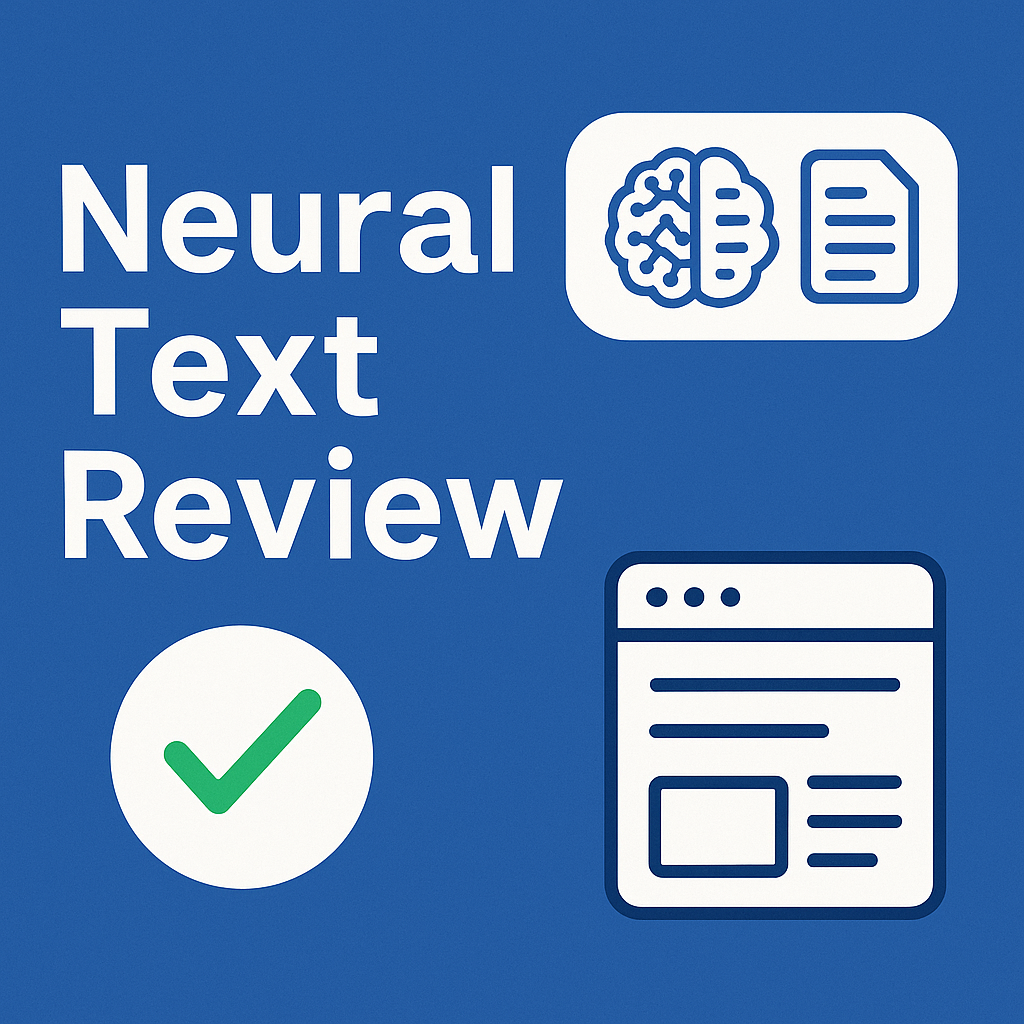
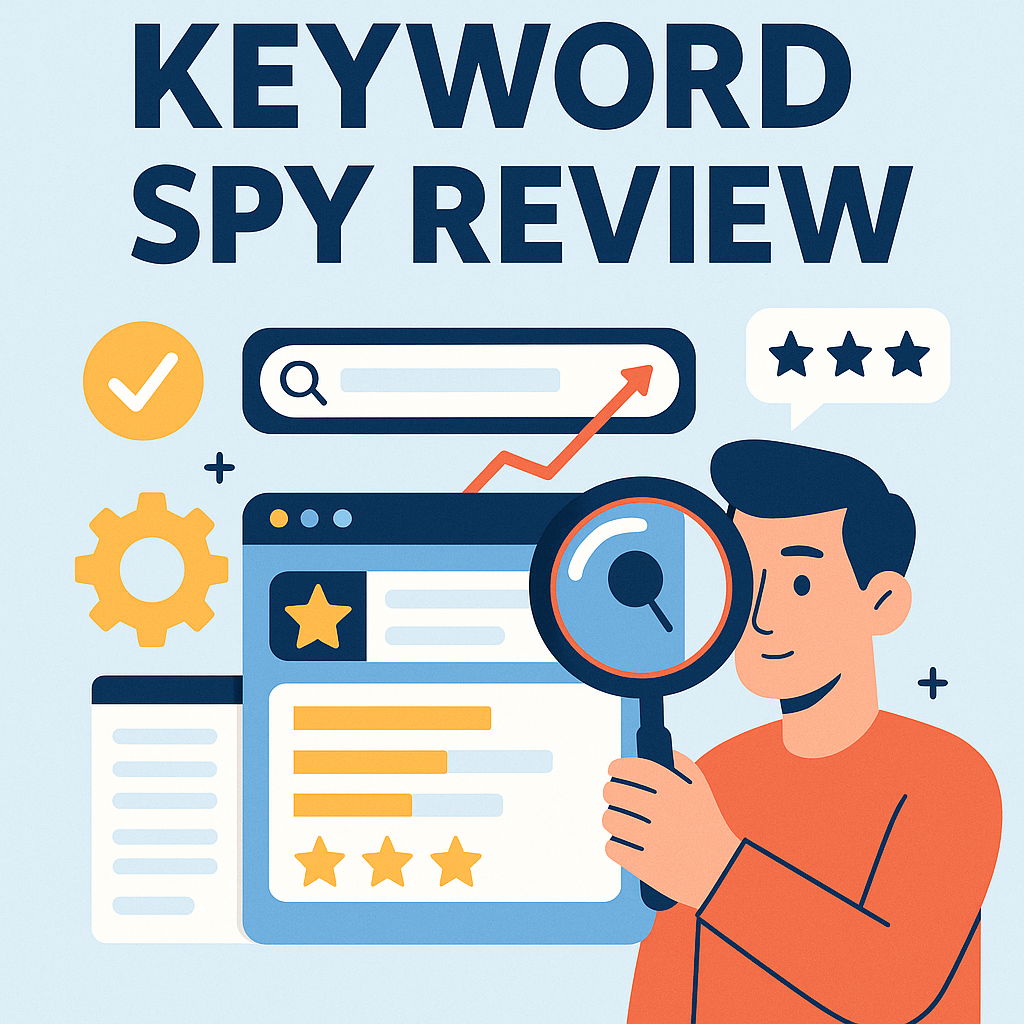


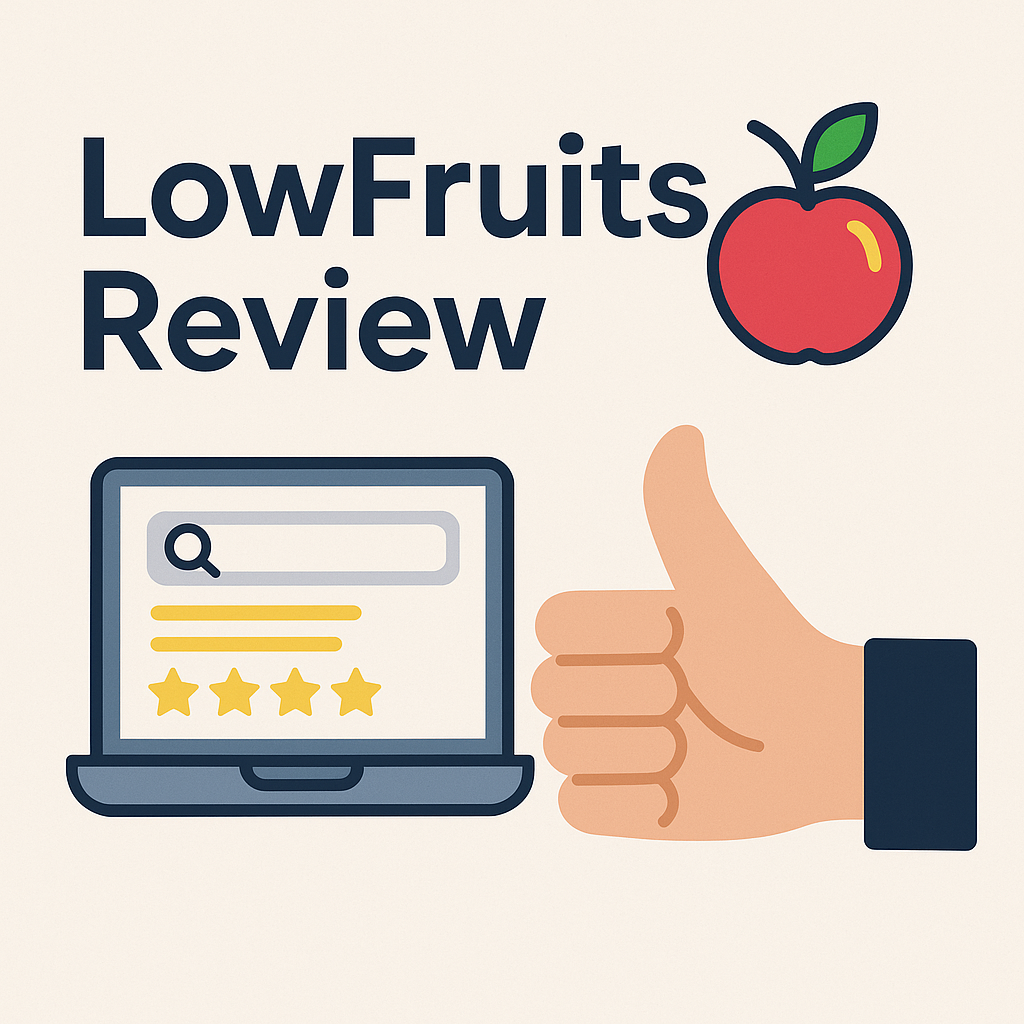
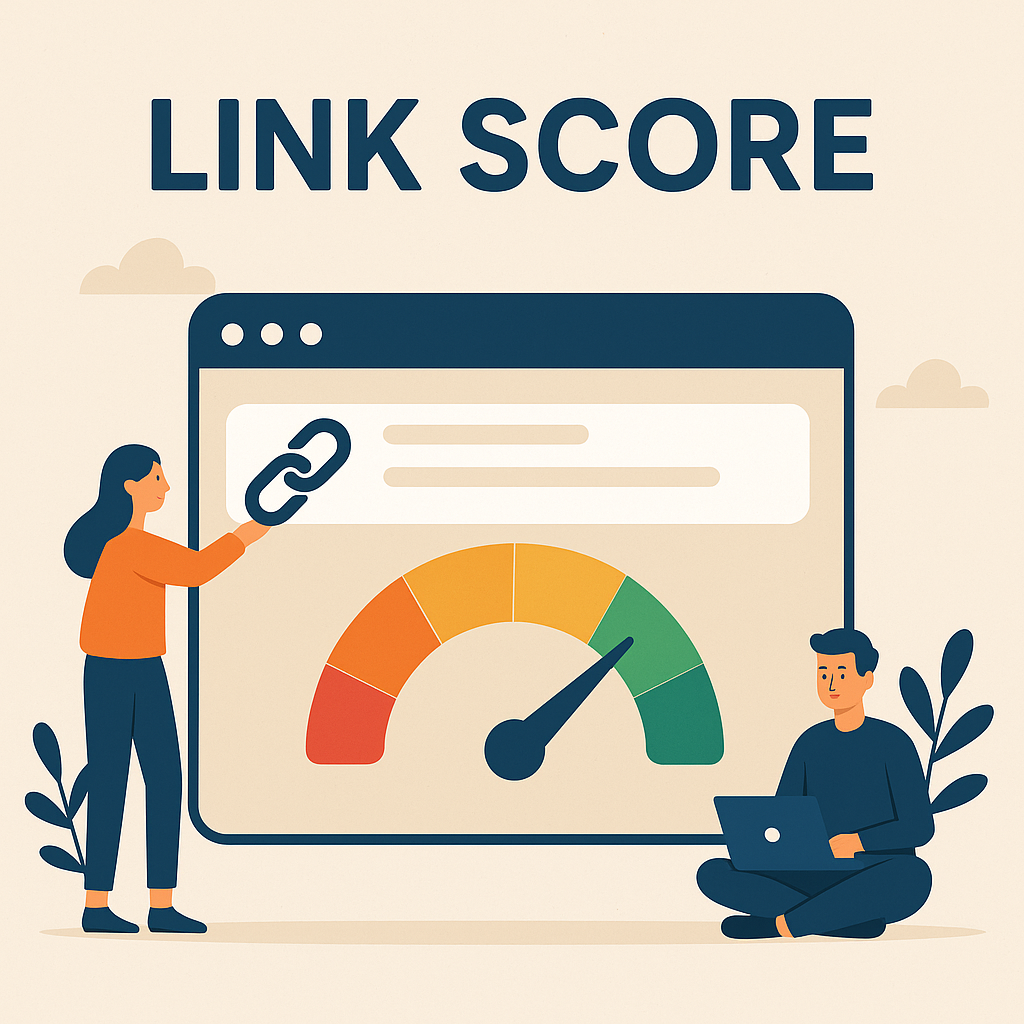
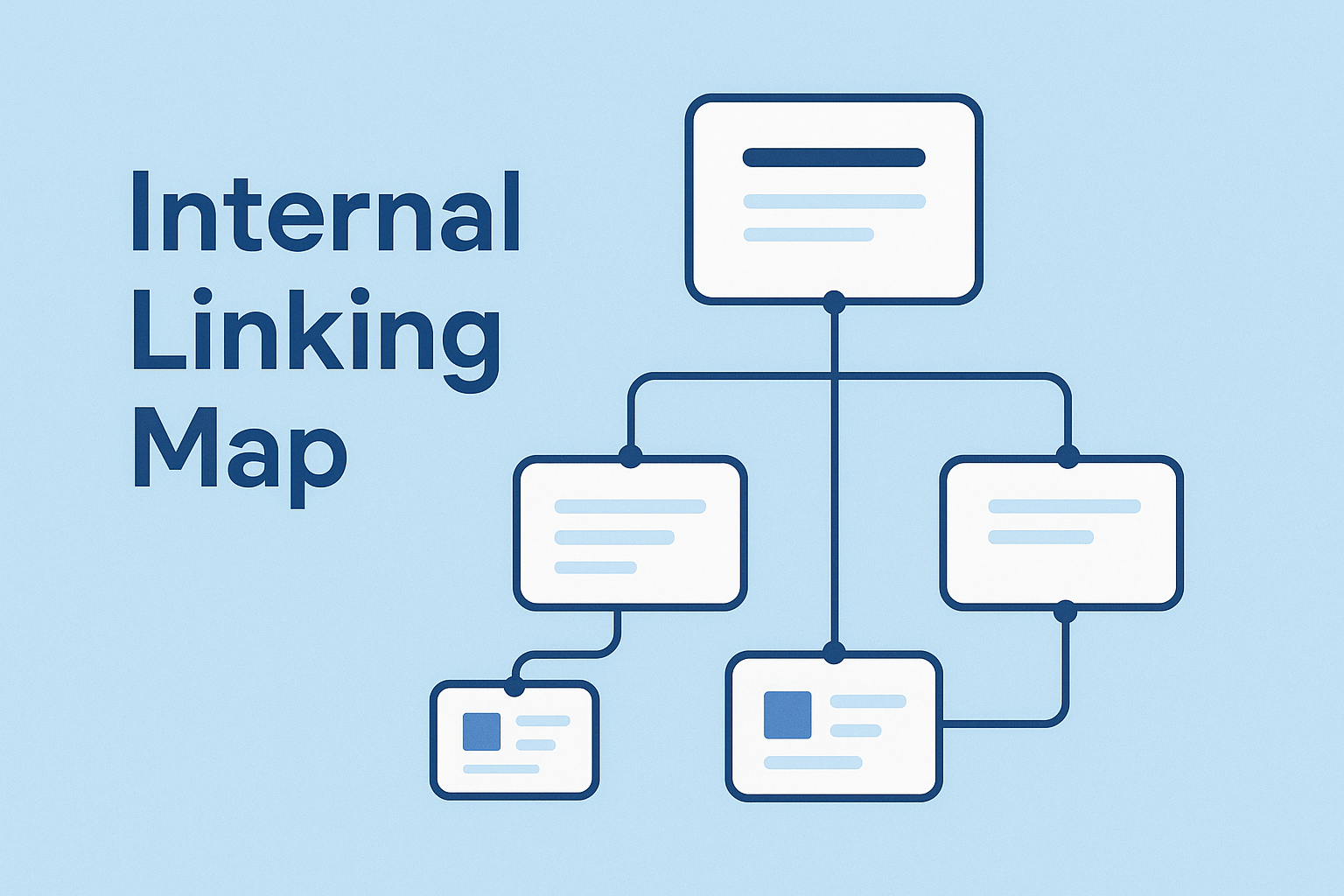

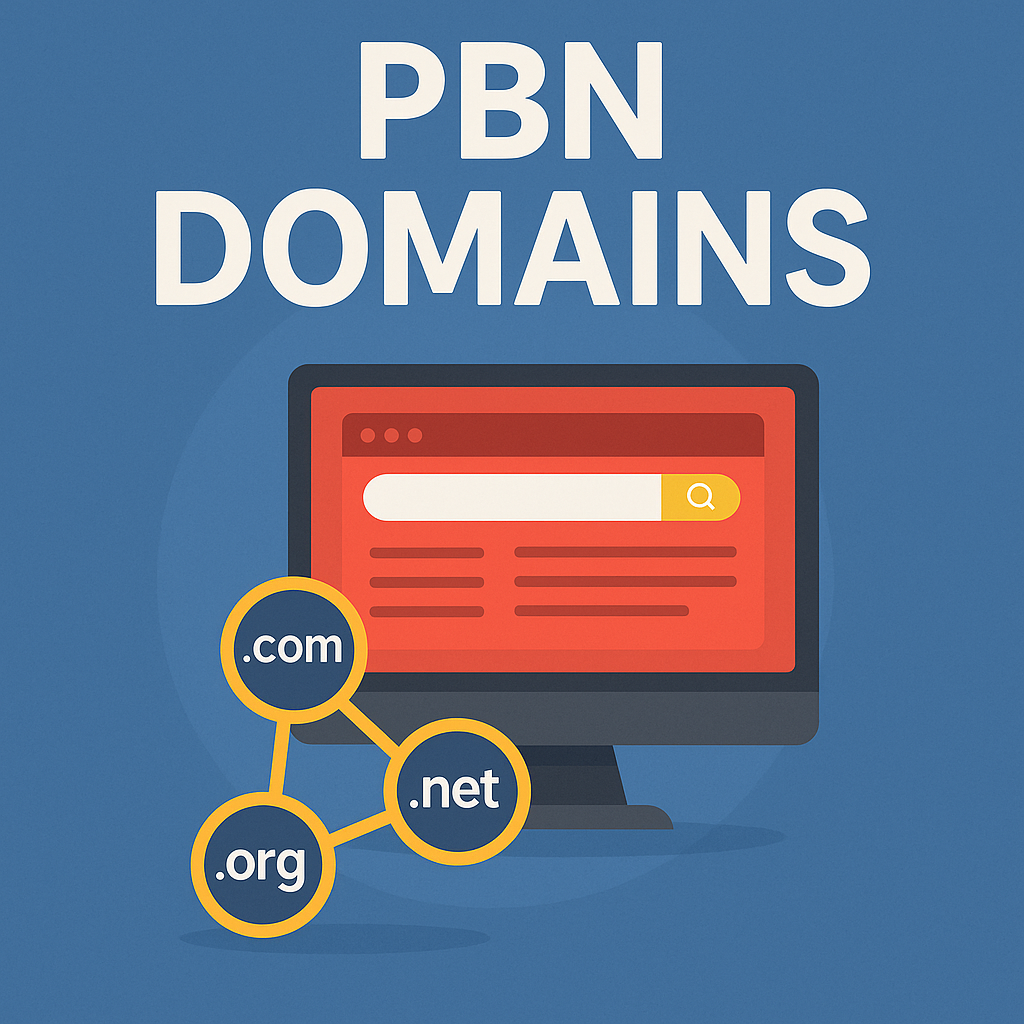
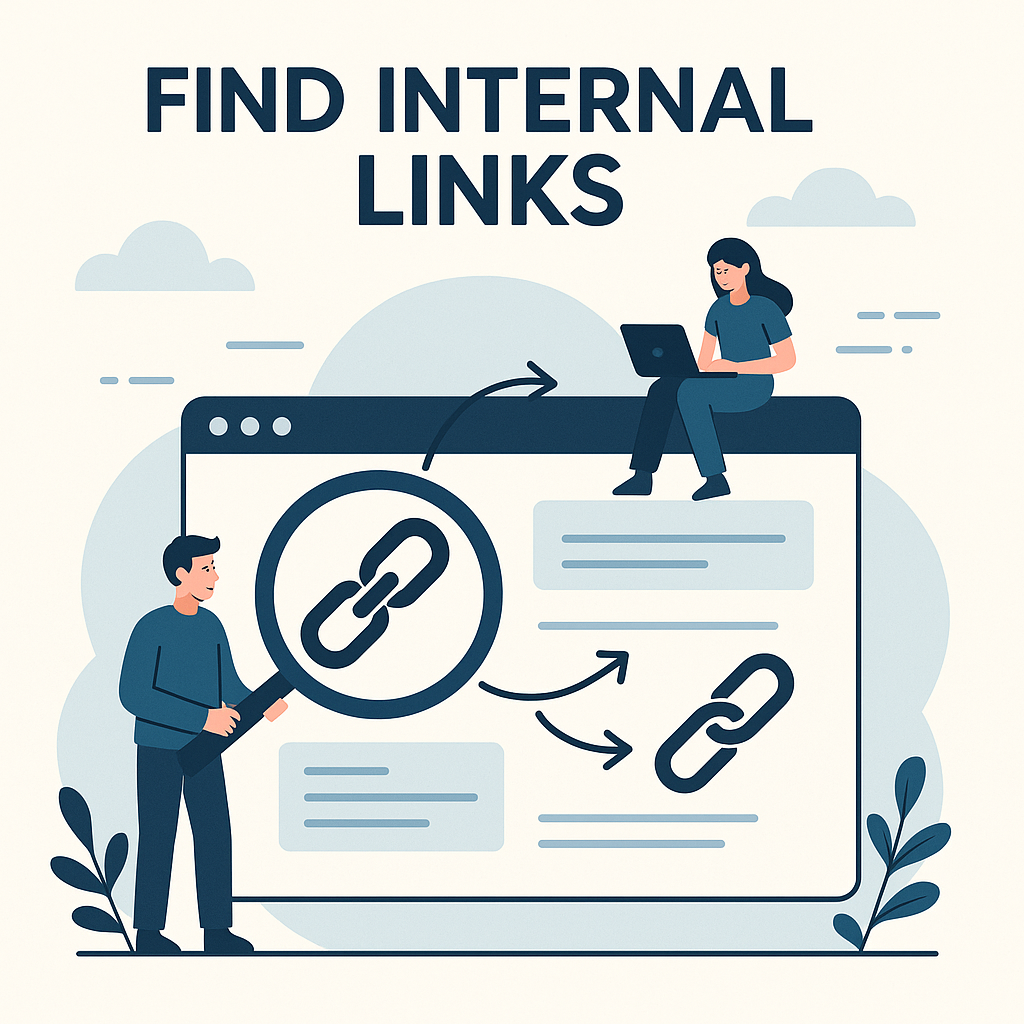
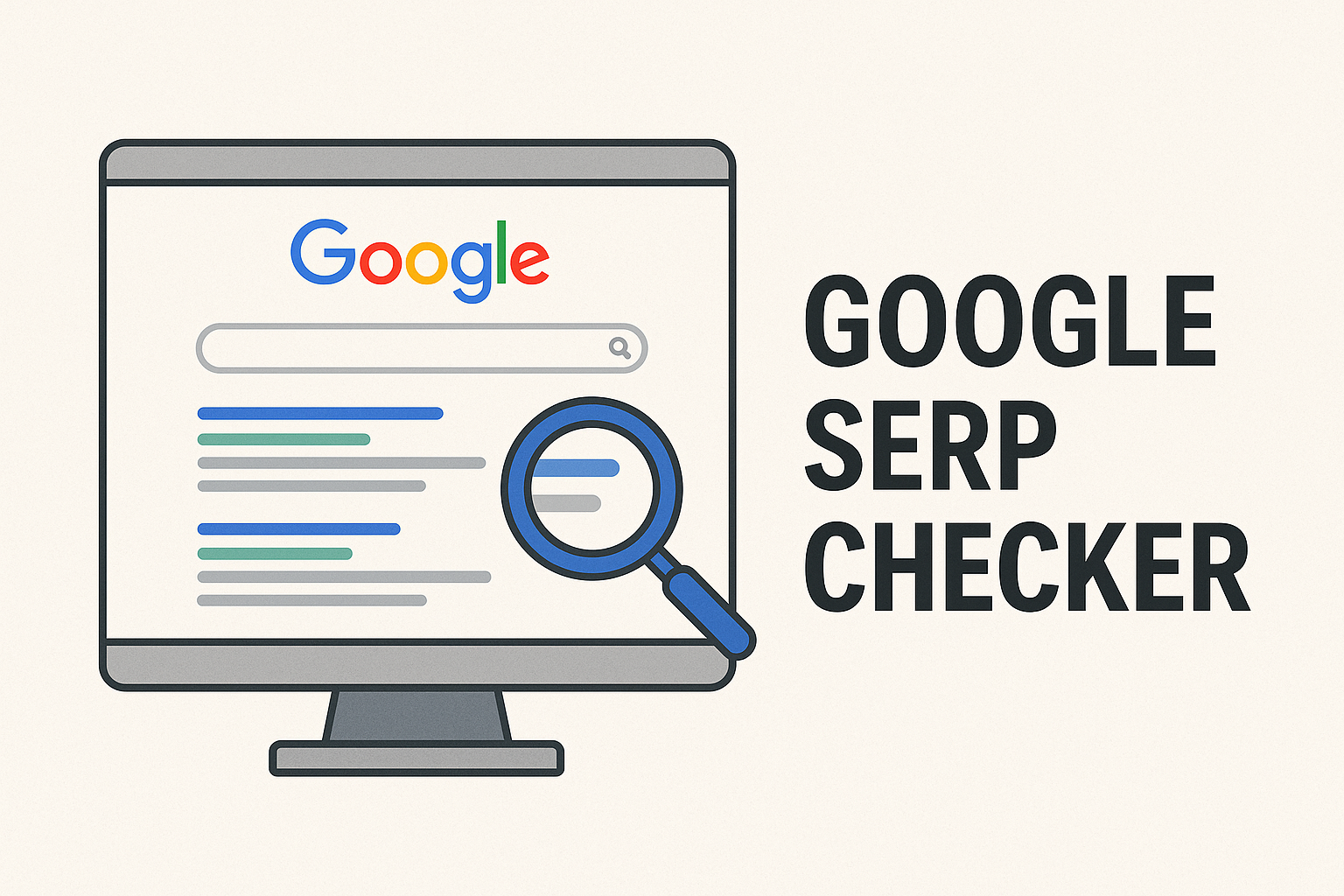
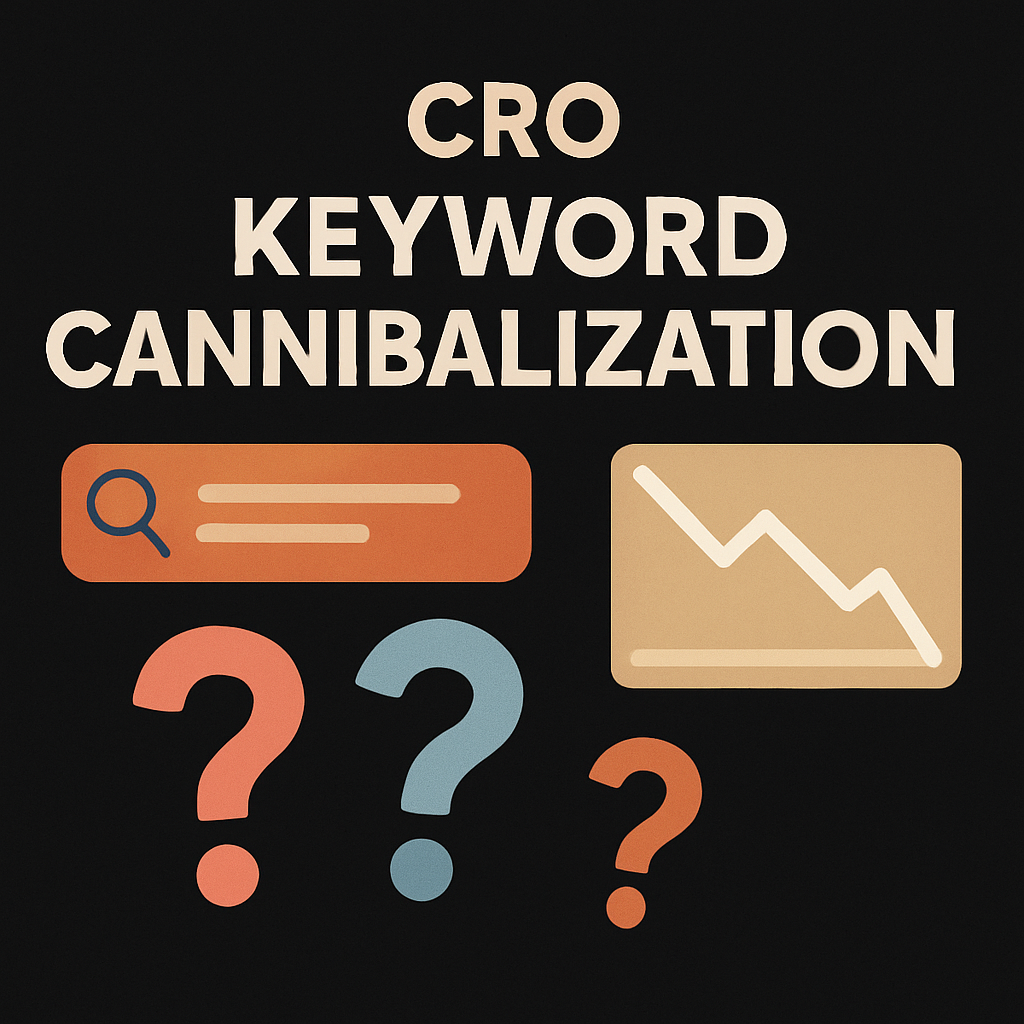
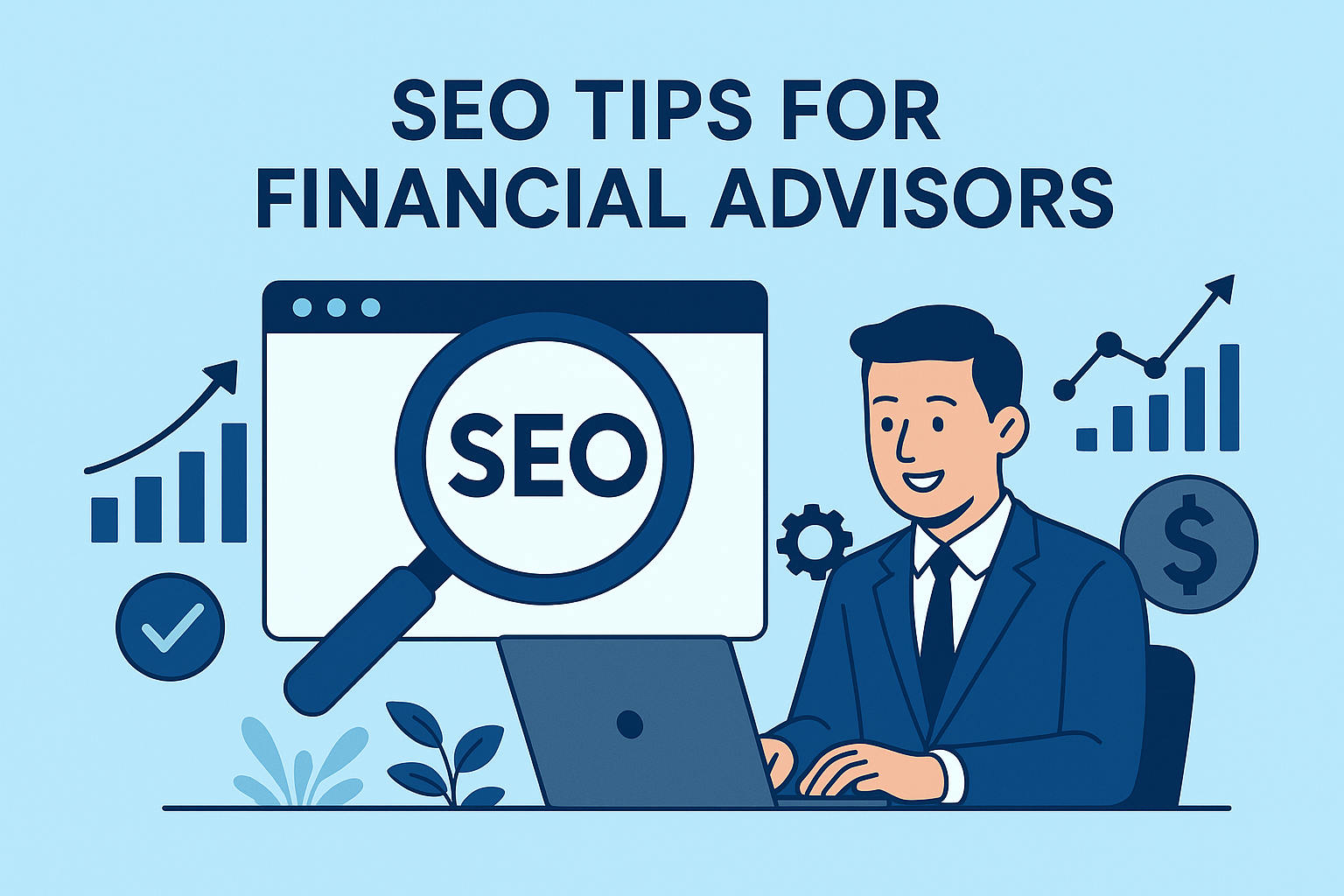
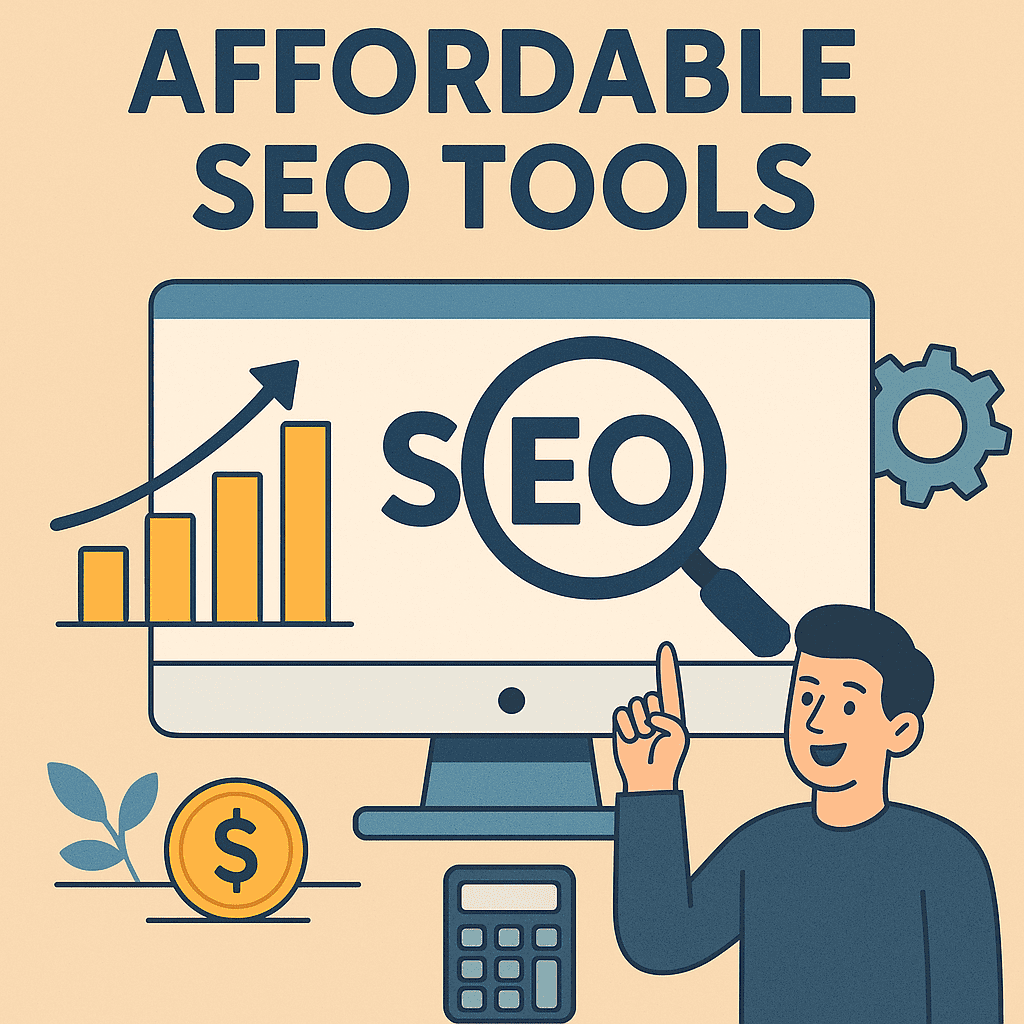
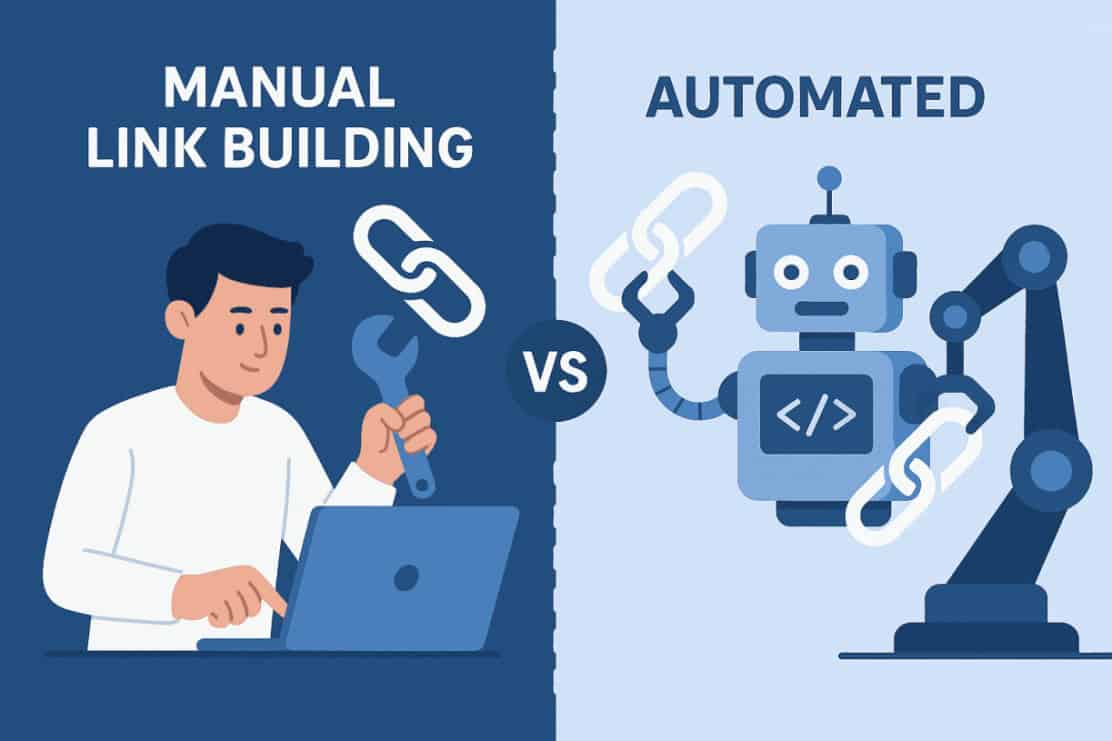

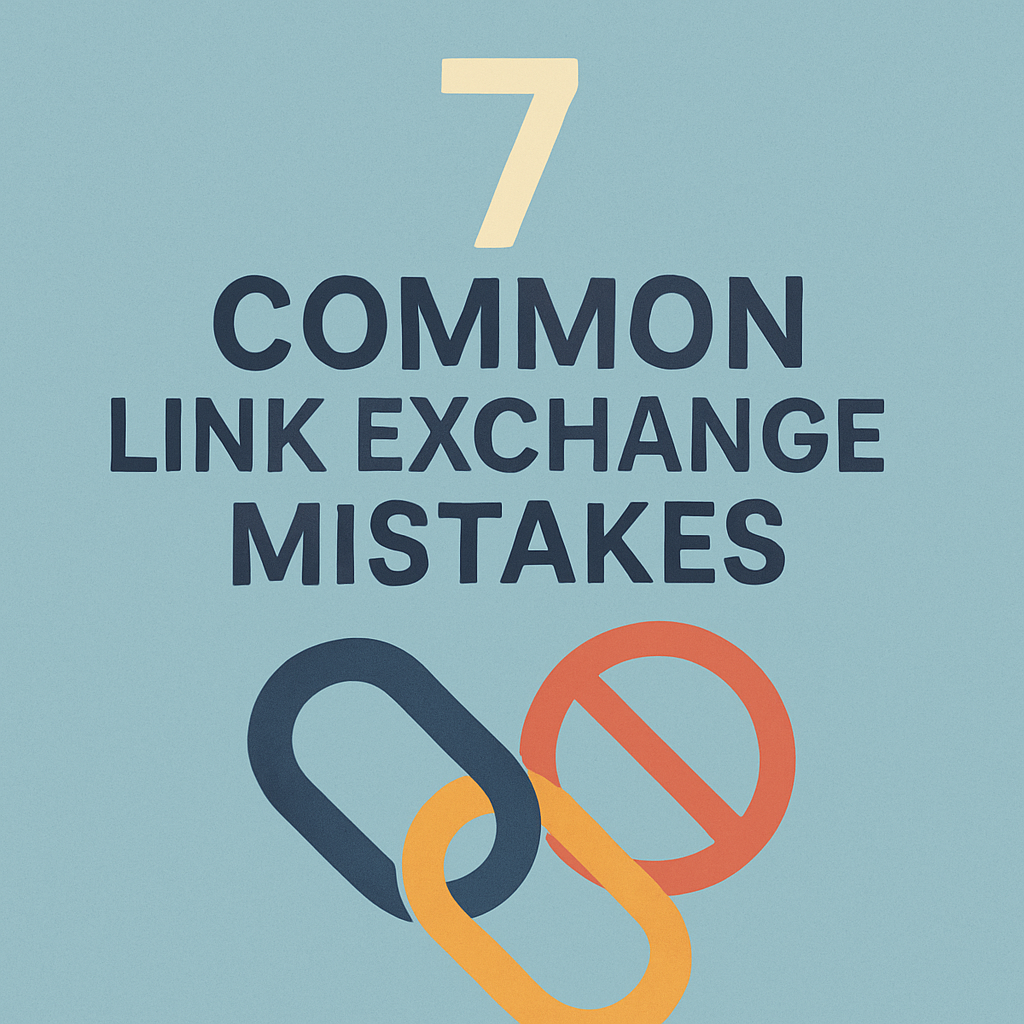
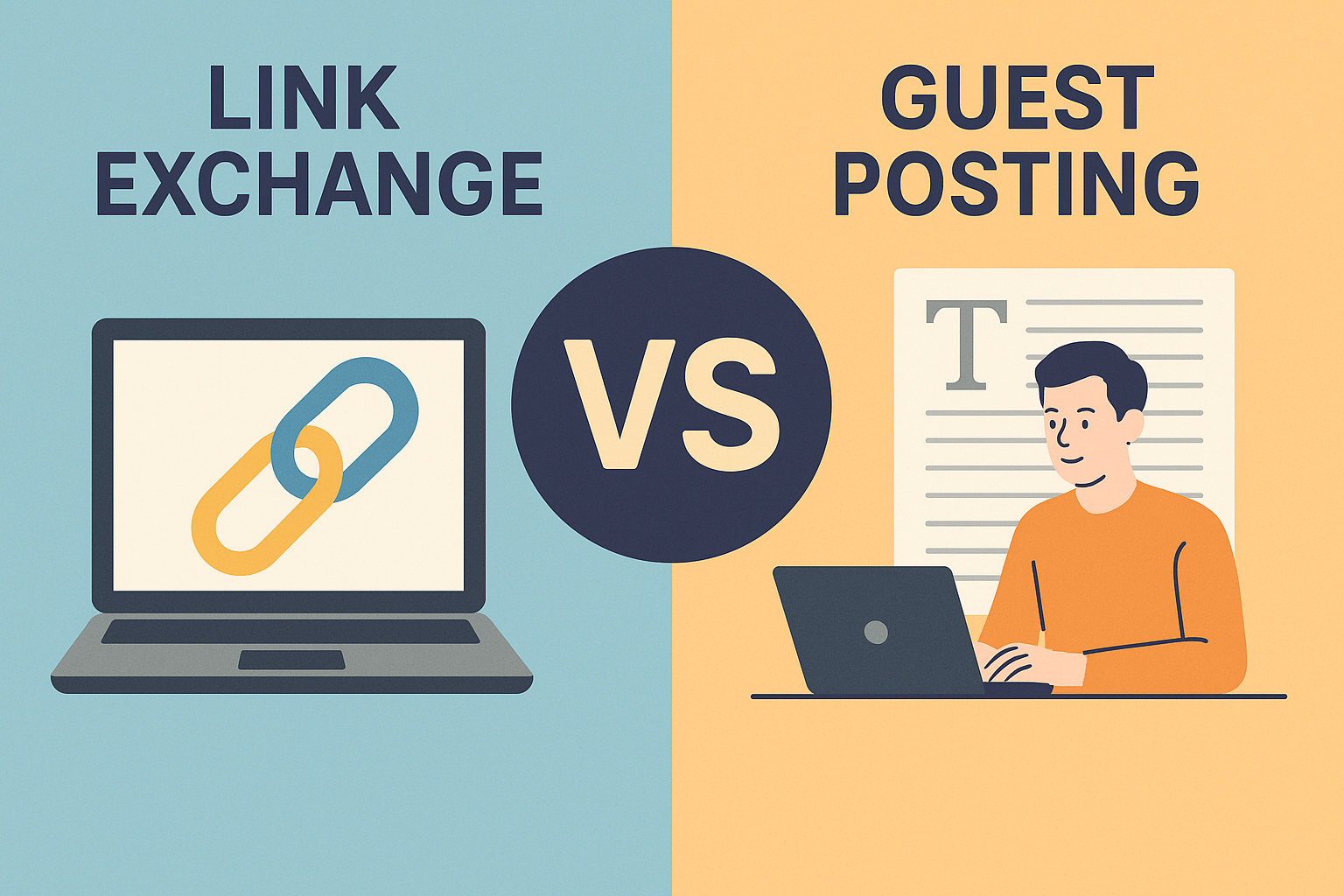
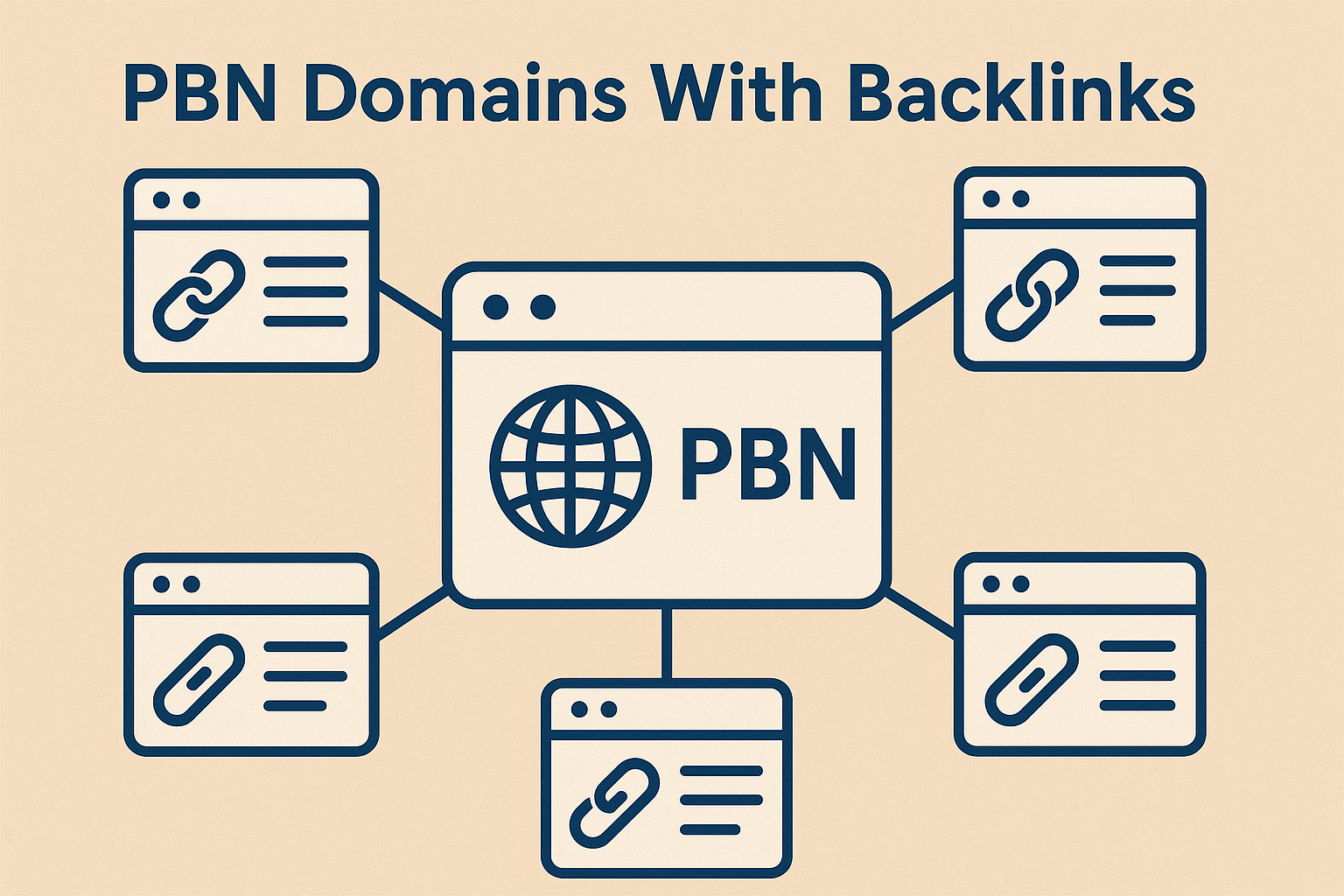
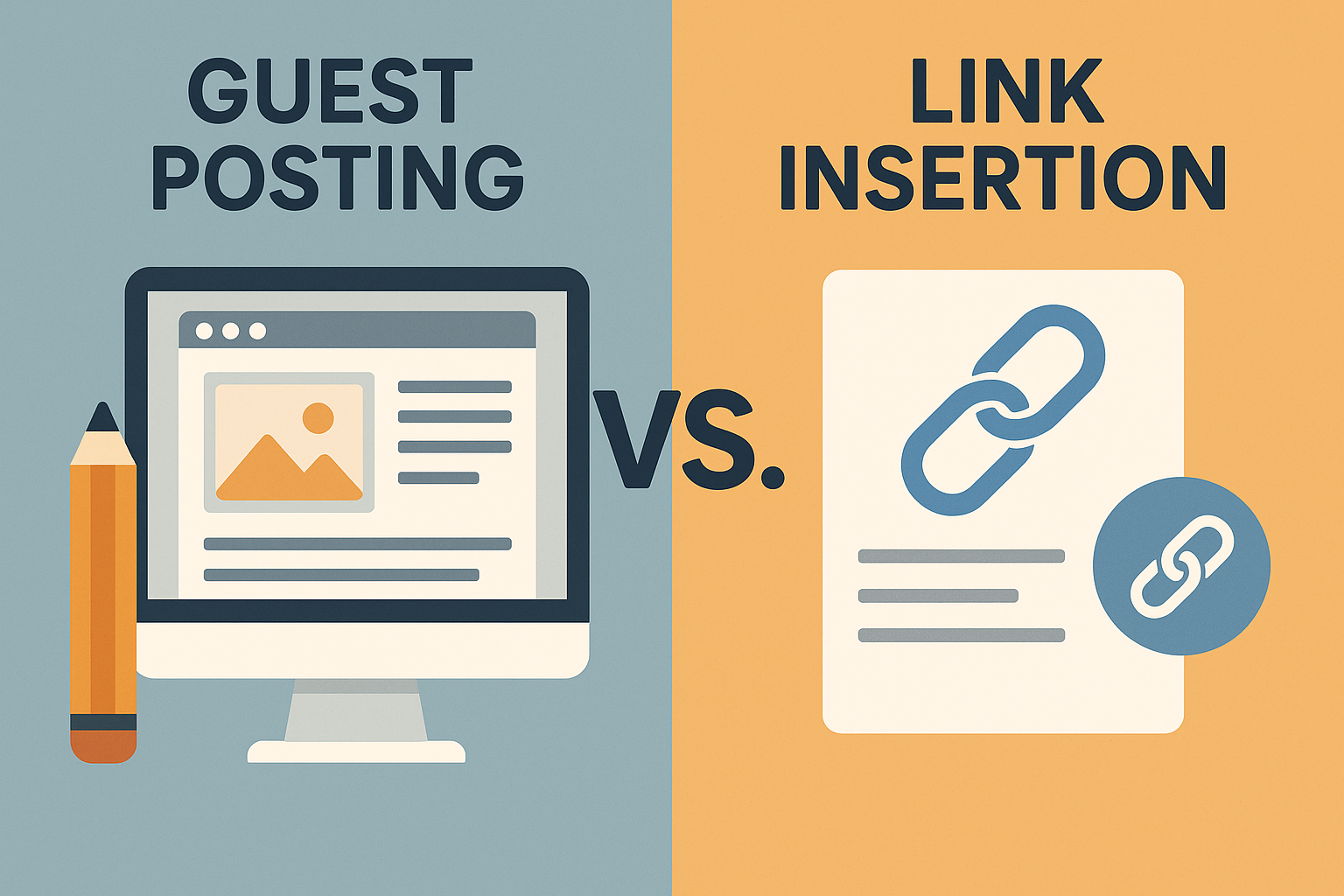
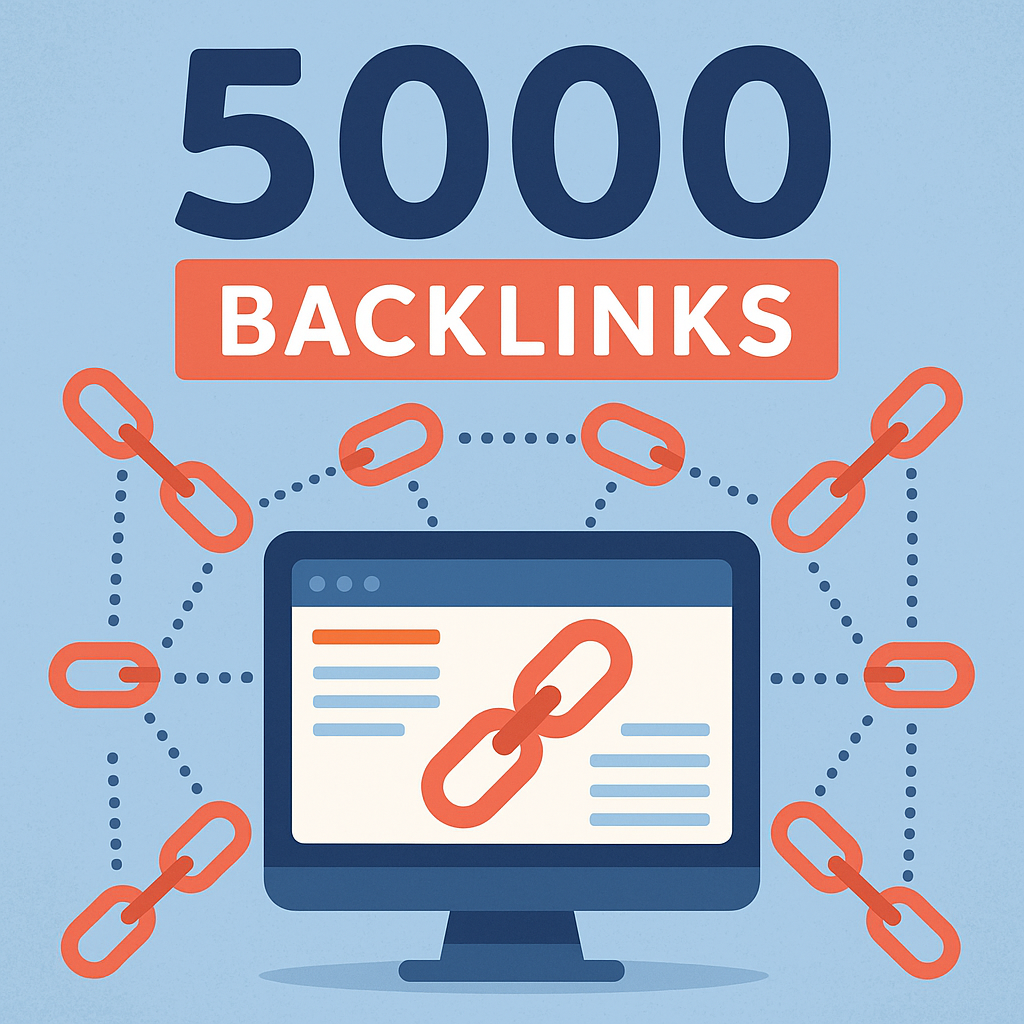
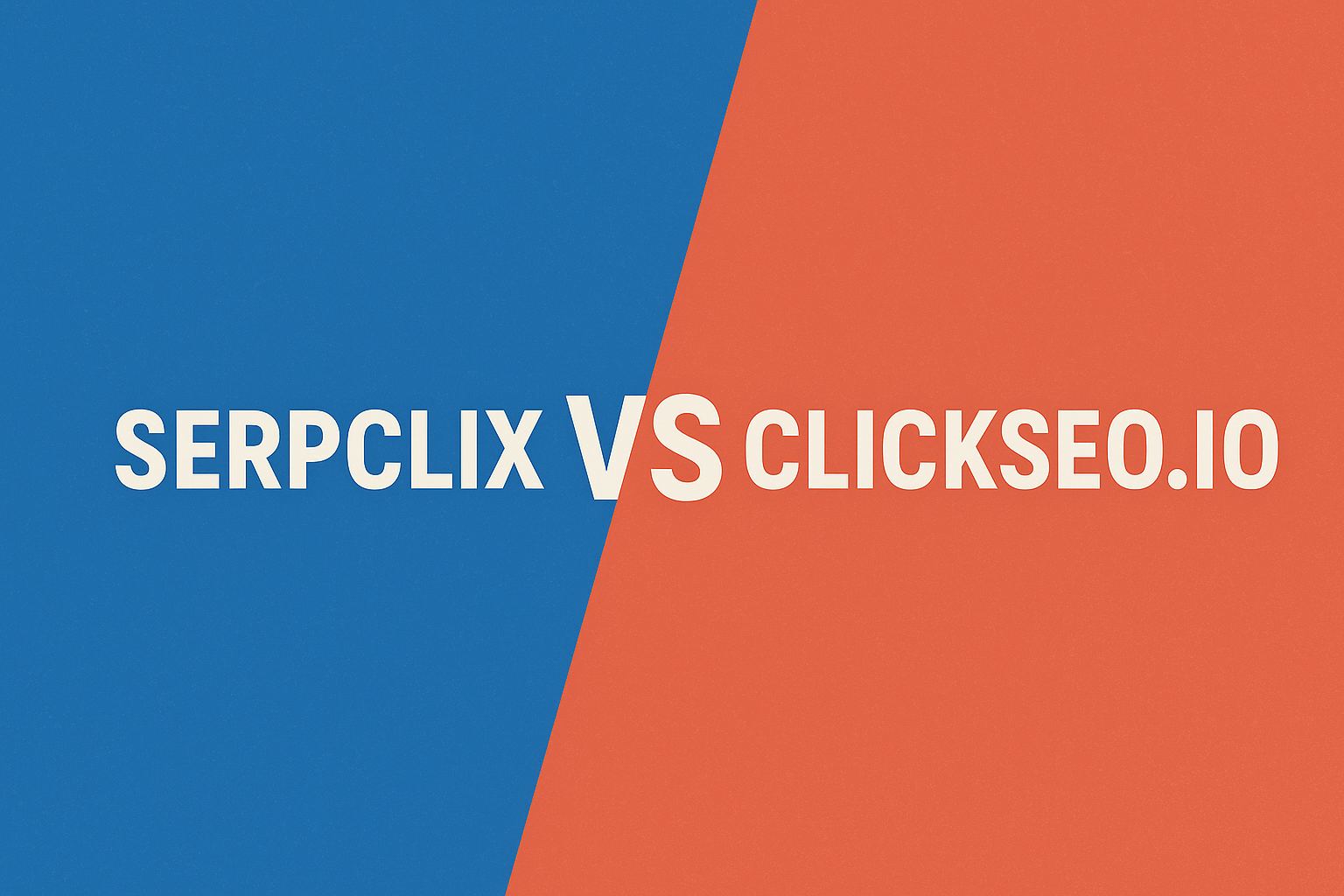
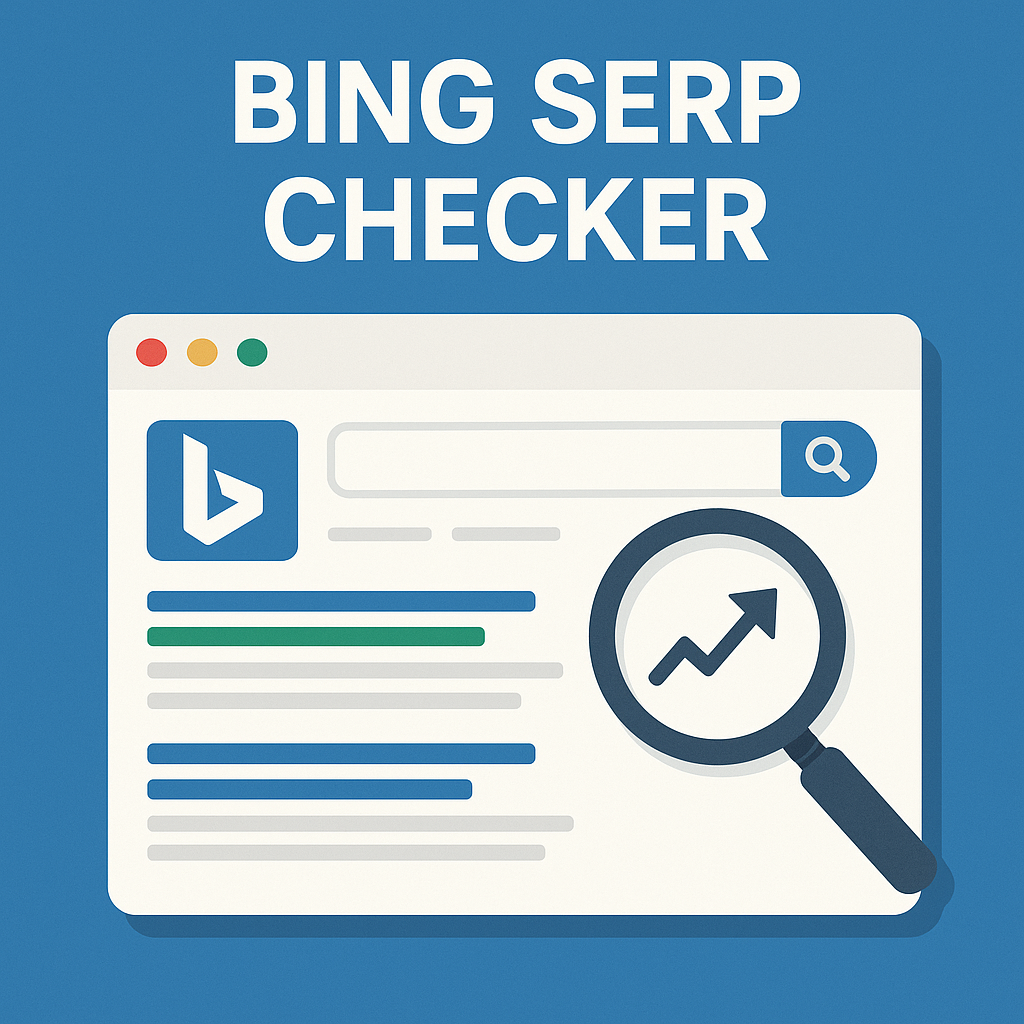
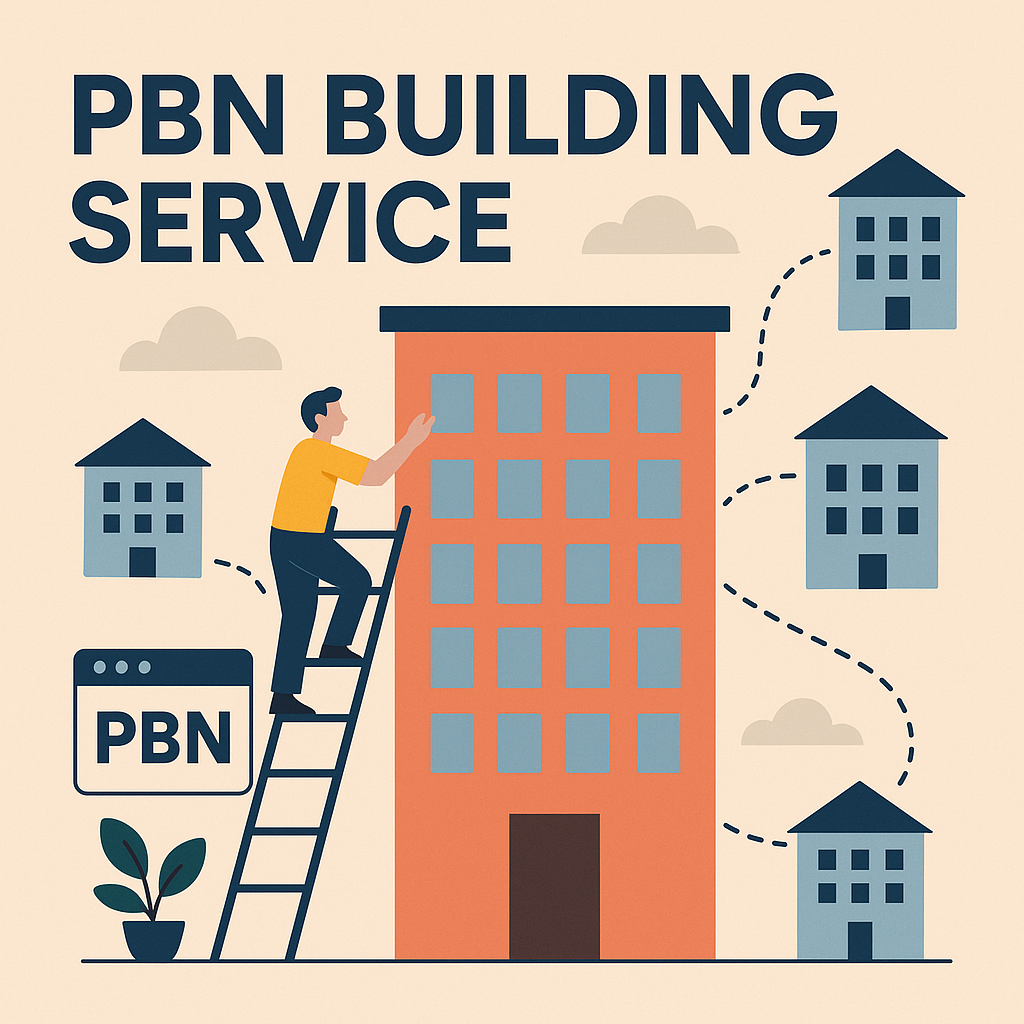
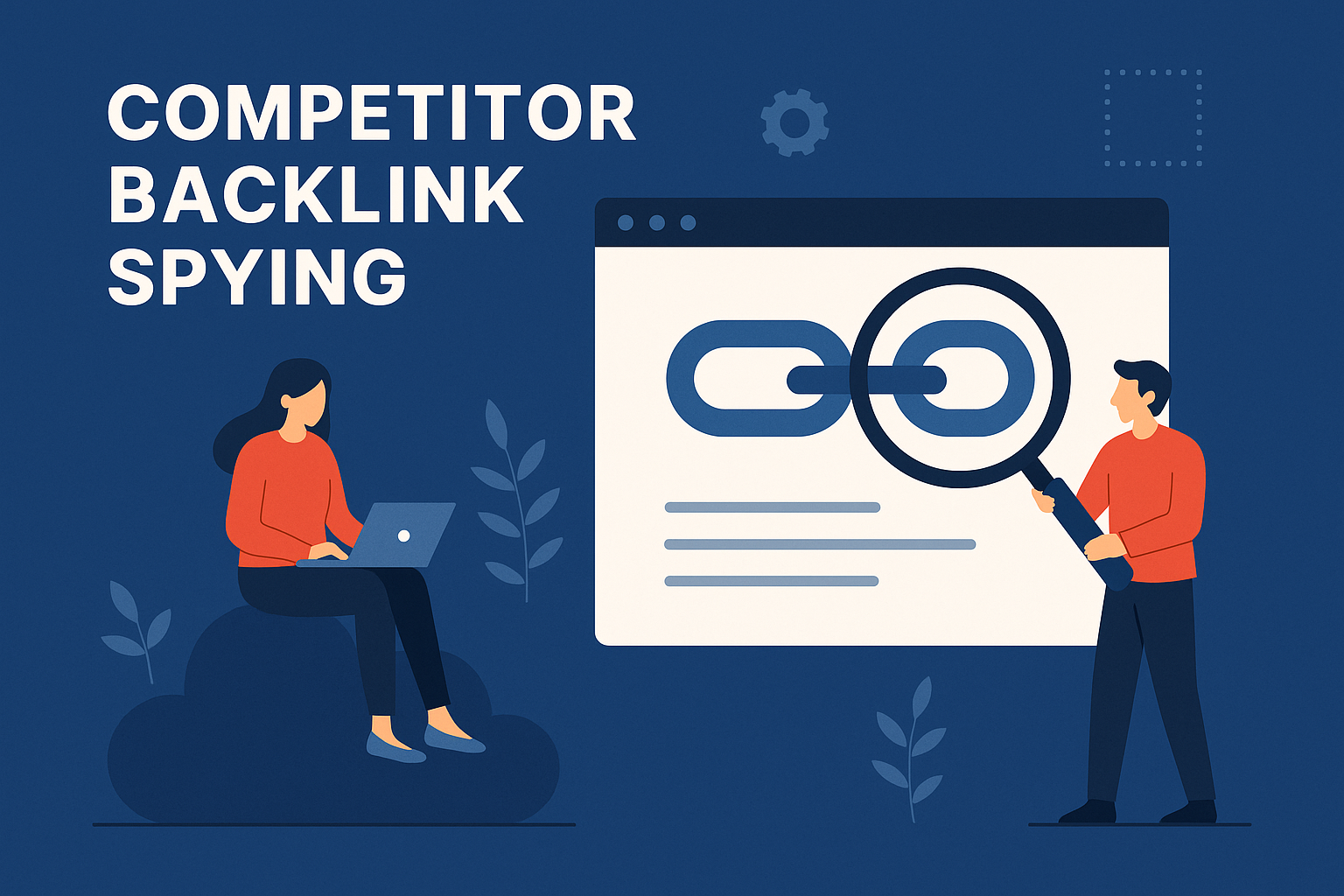
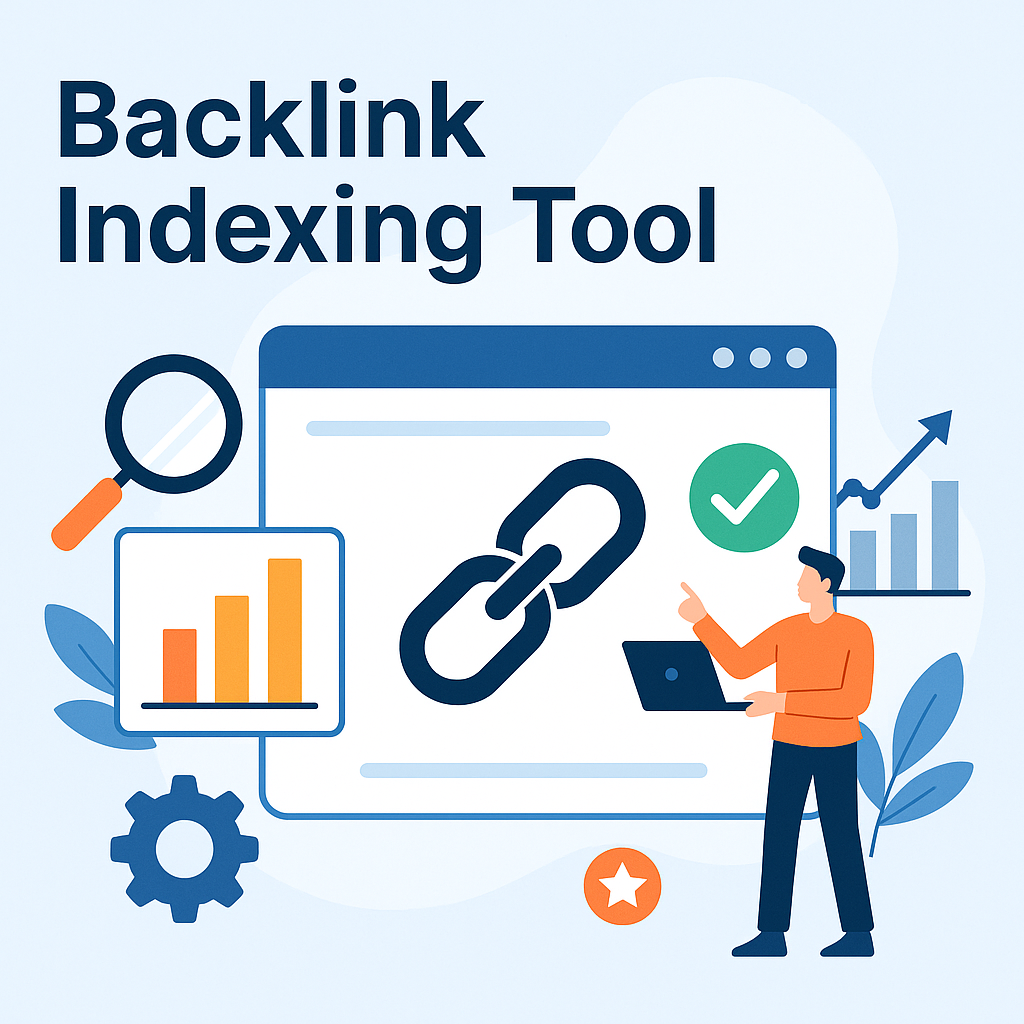
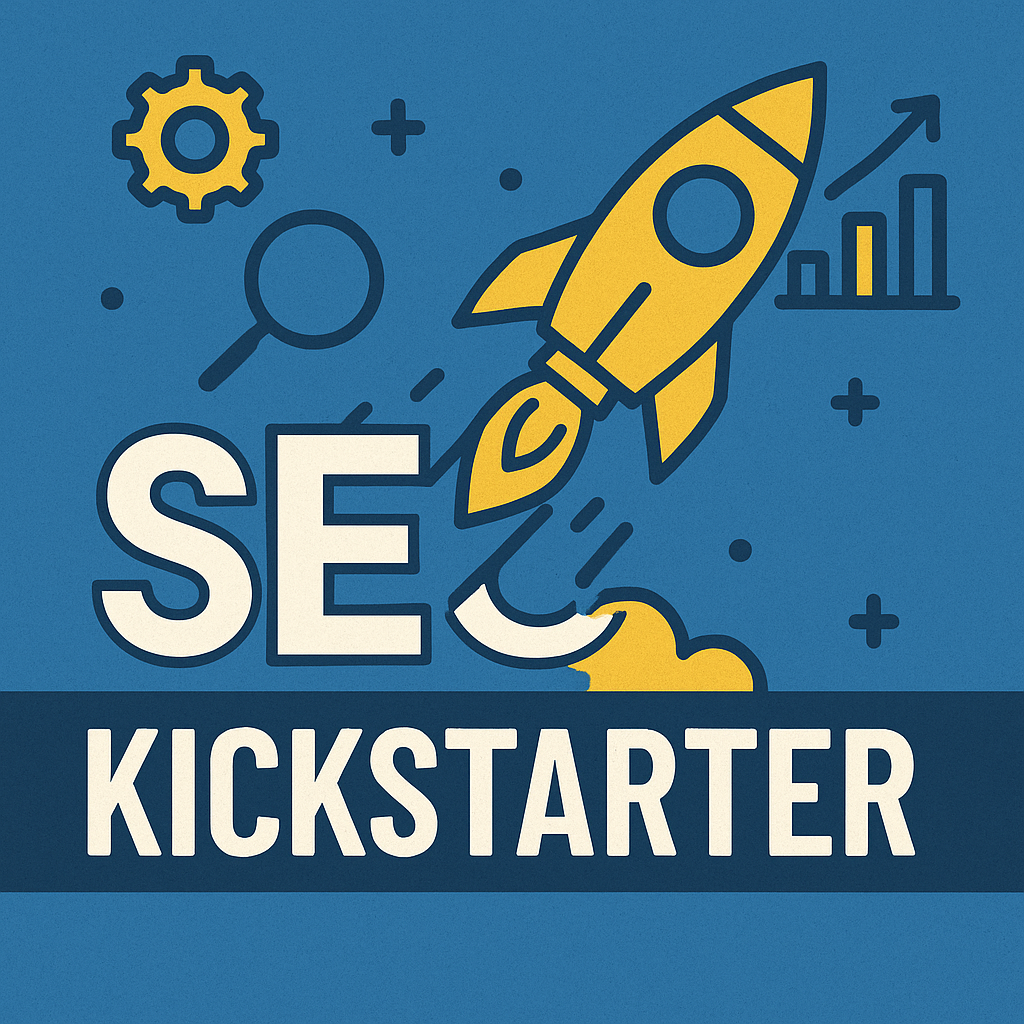
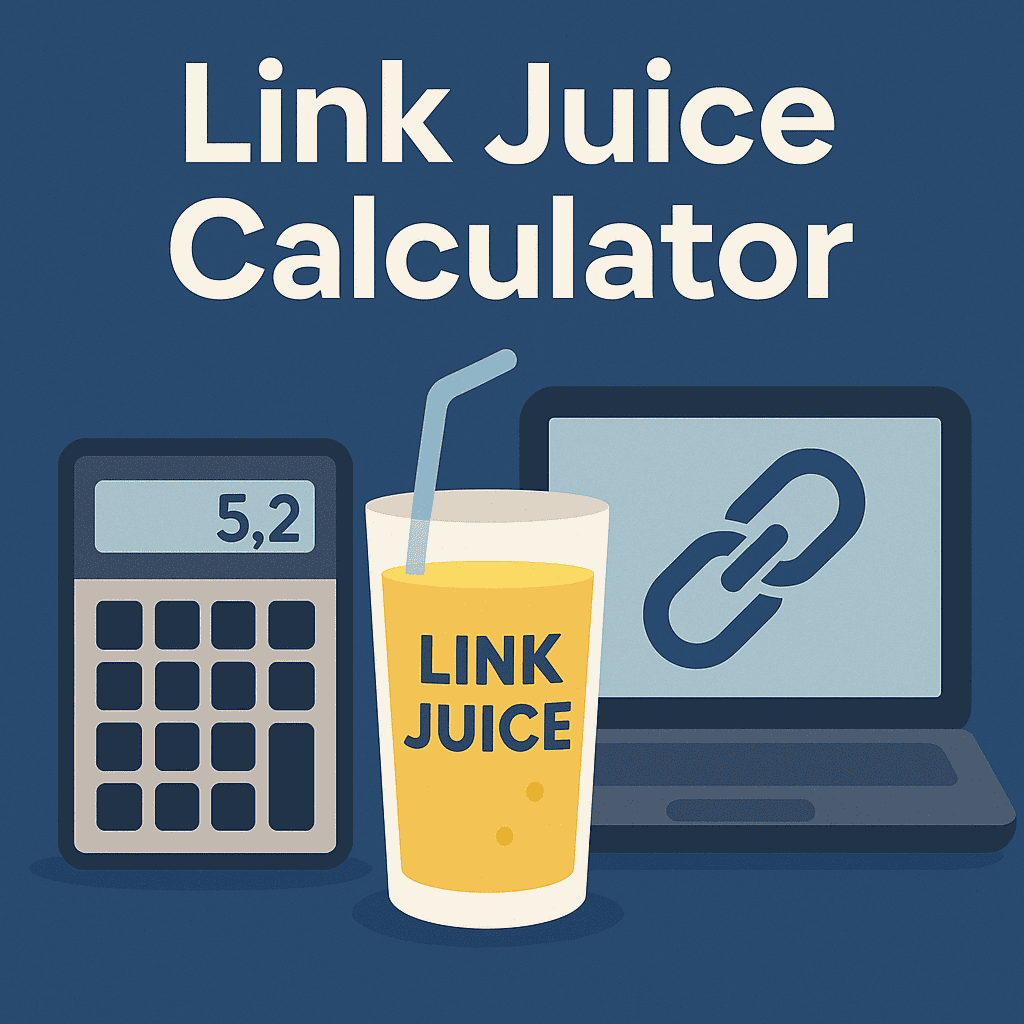
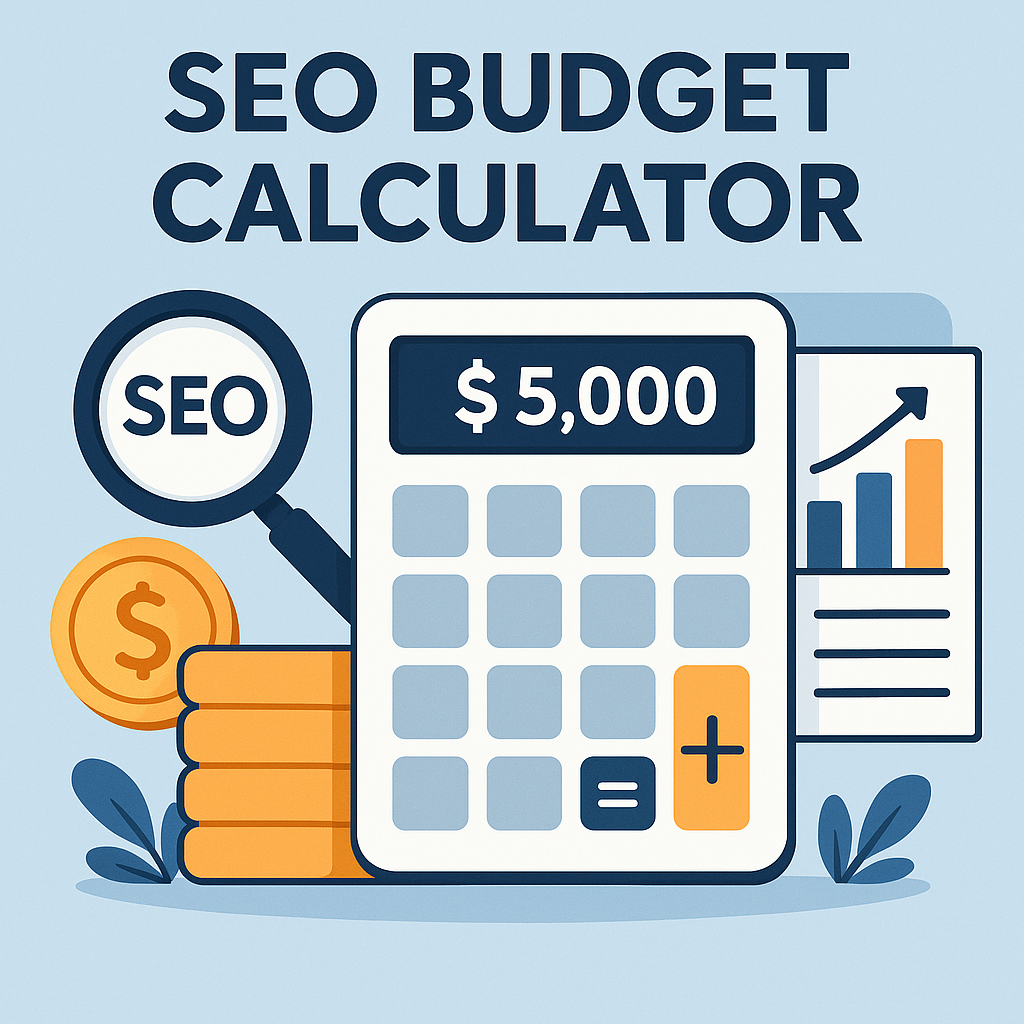
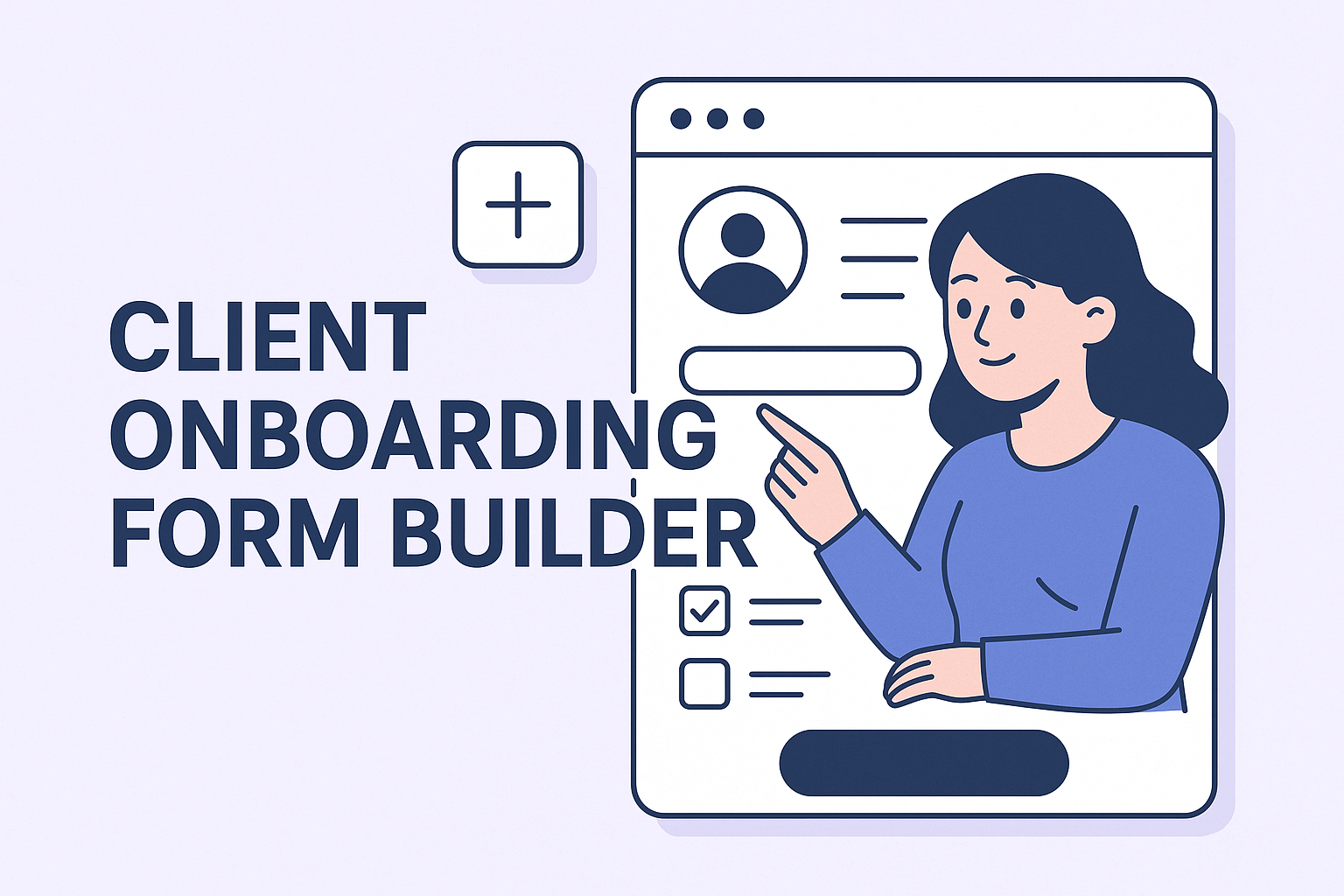
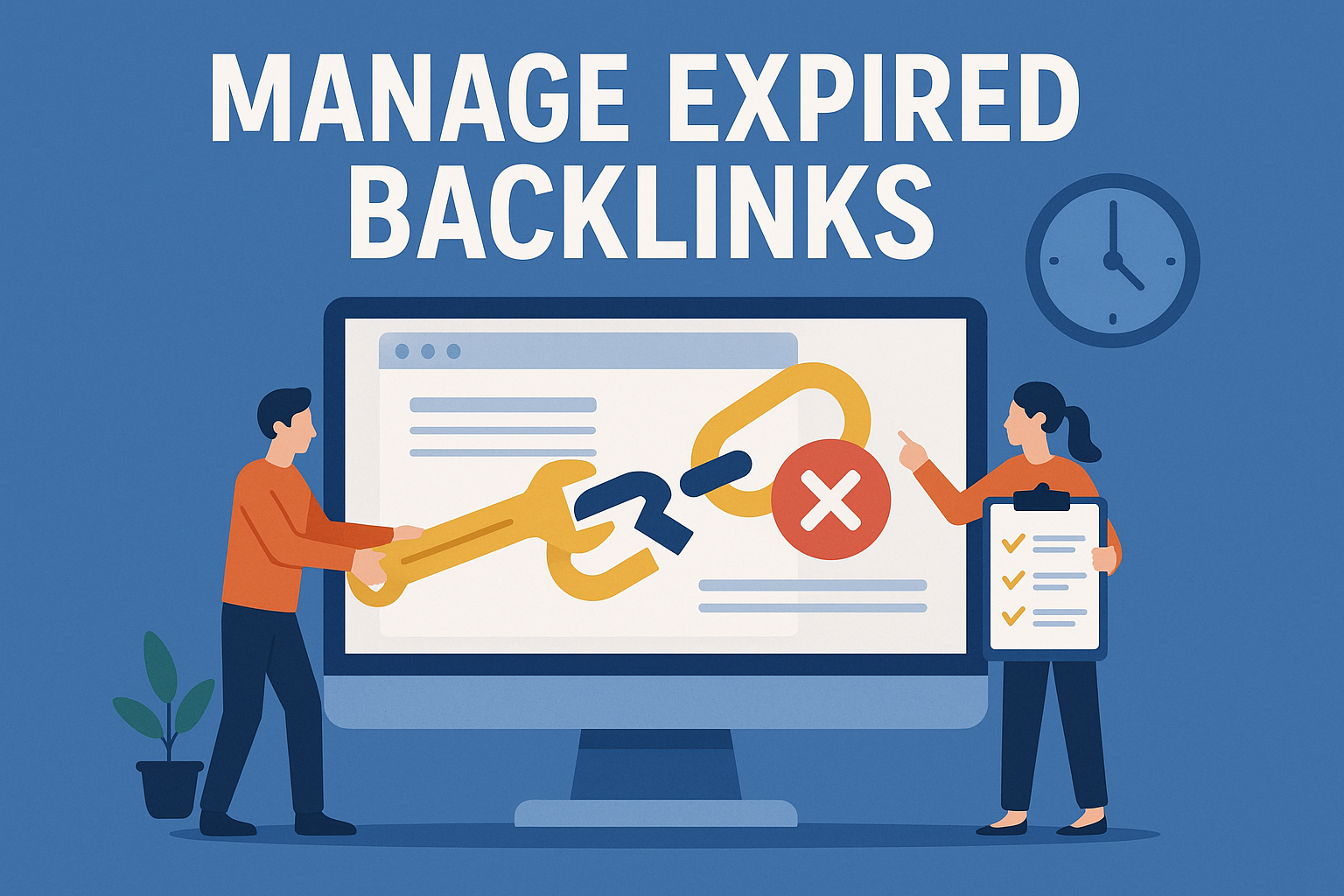
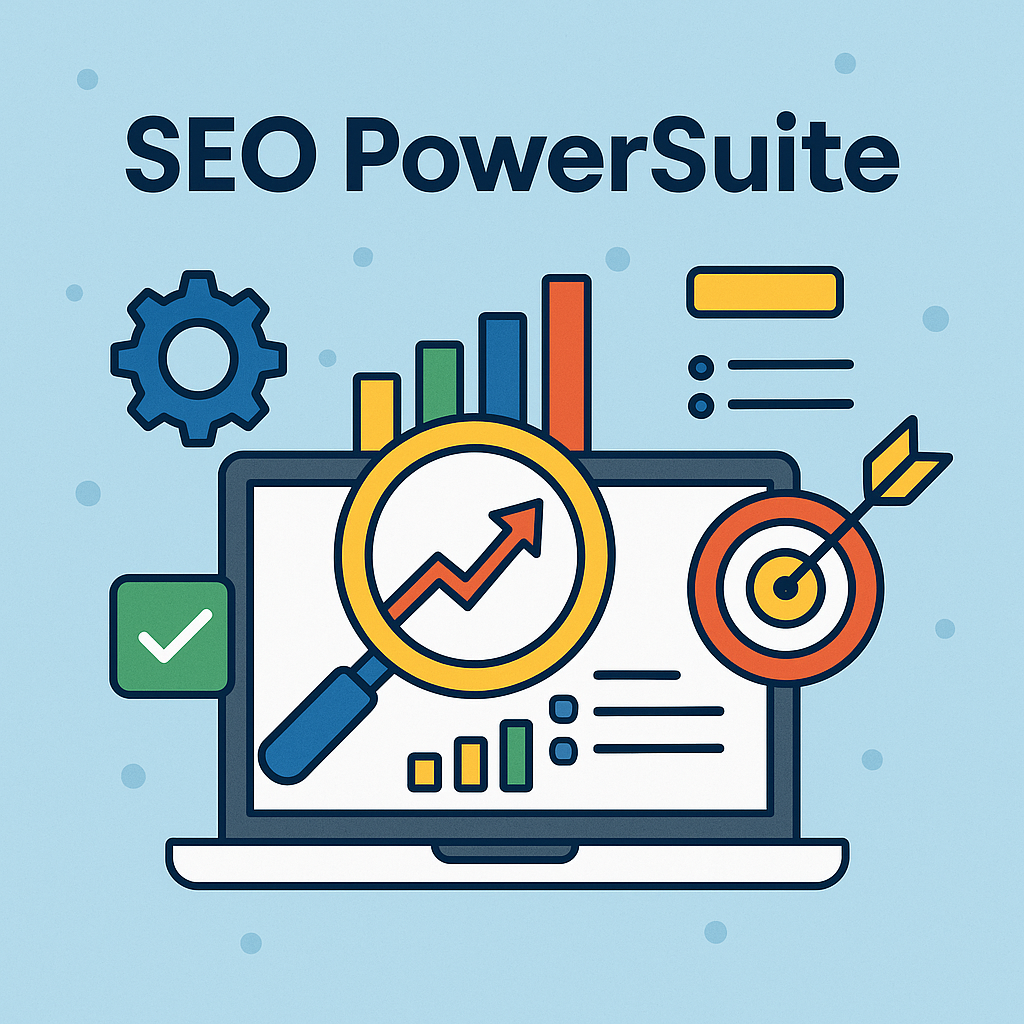
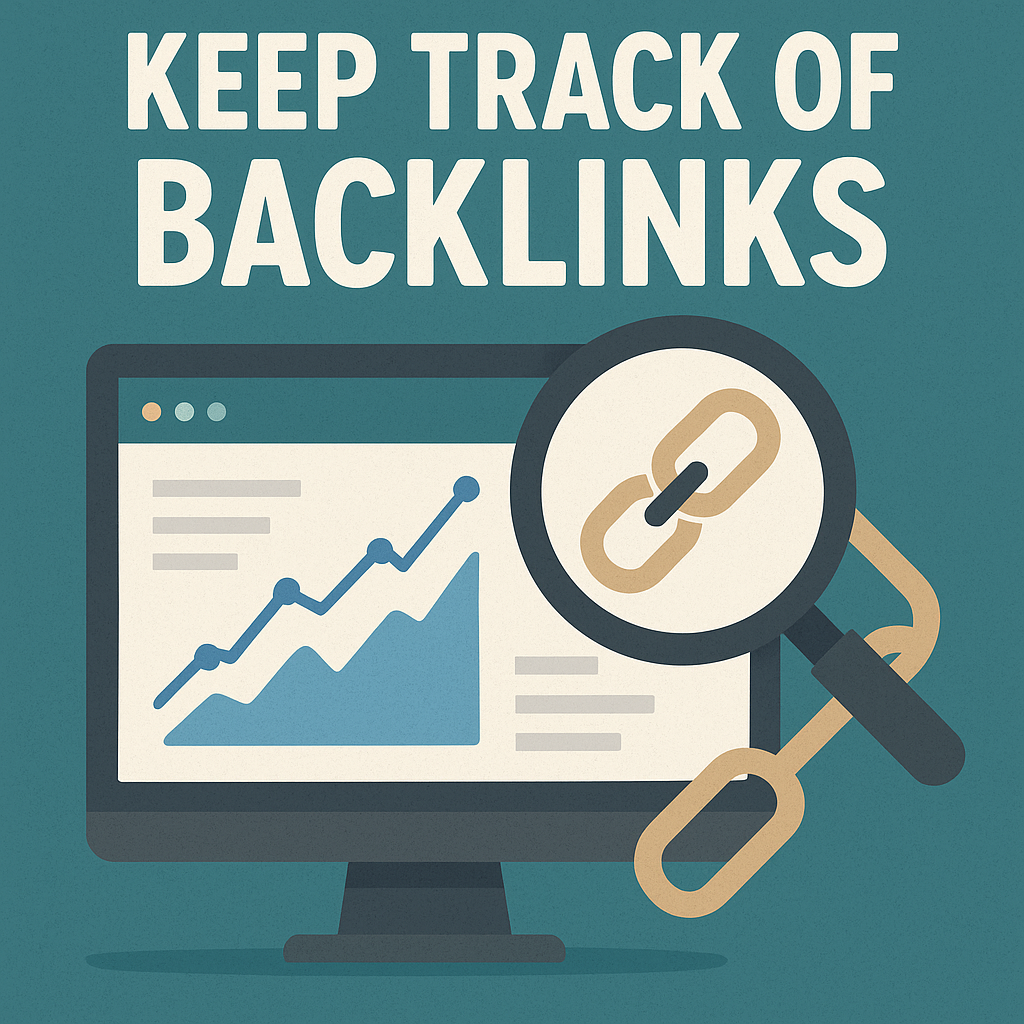
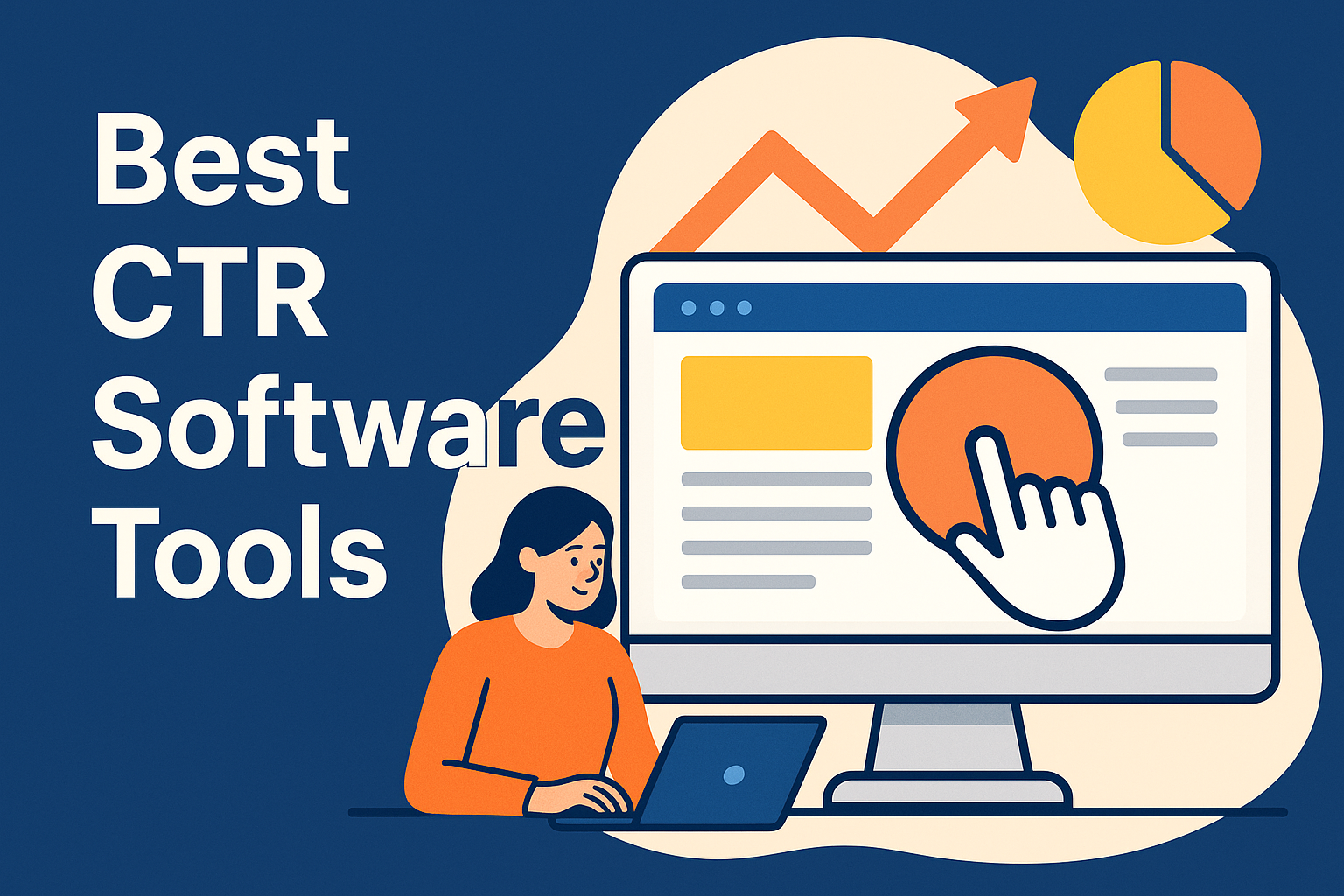
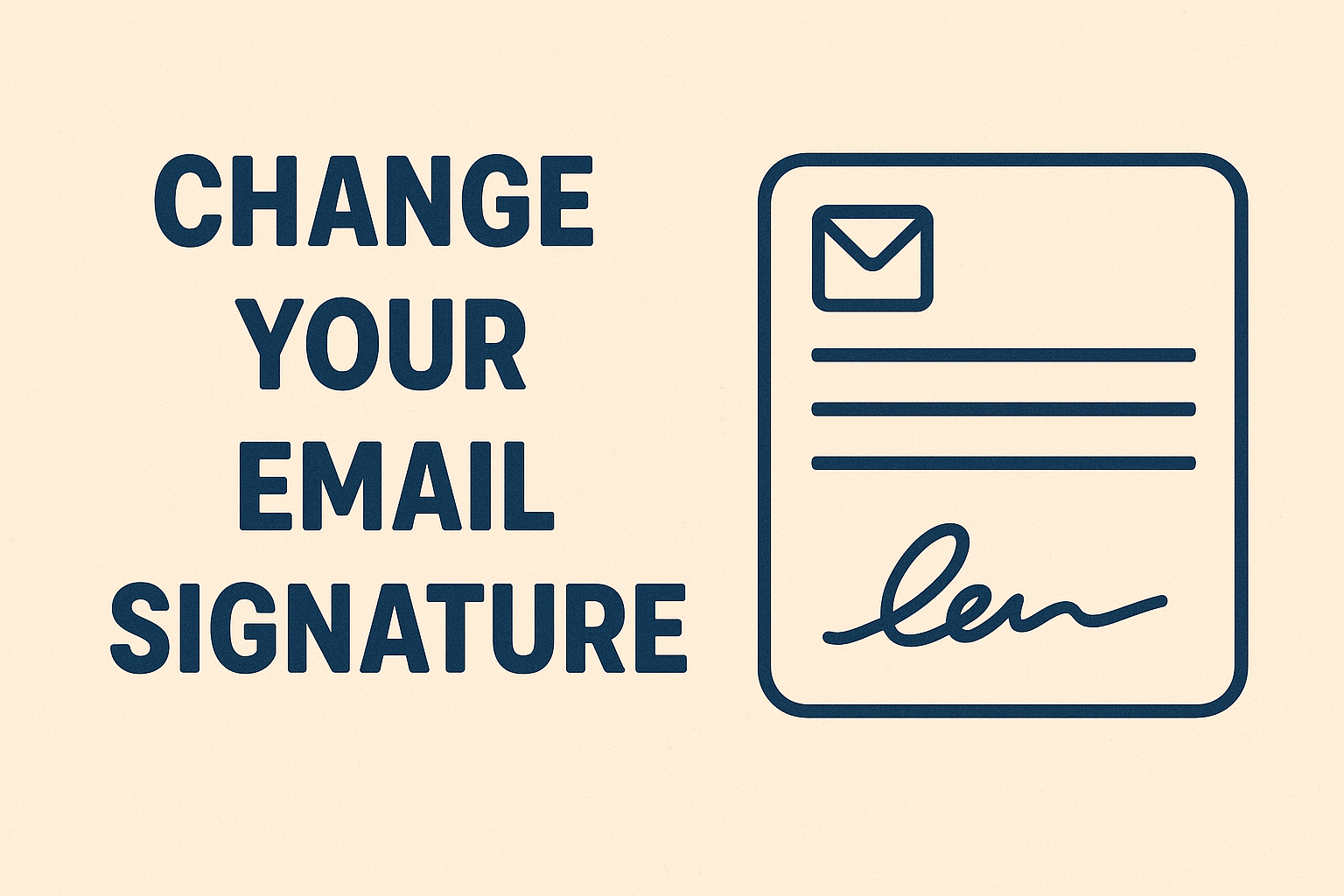
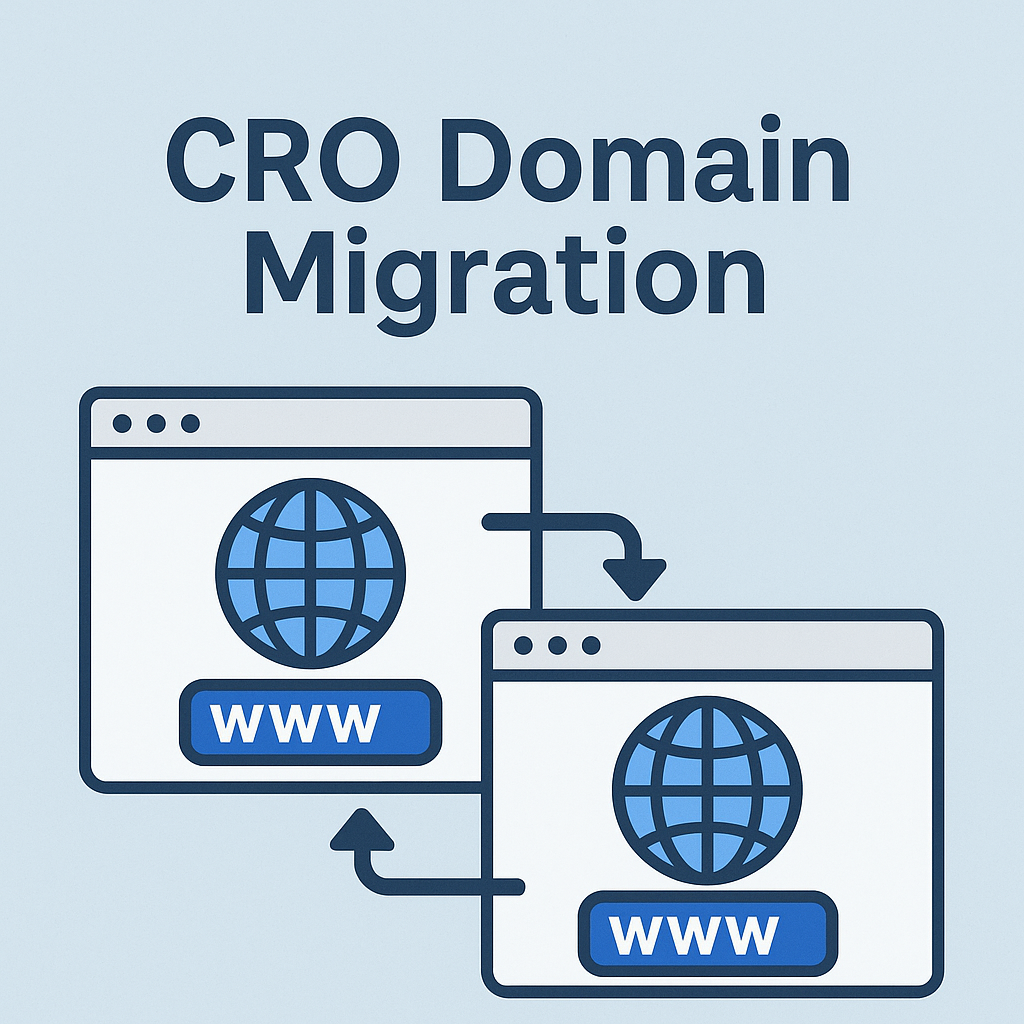
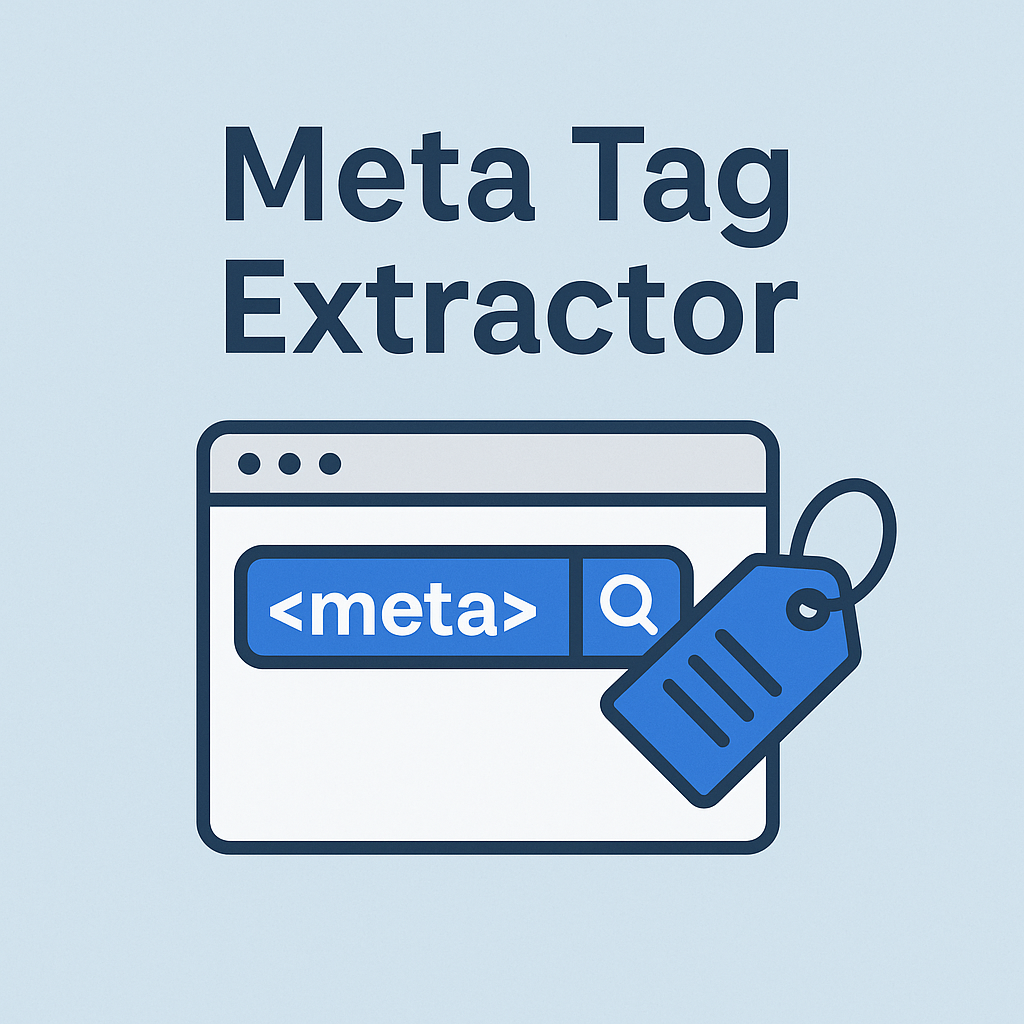
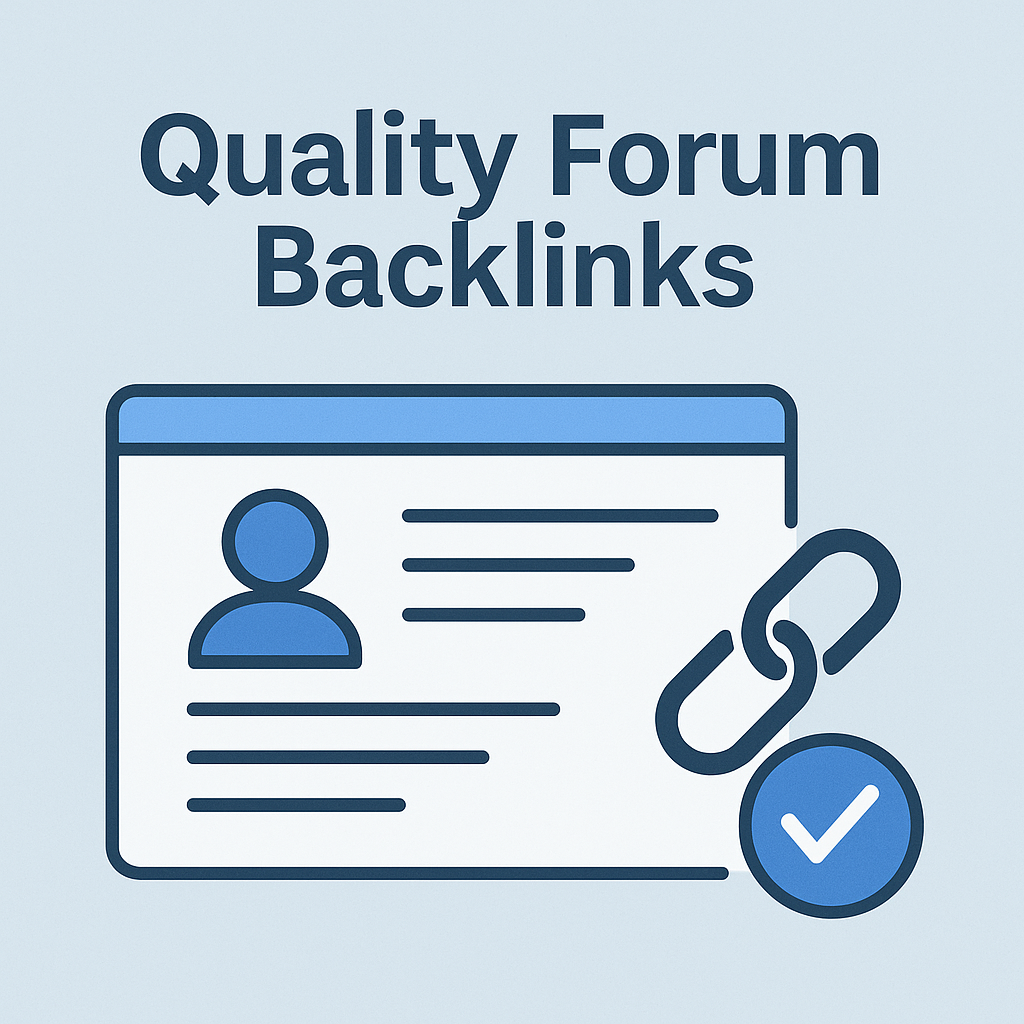
![Best Link Exchange Sites [Free & Safe] – Top 5 Picks](https://backlinkmanagement.io/wp-content/uploads/2025/04/Free-Link-Exchange.png)
